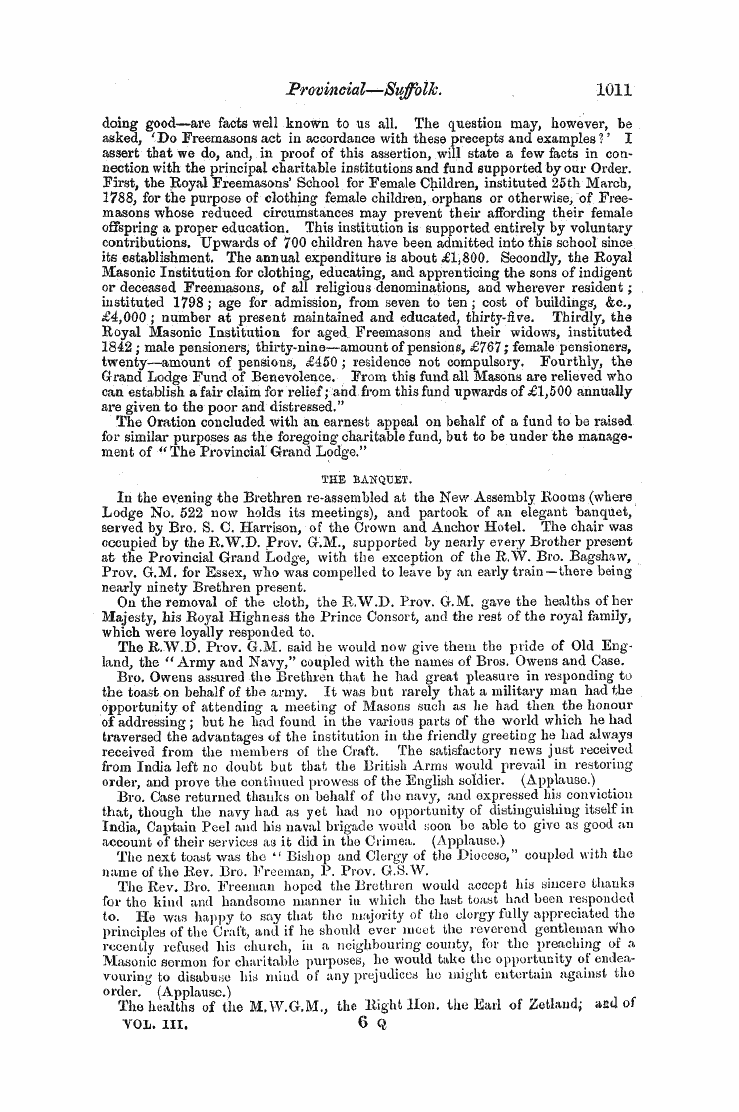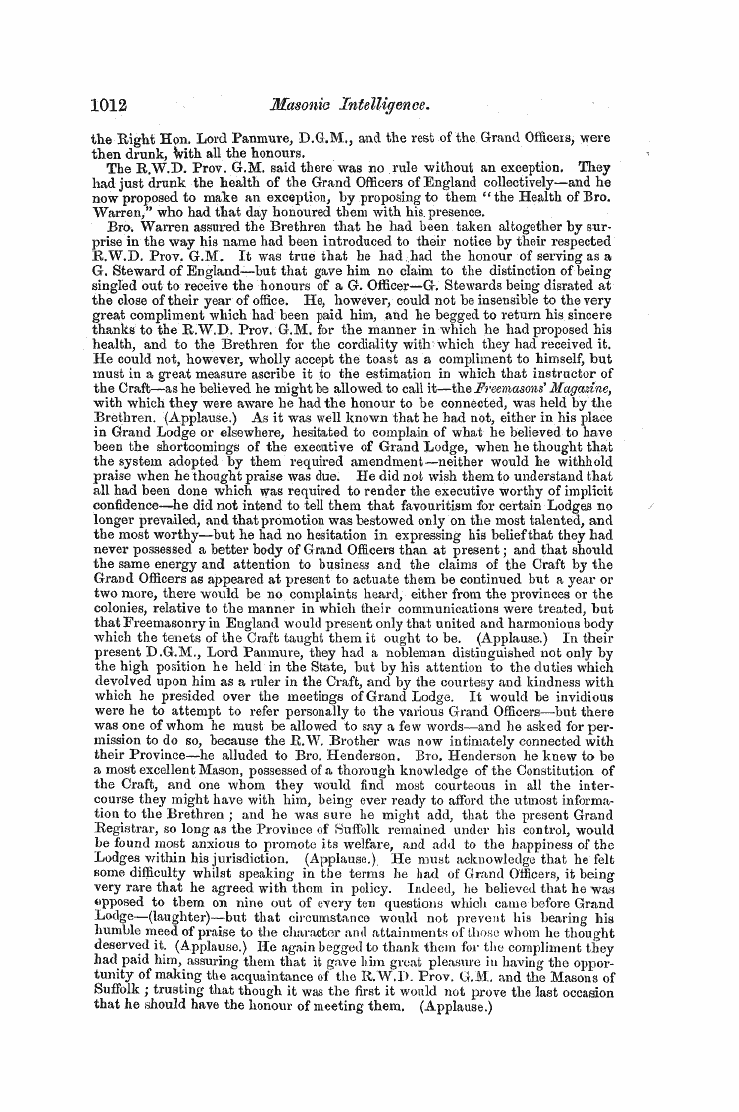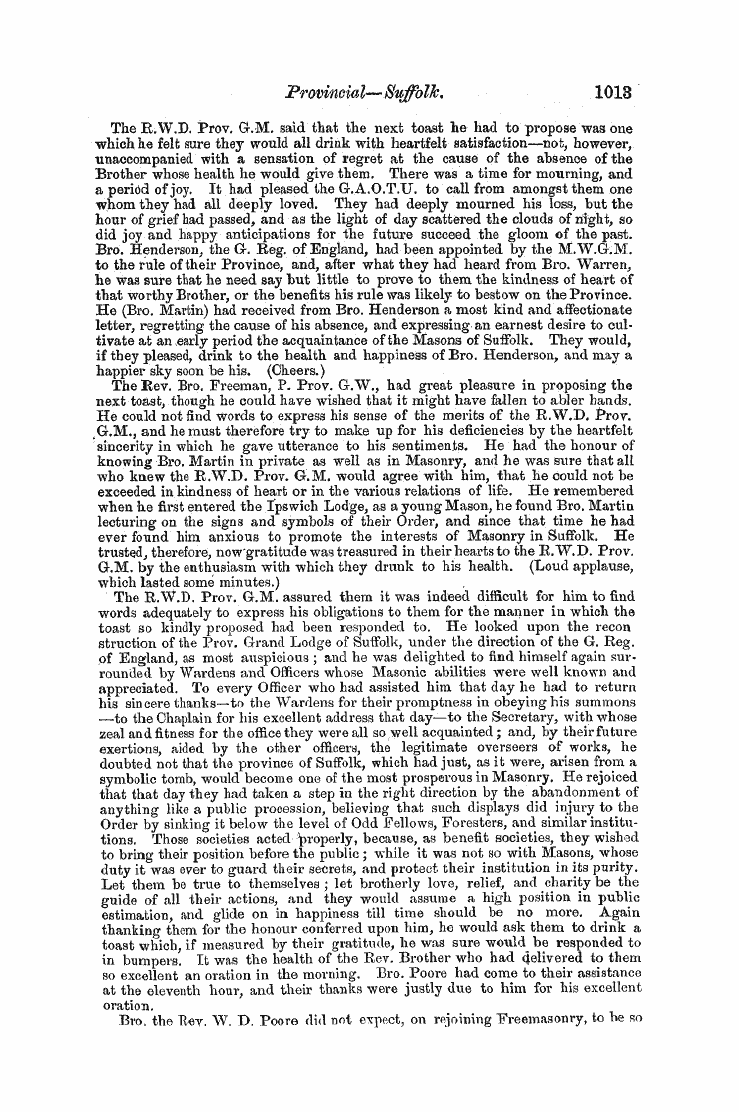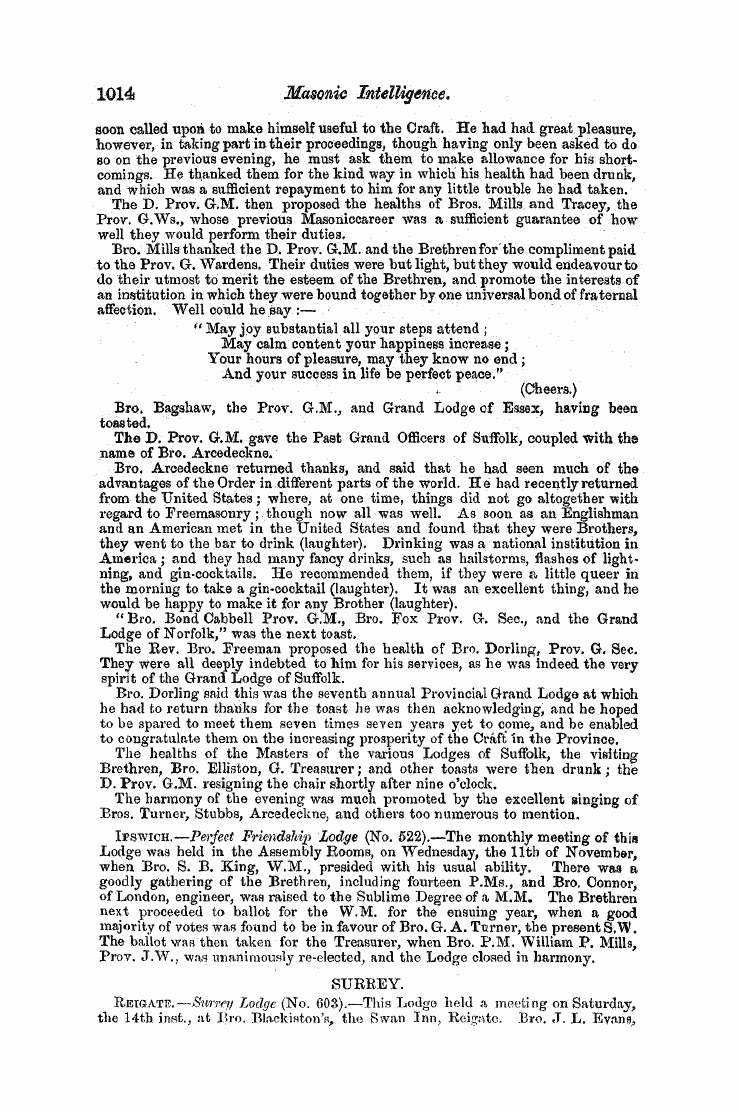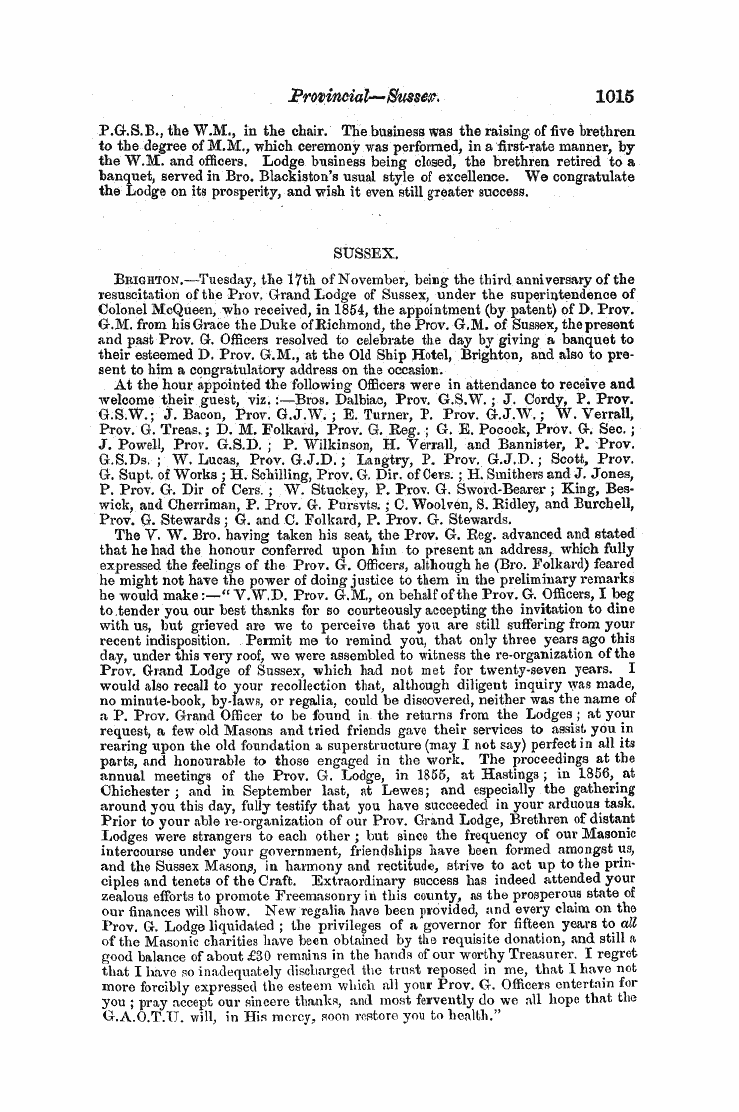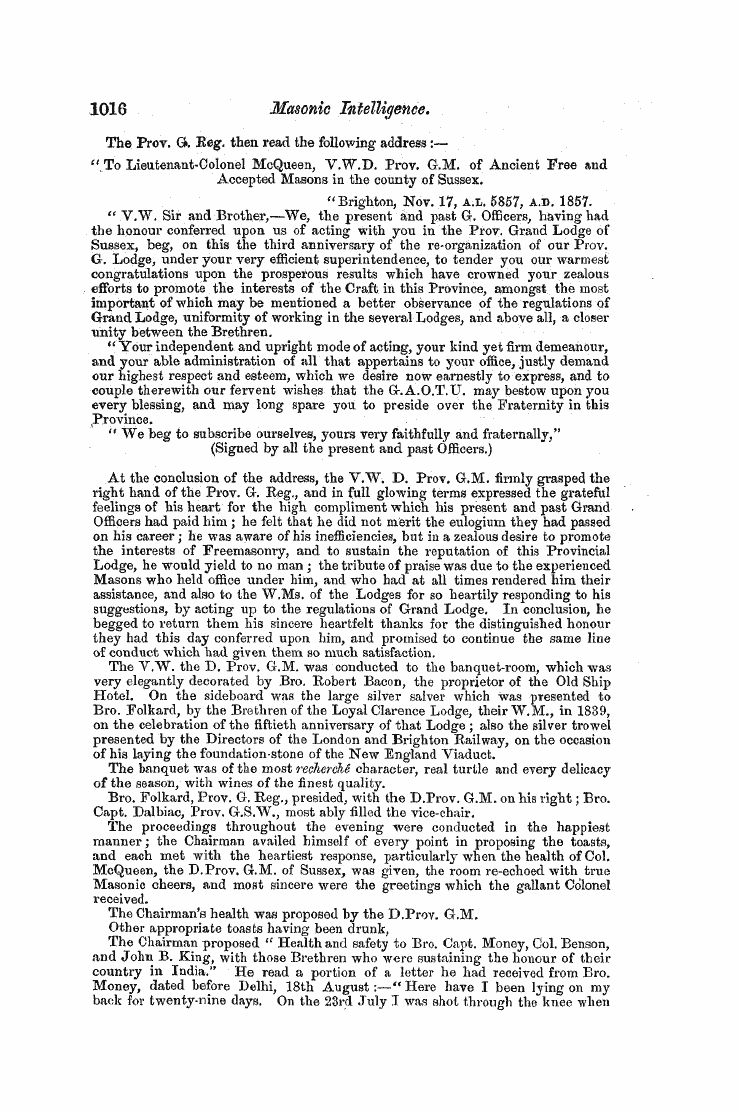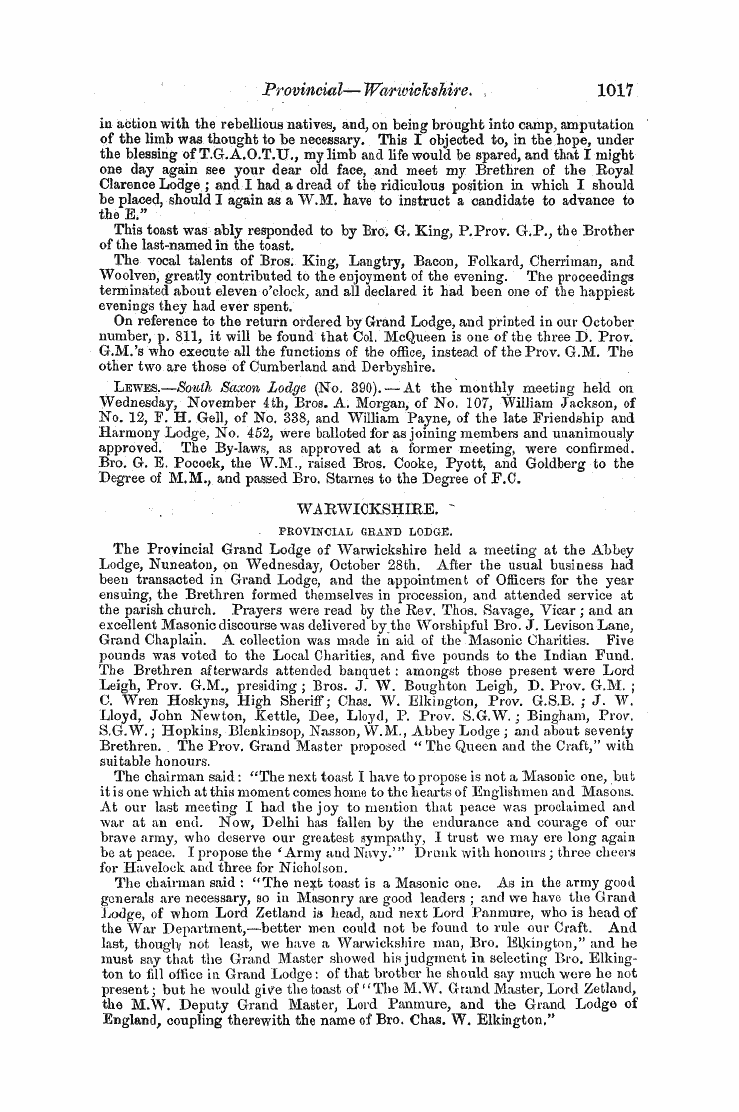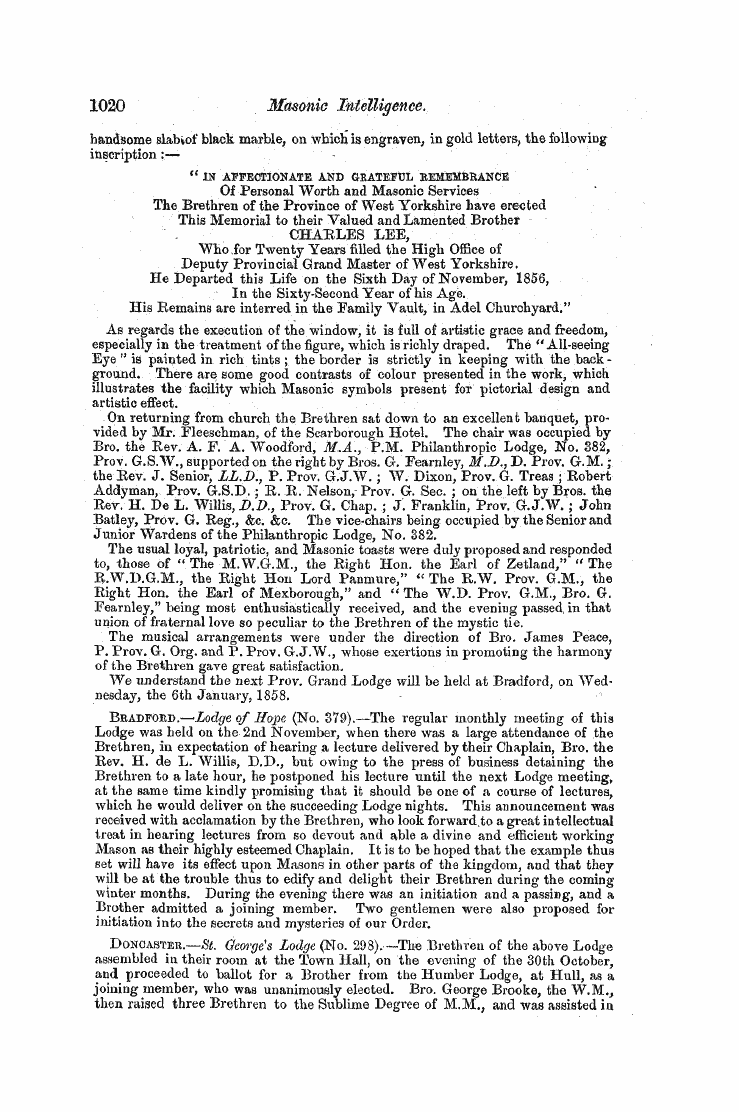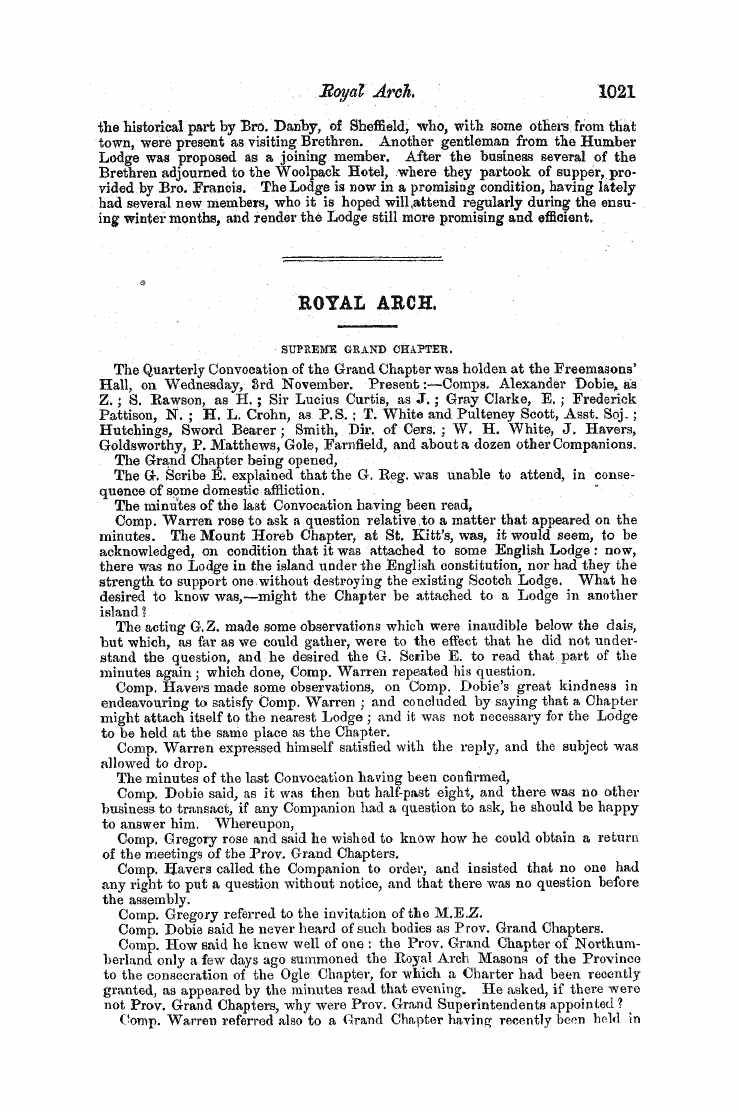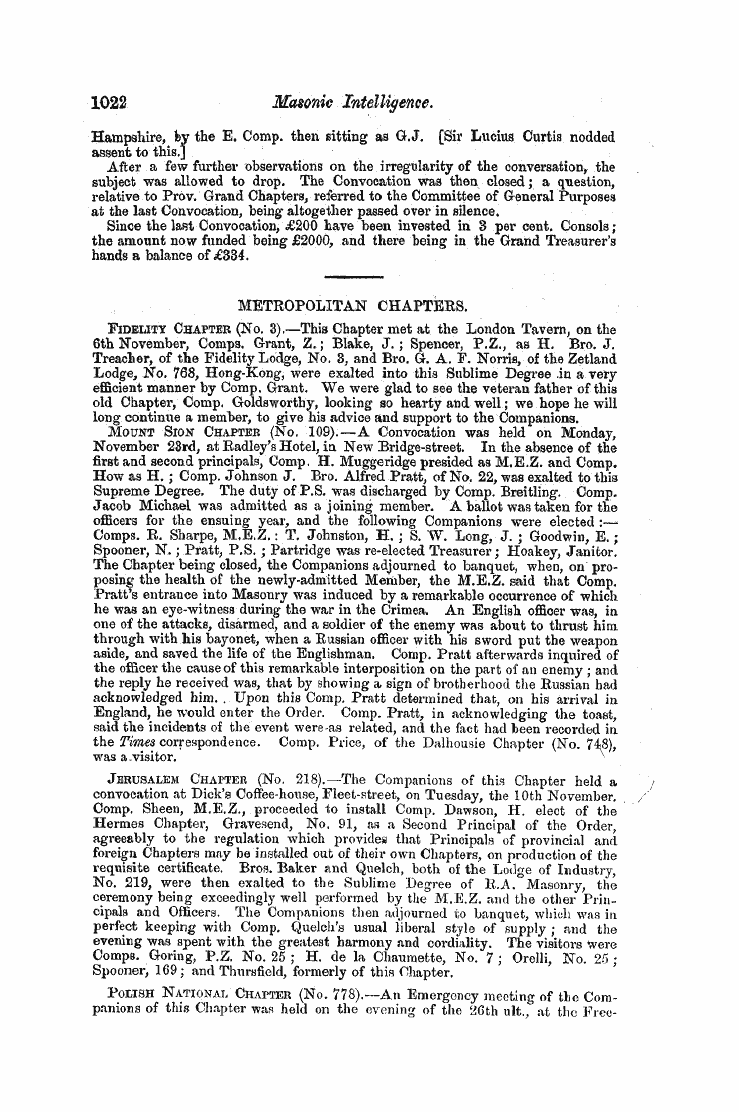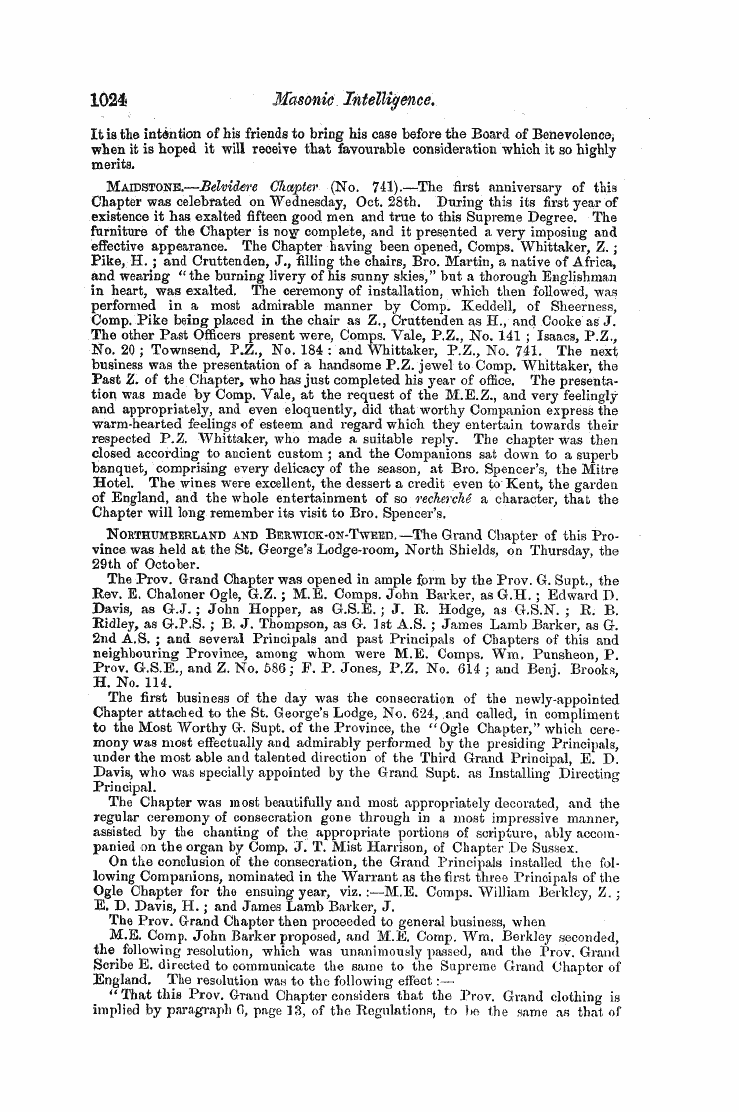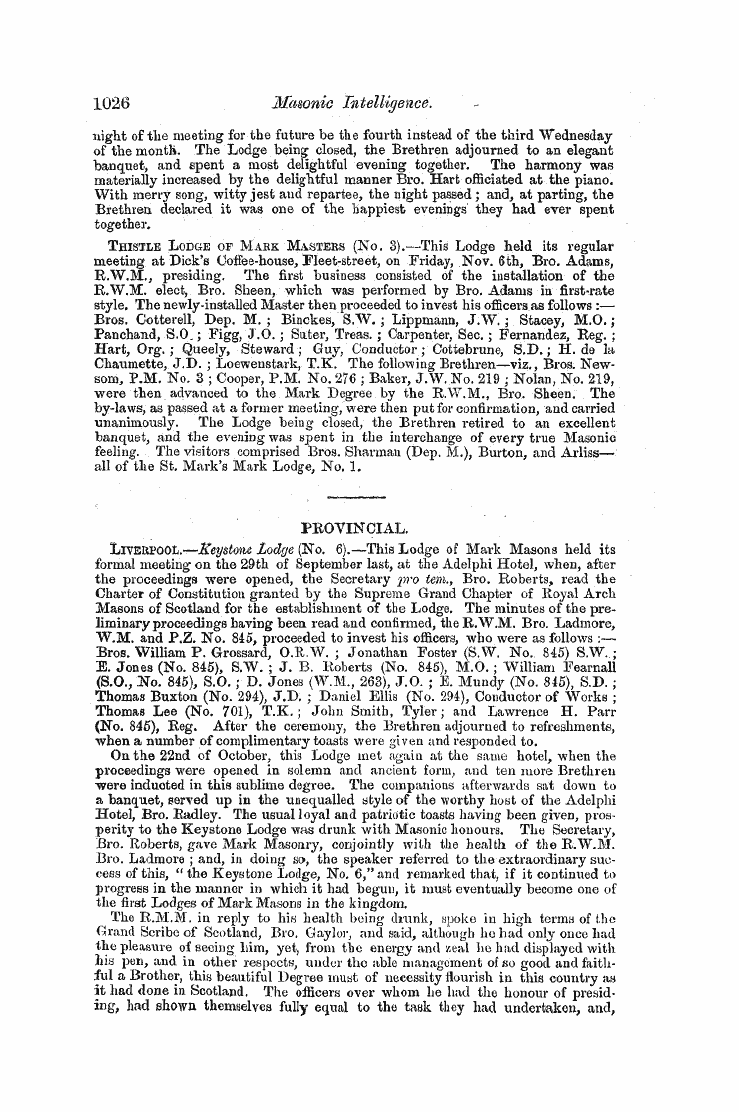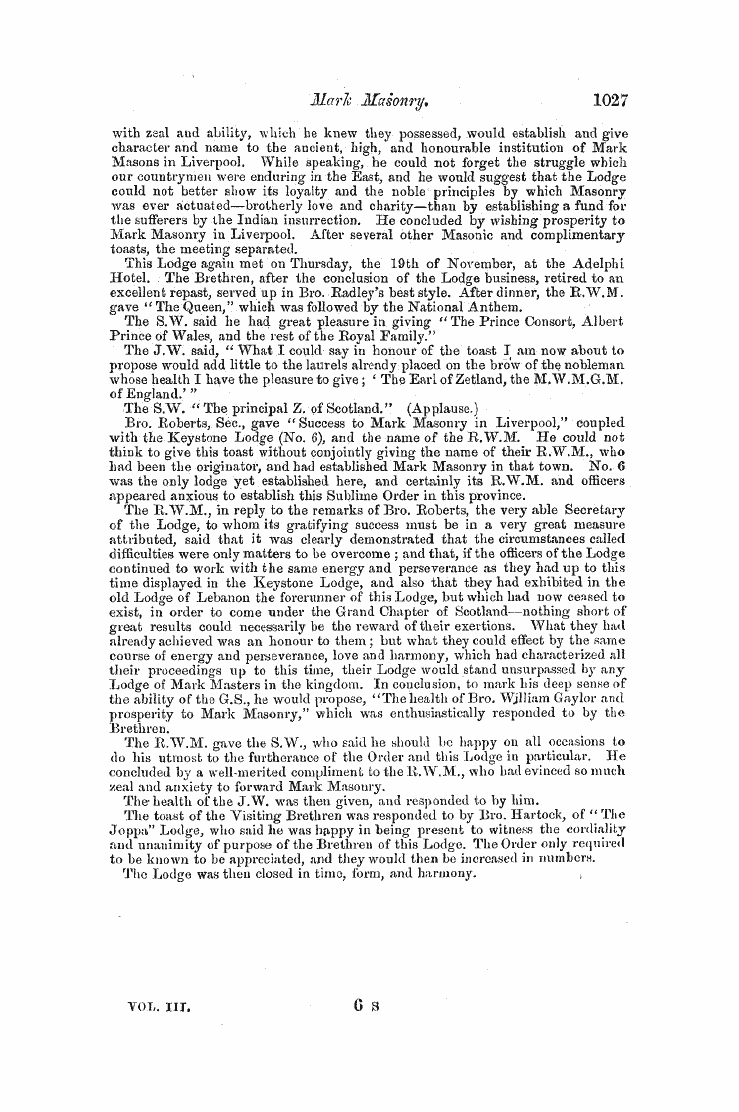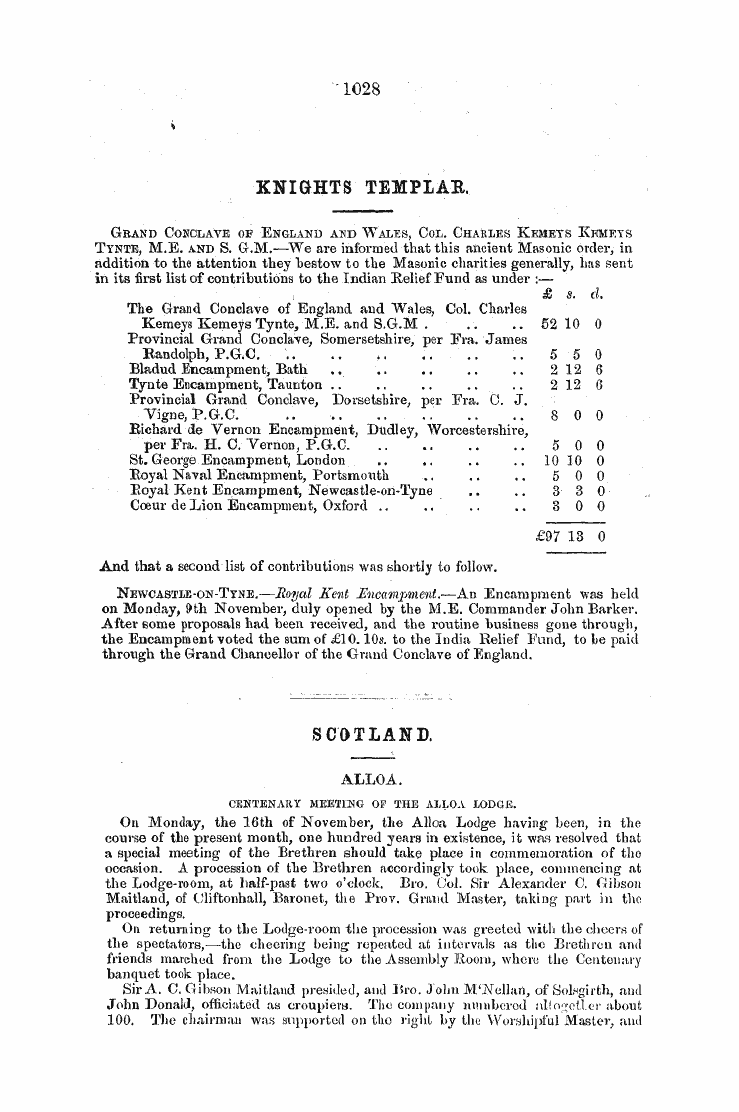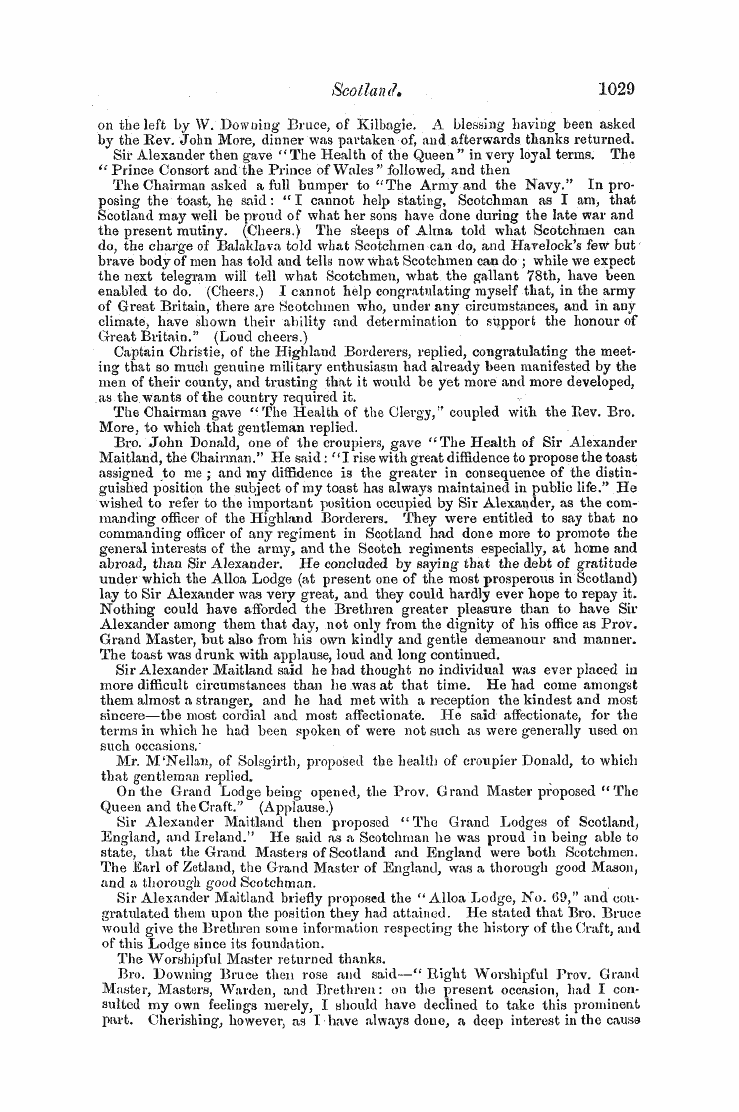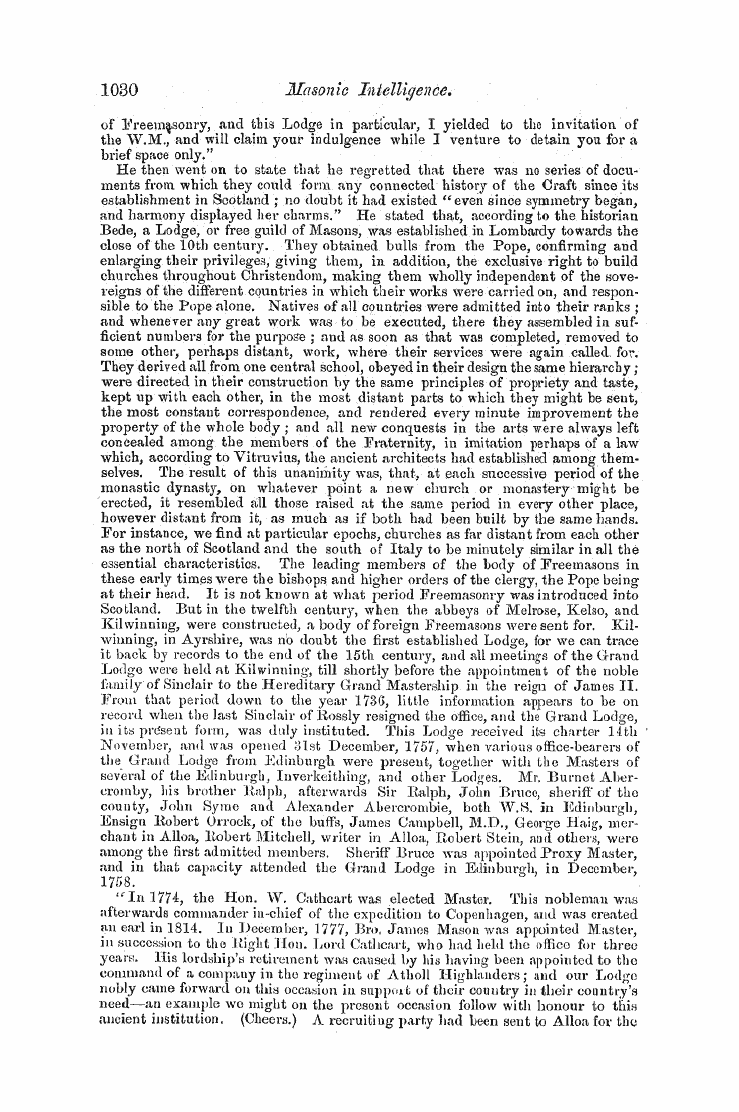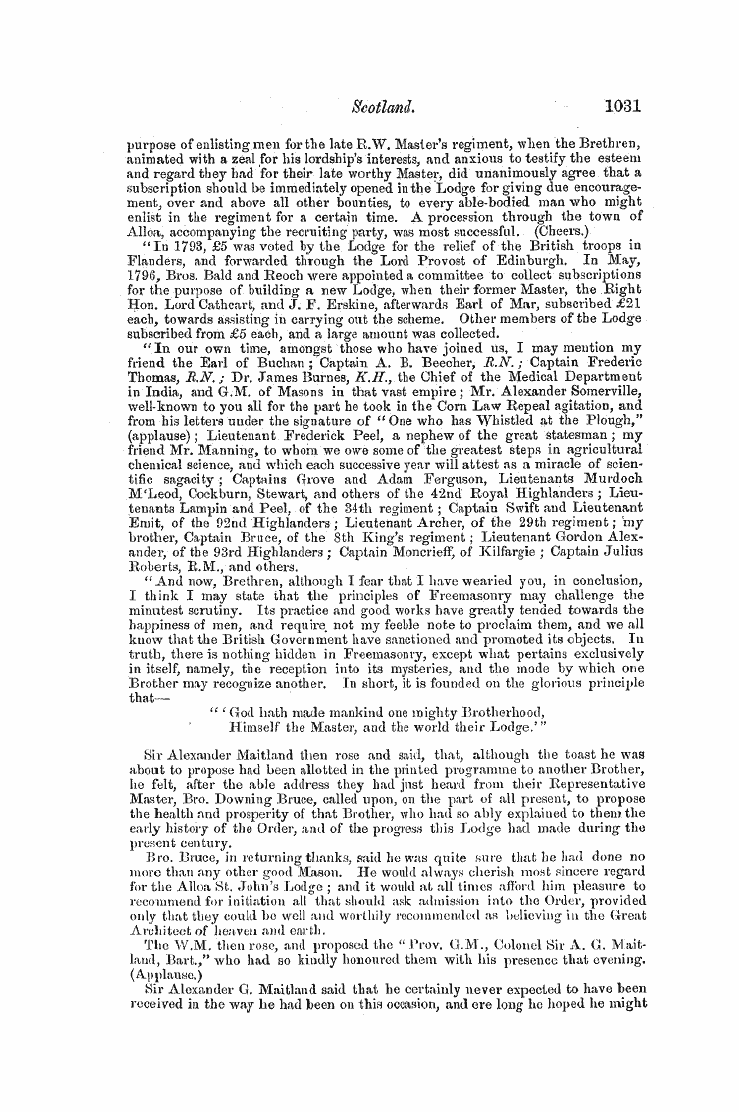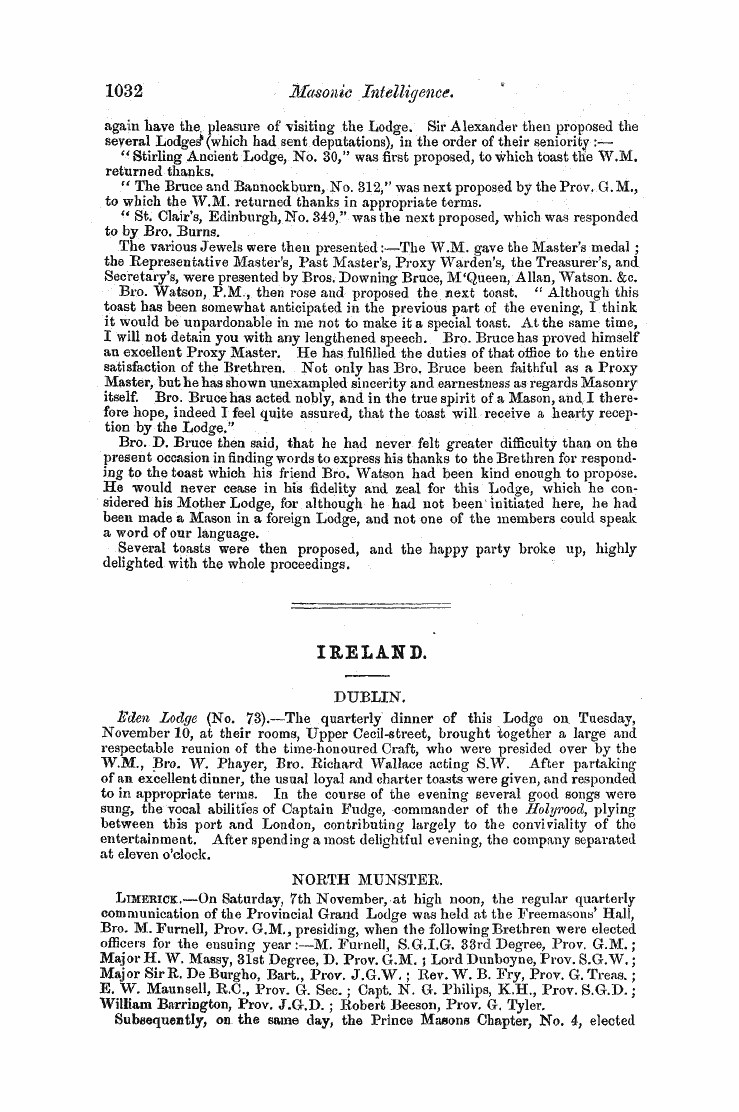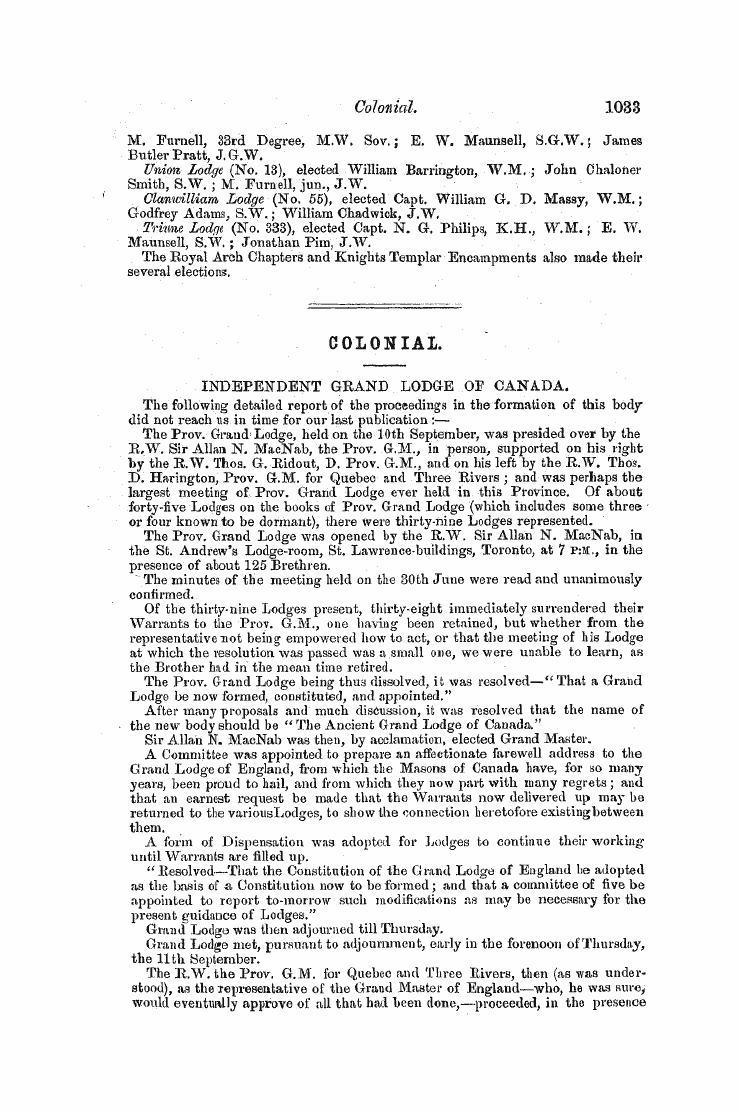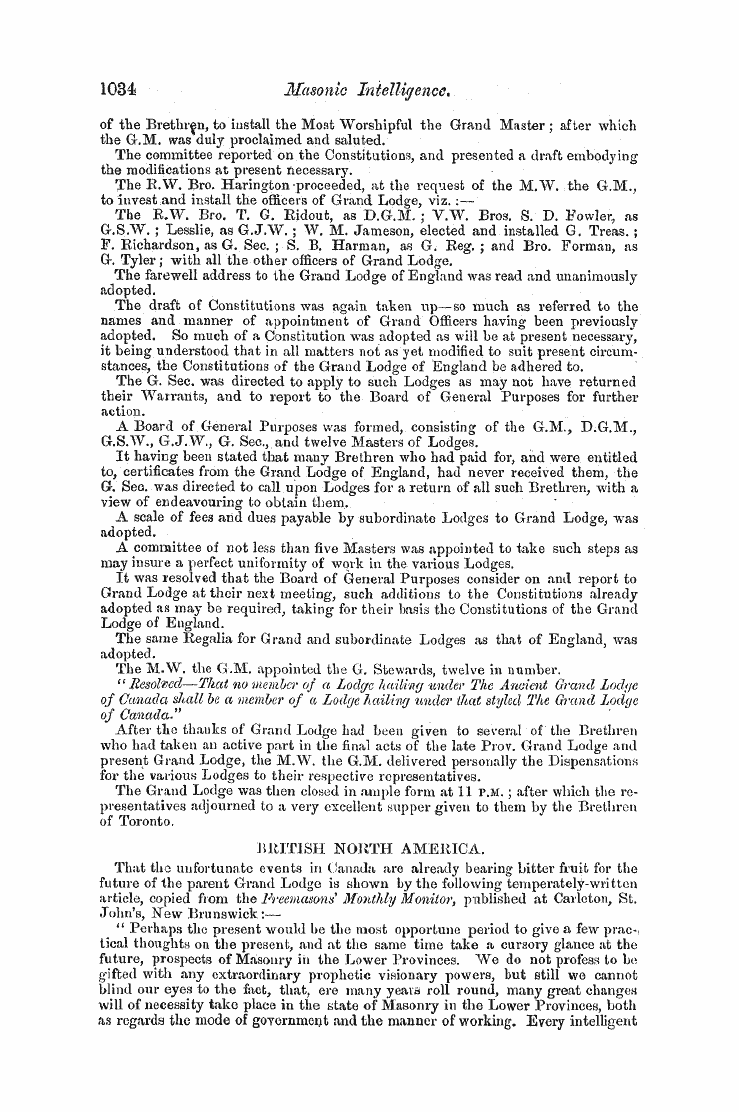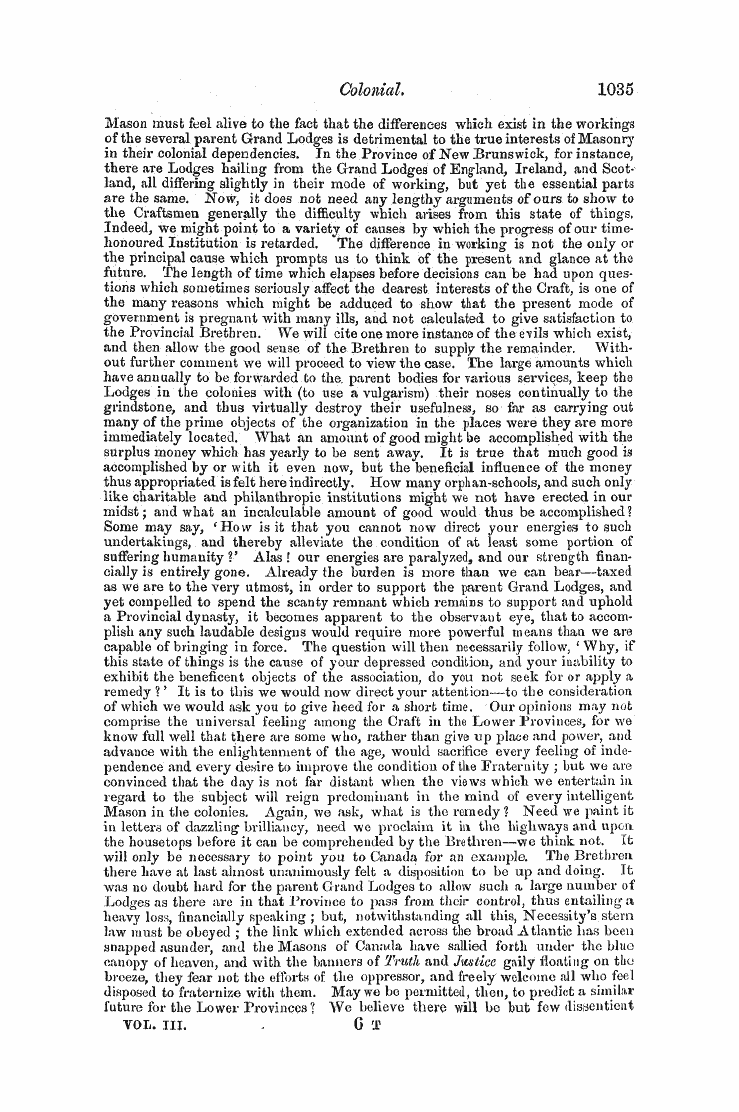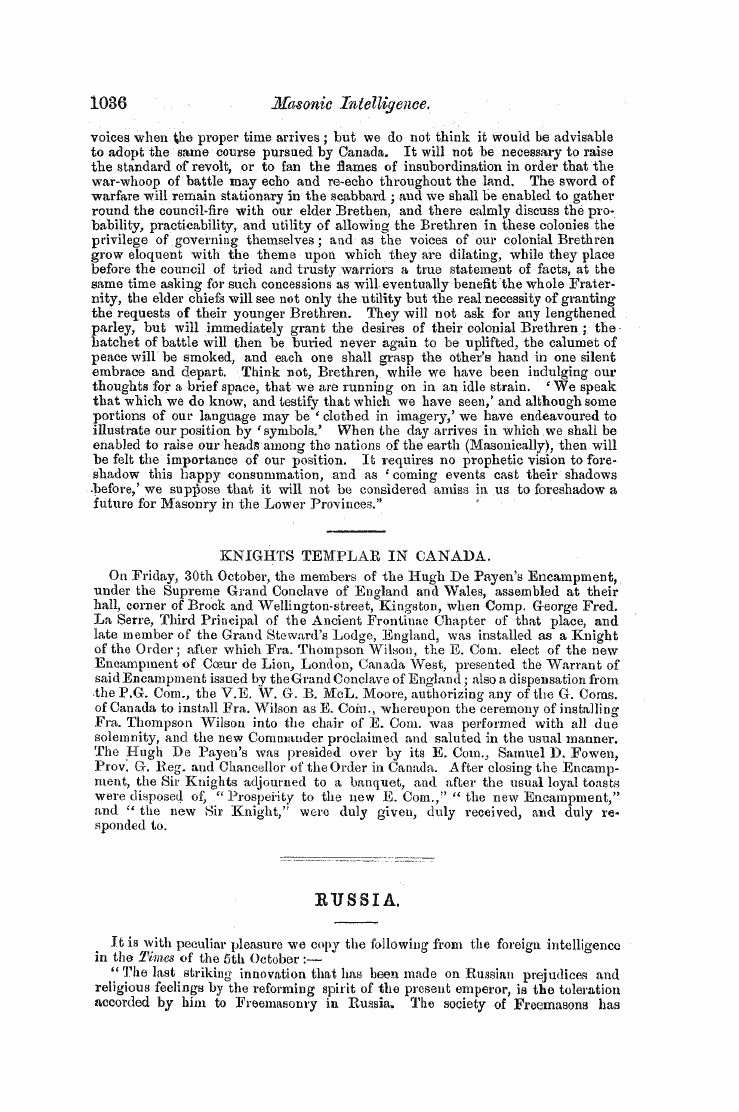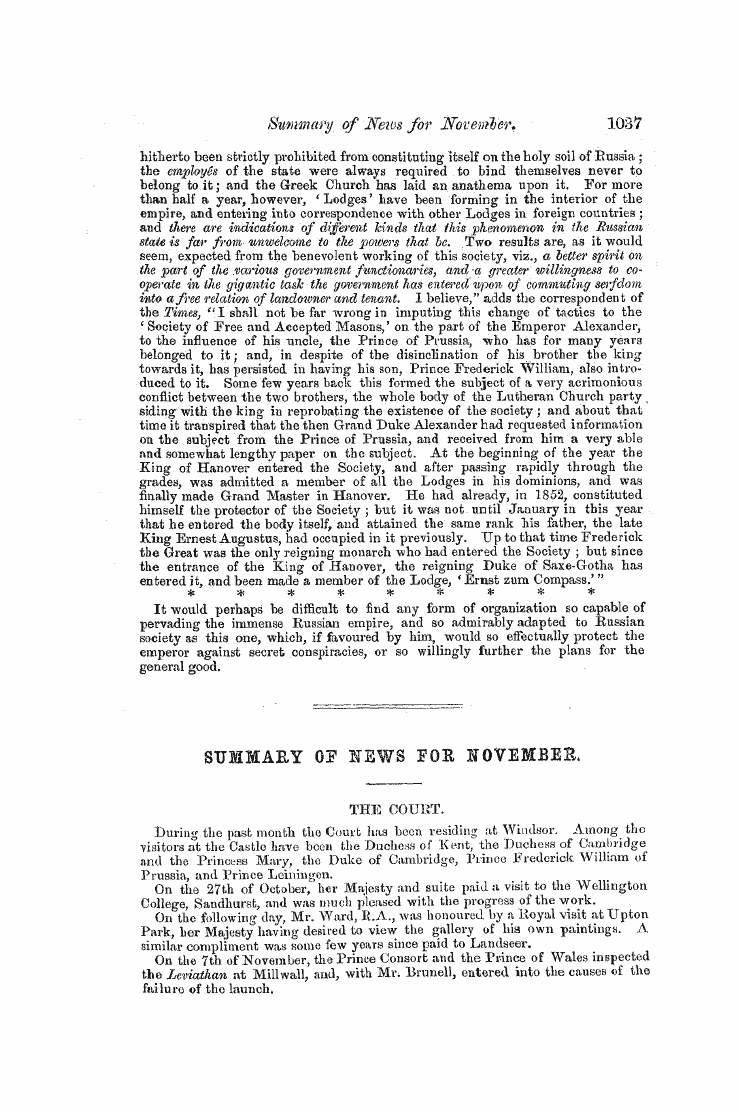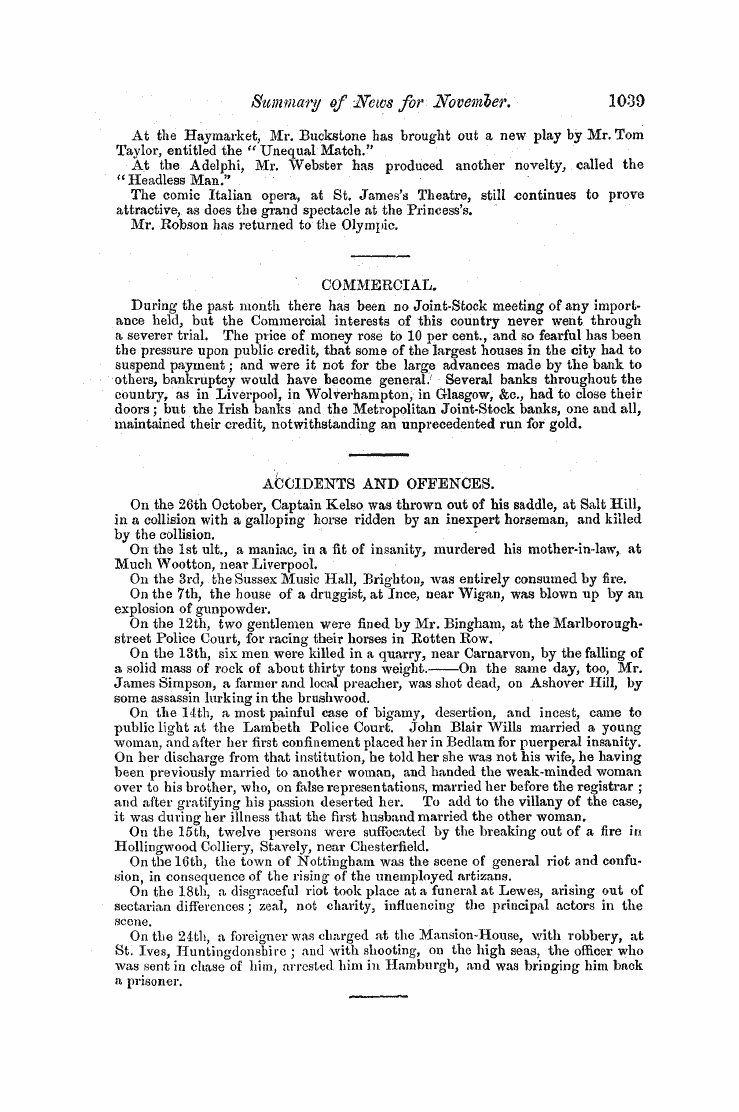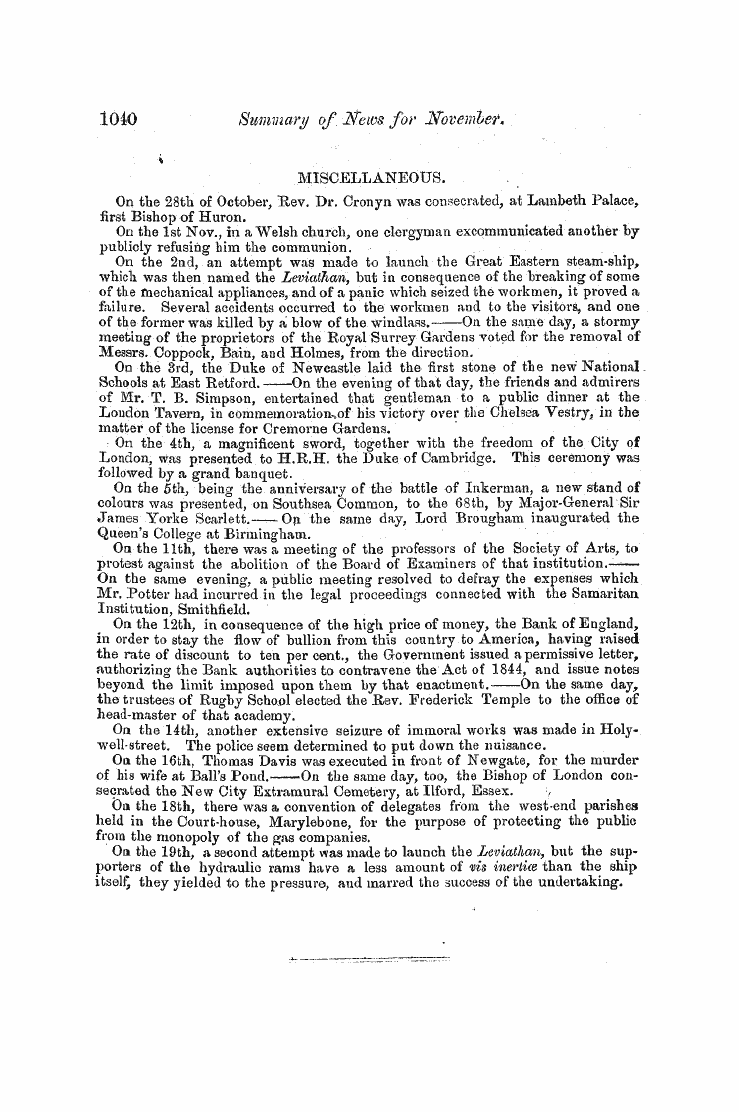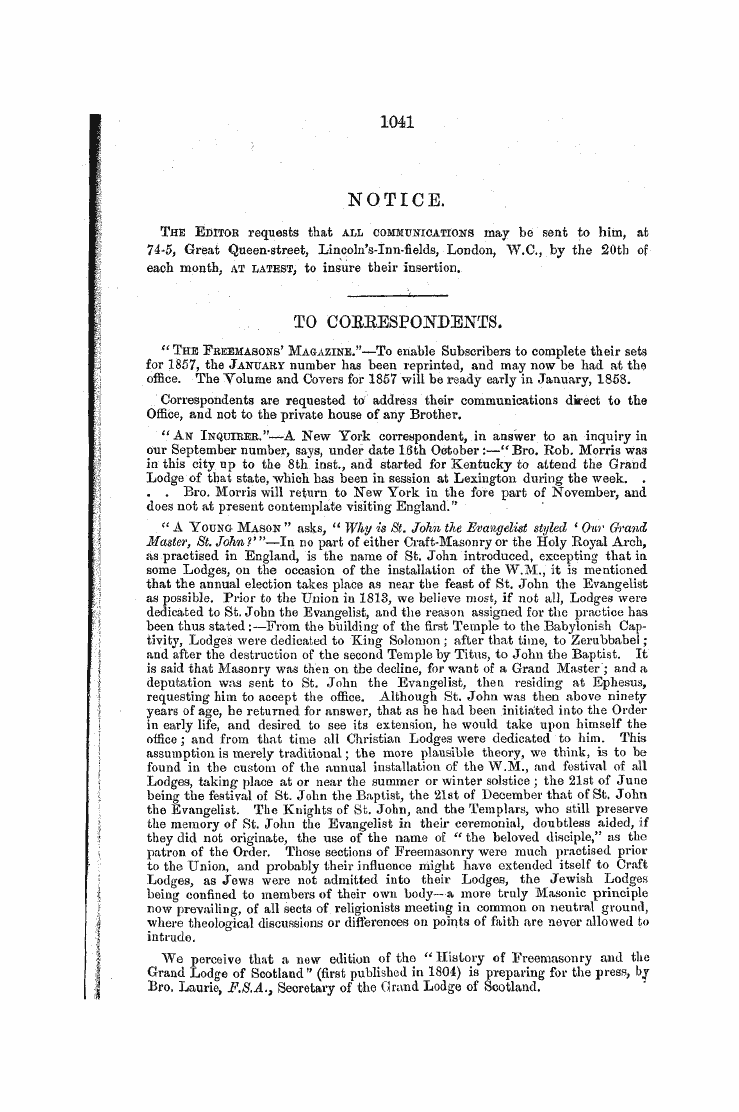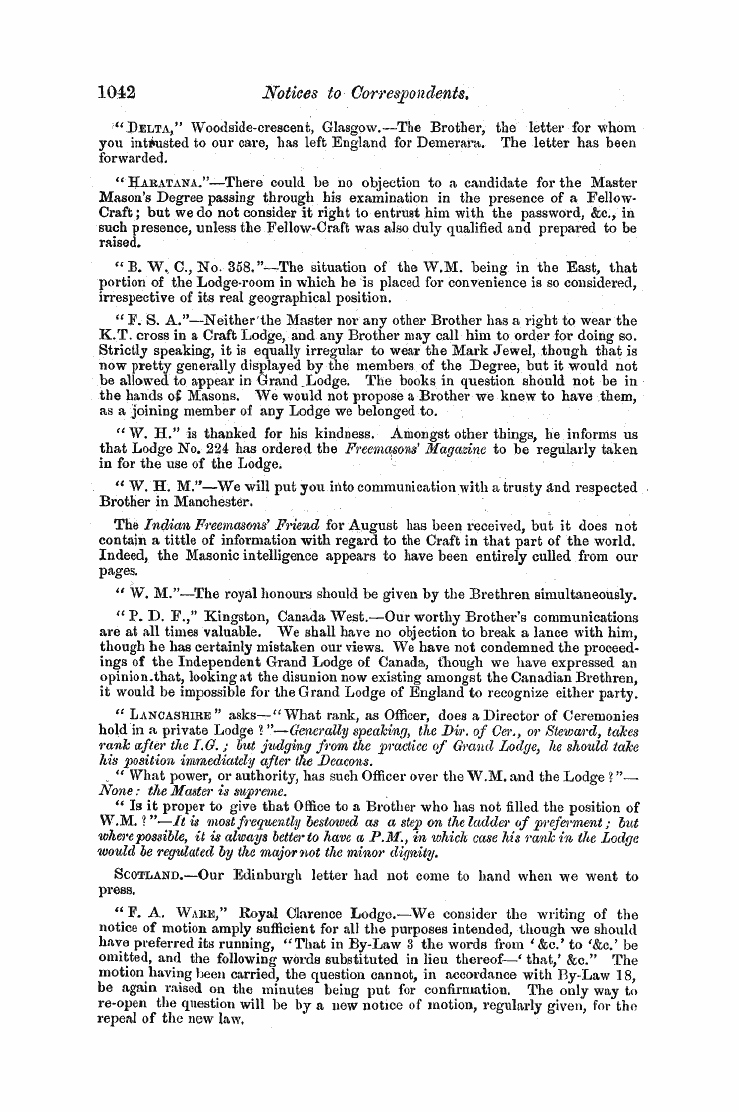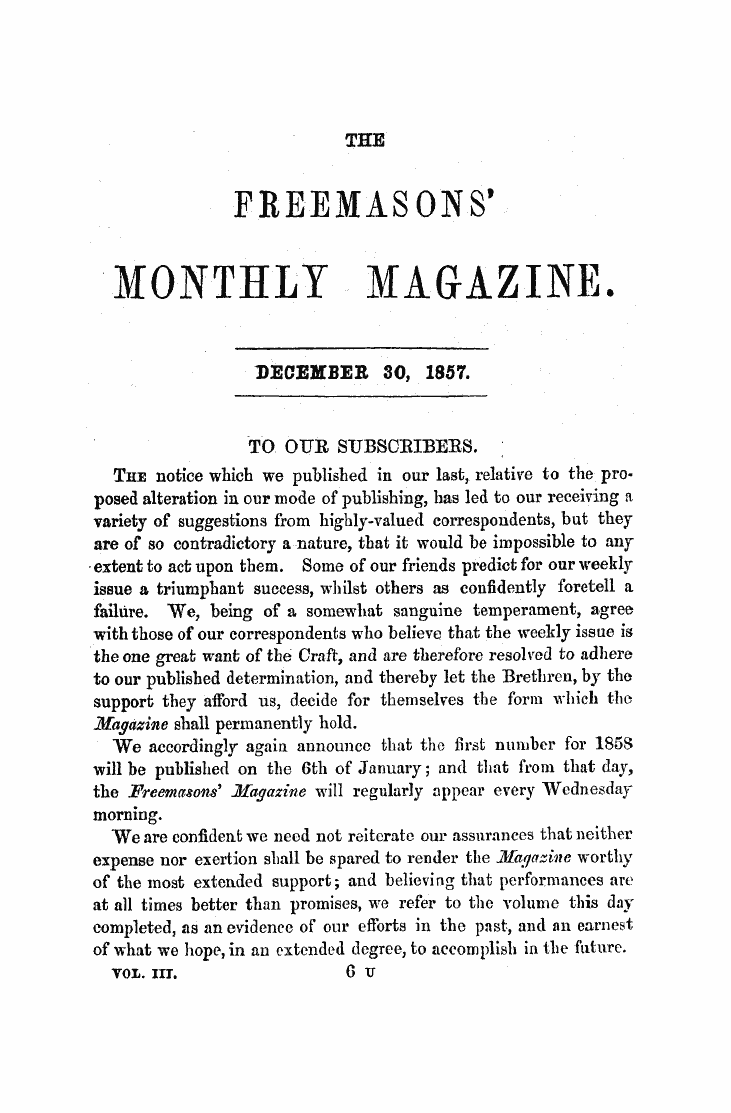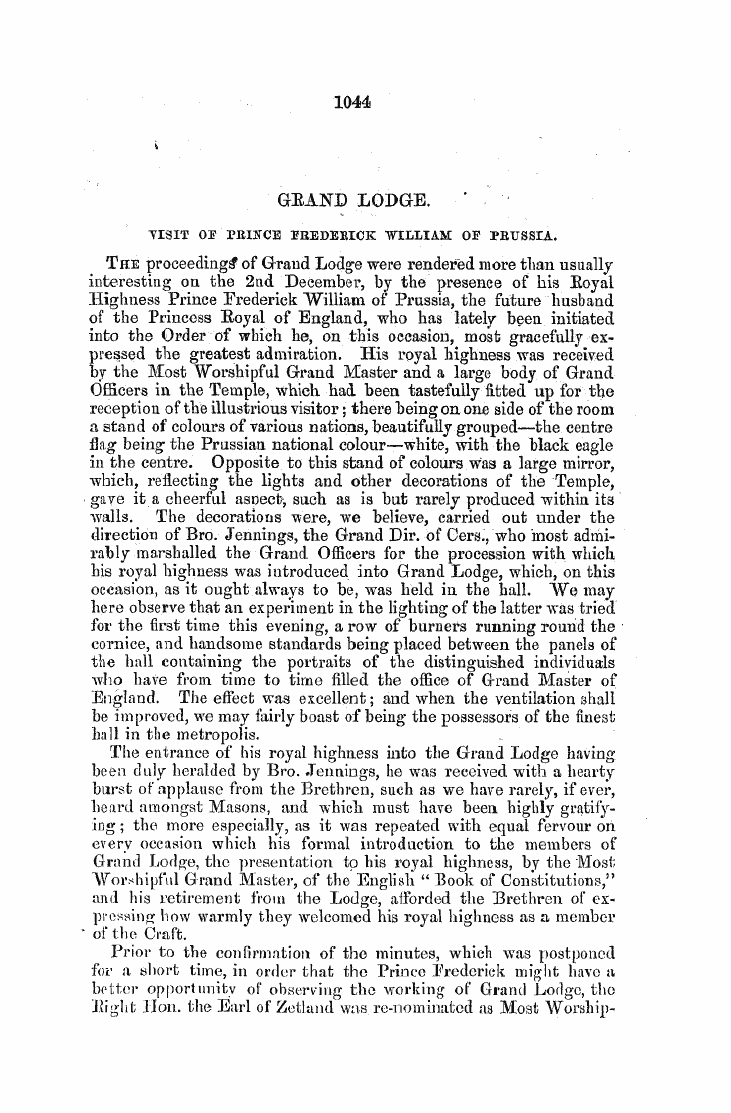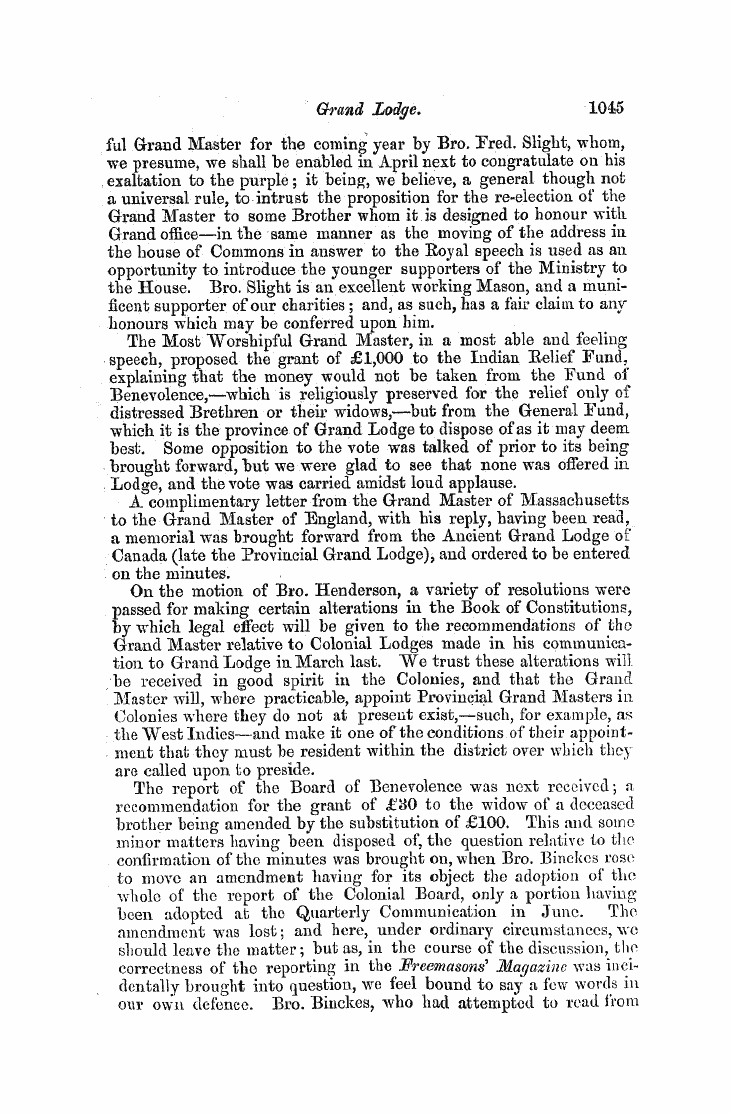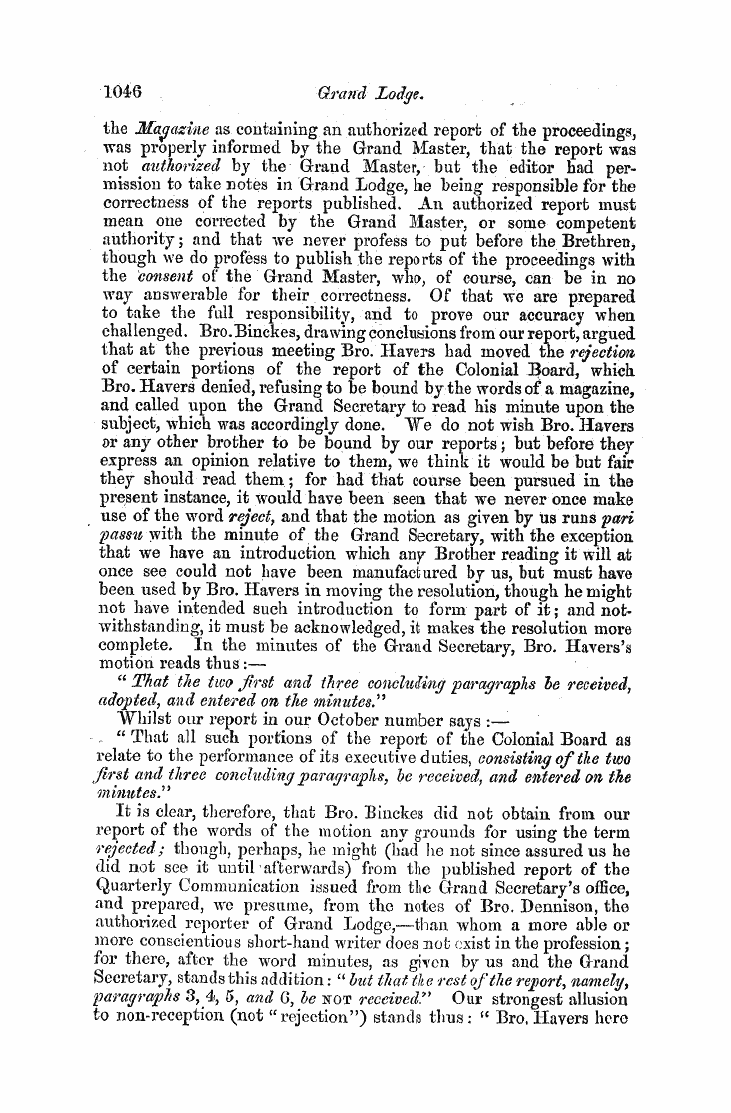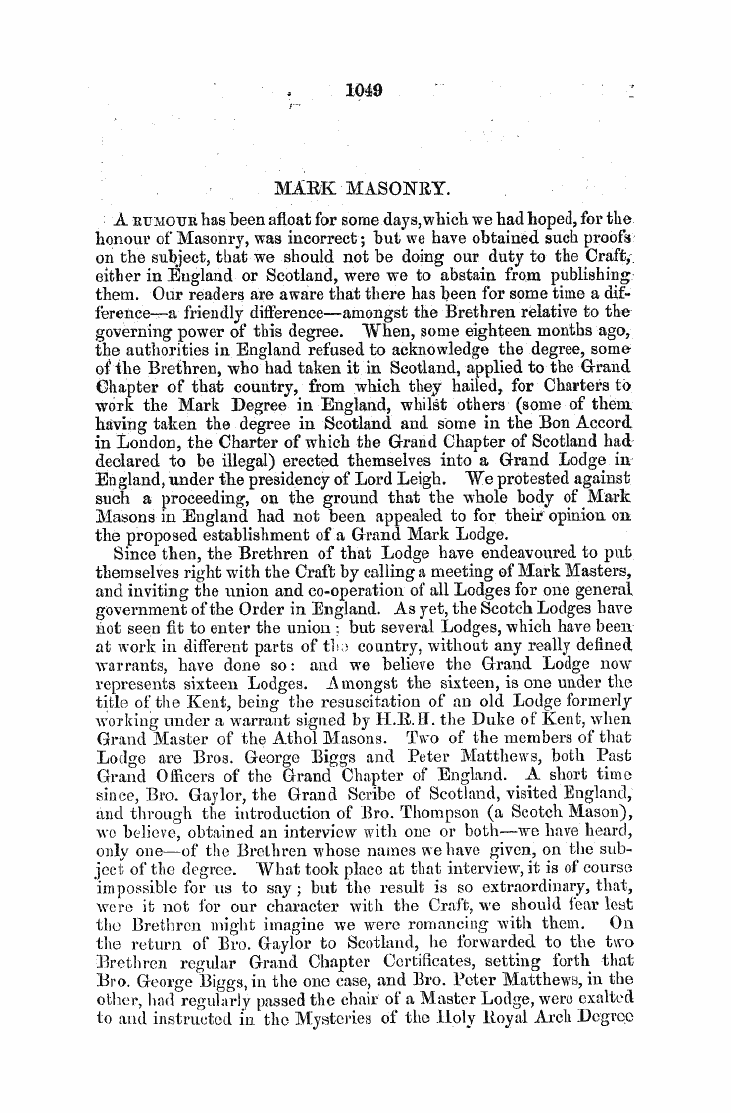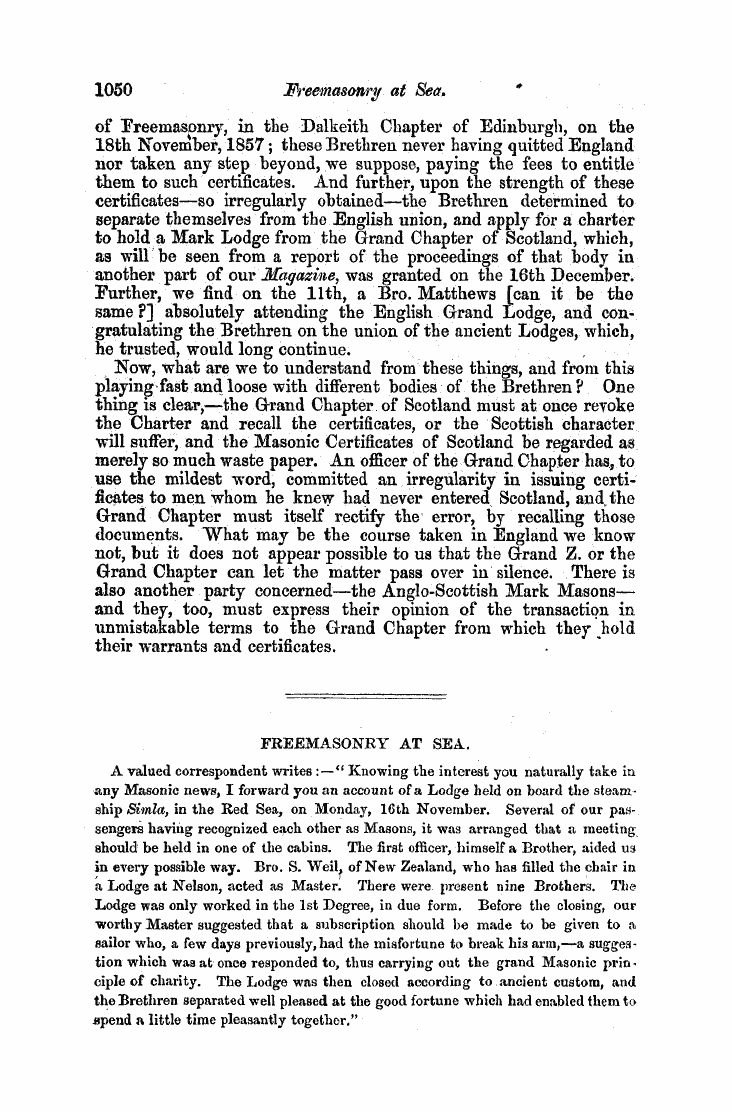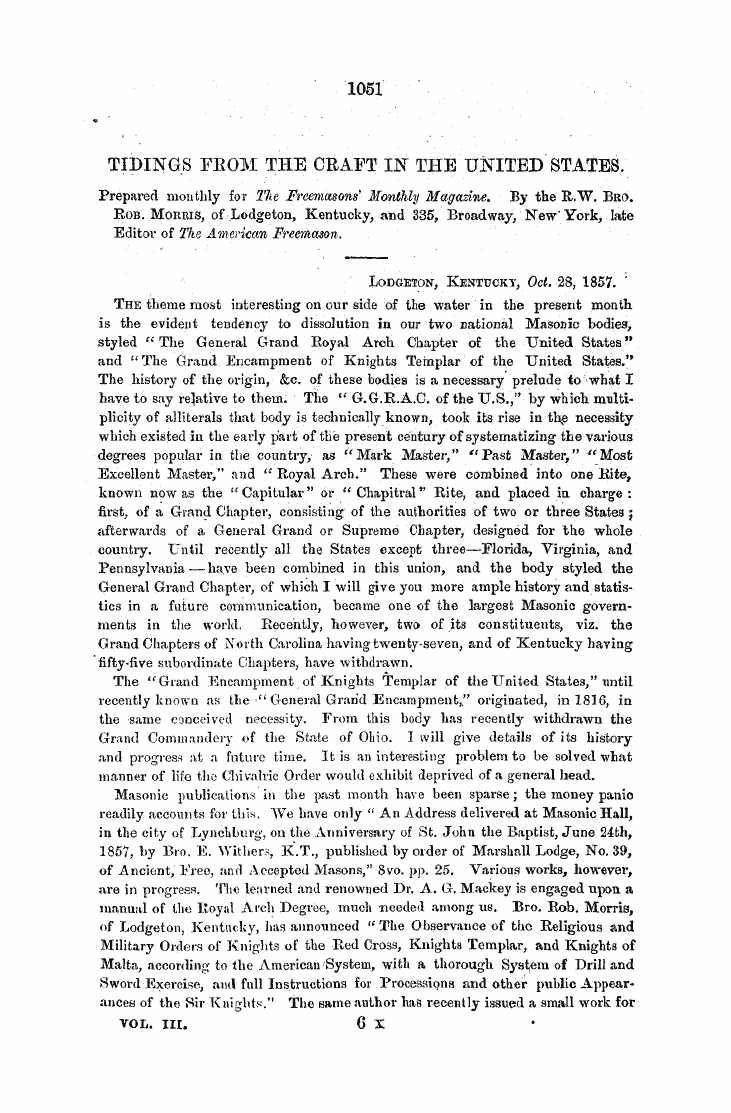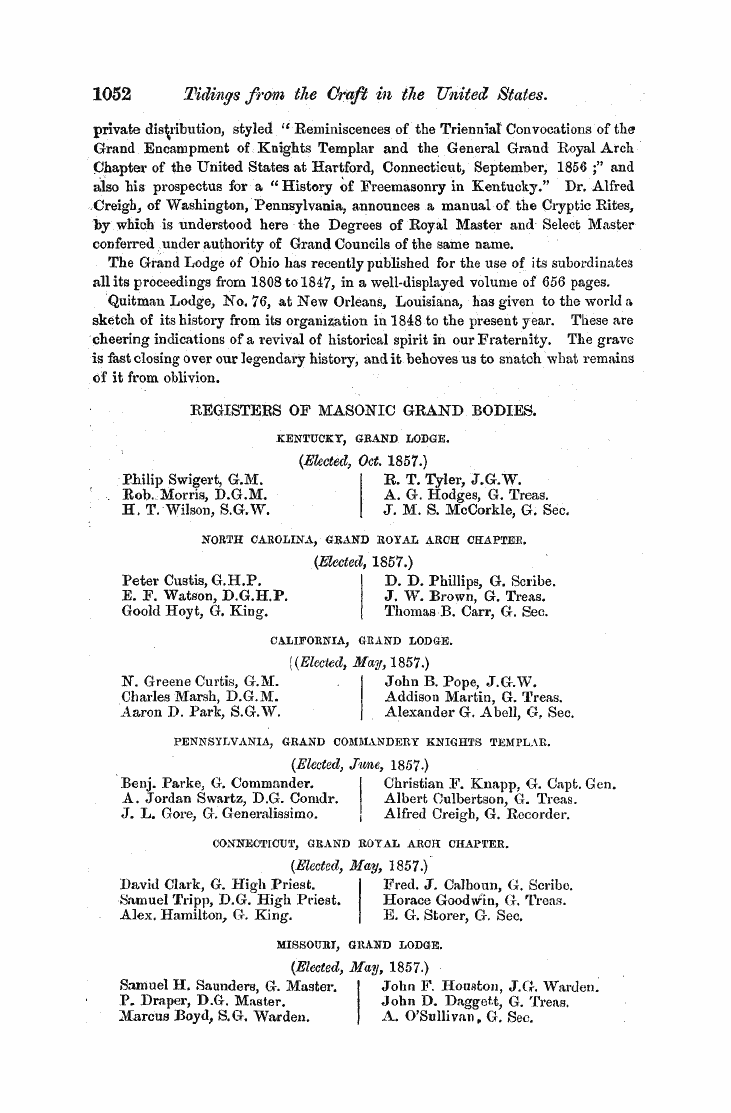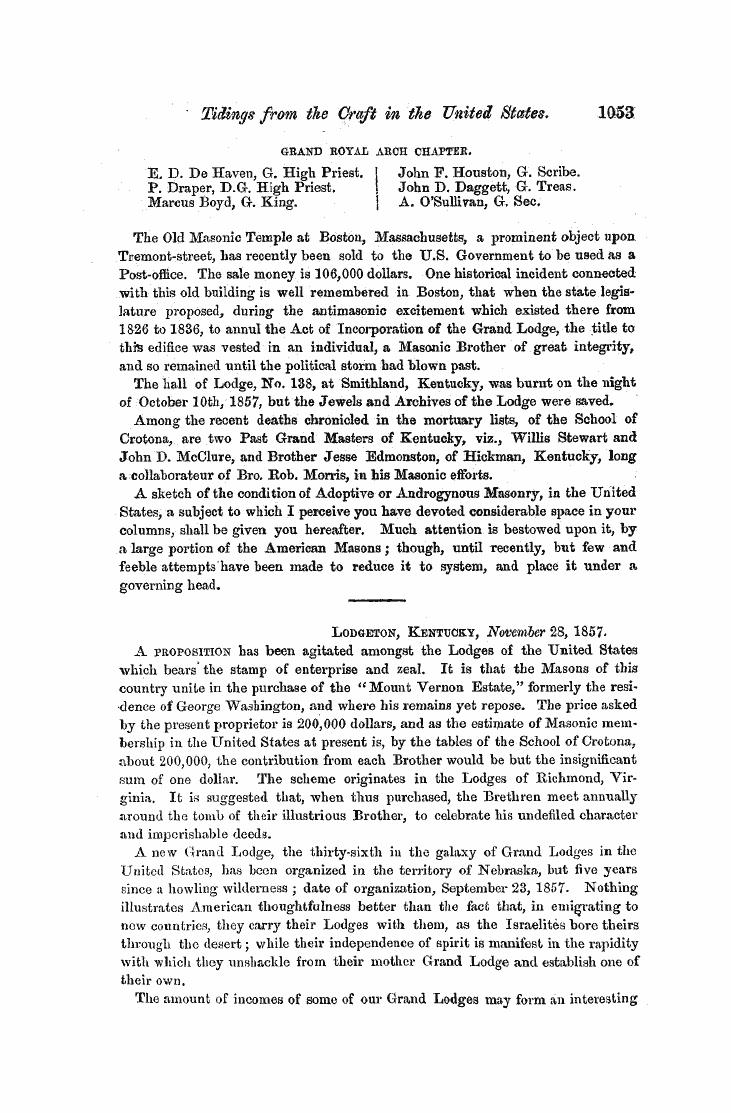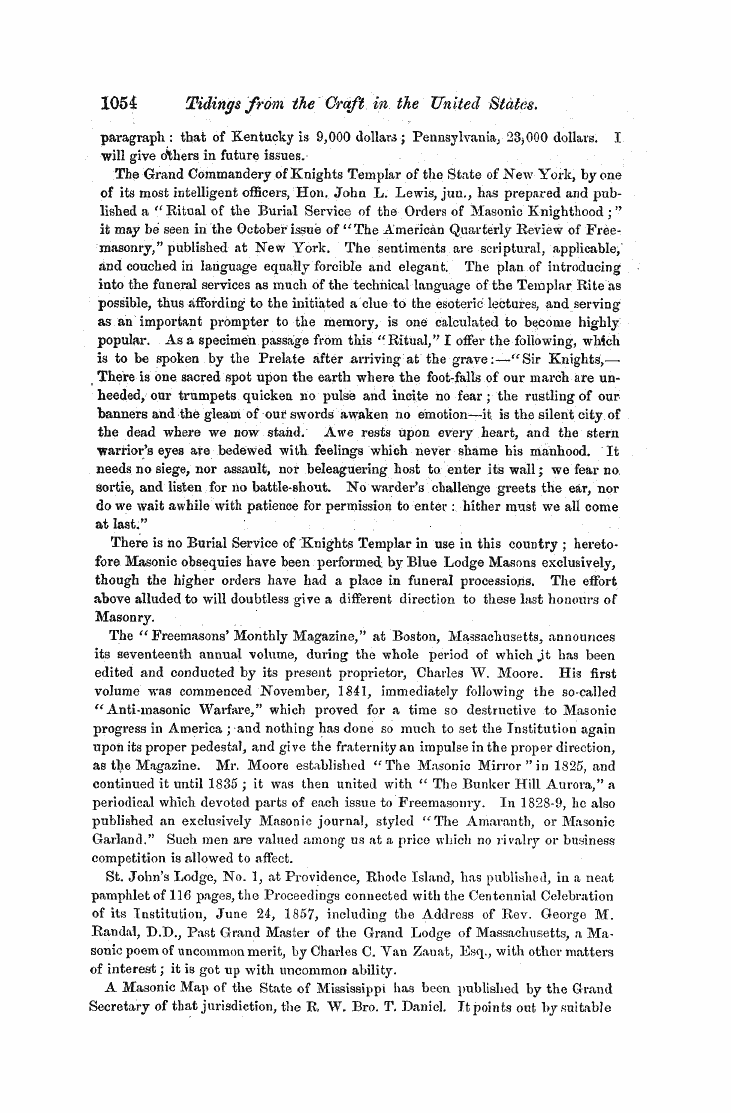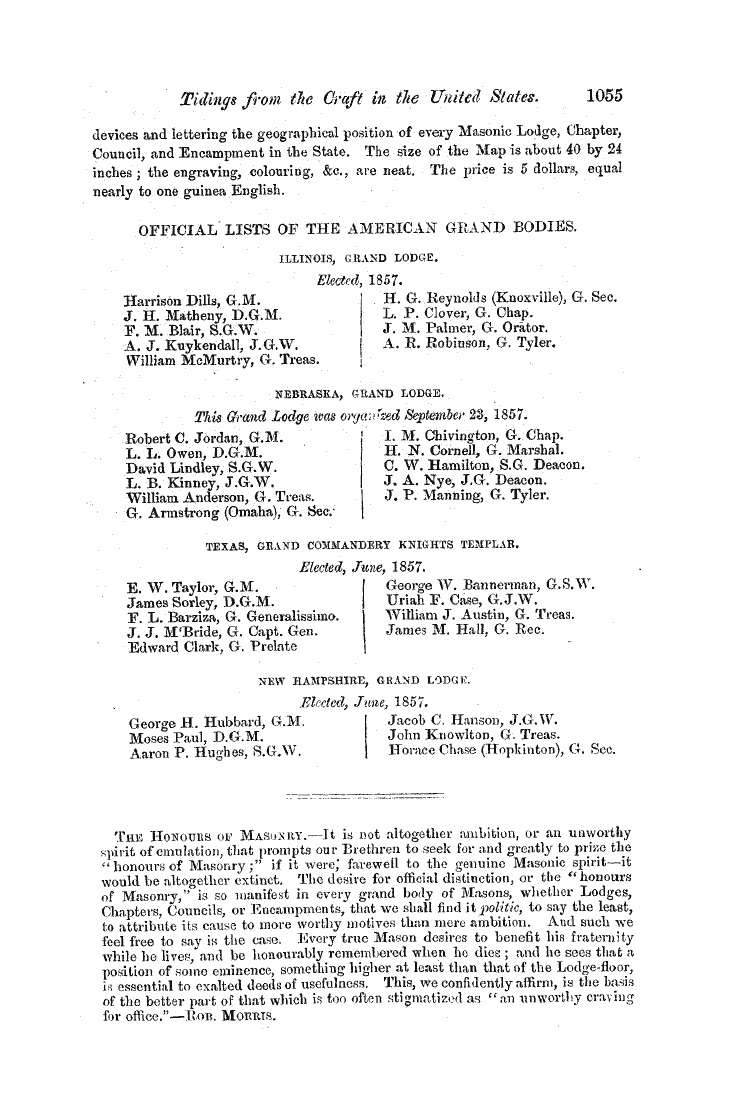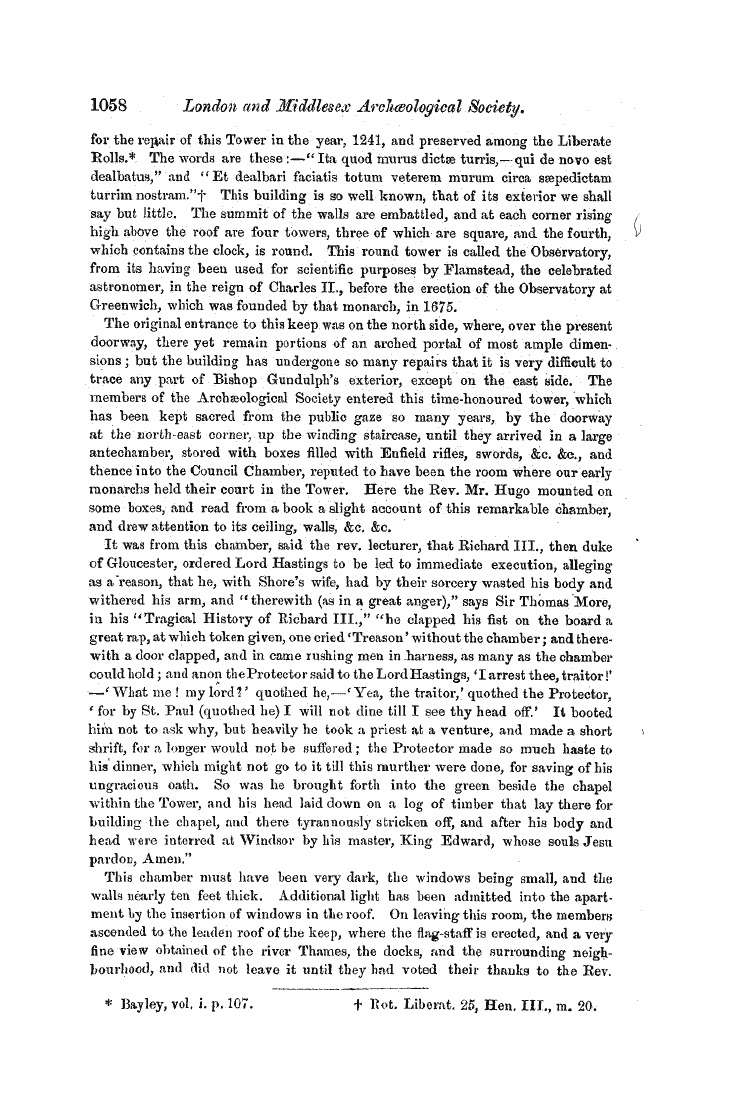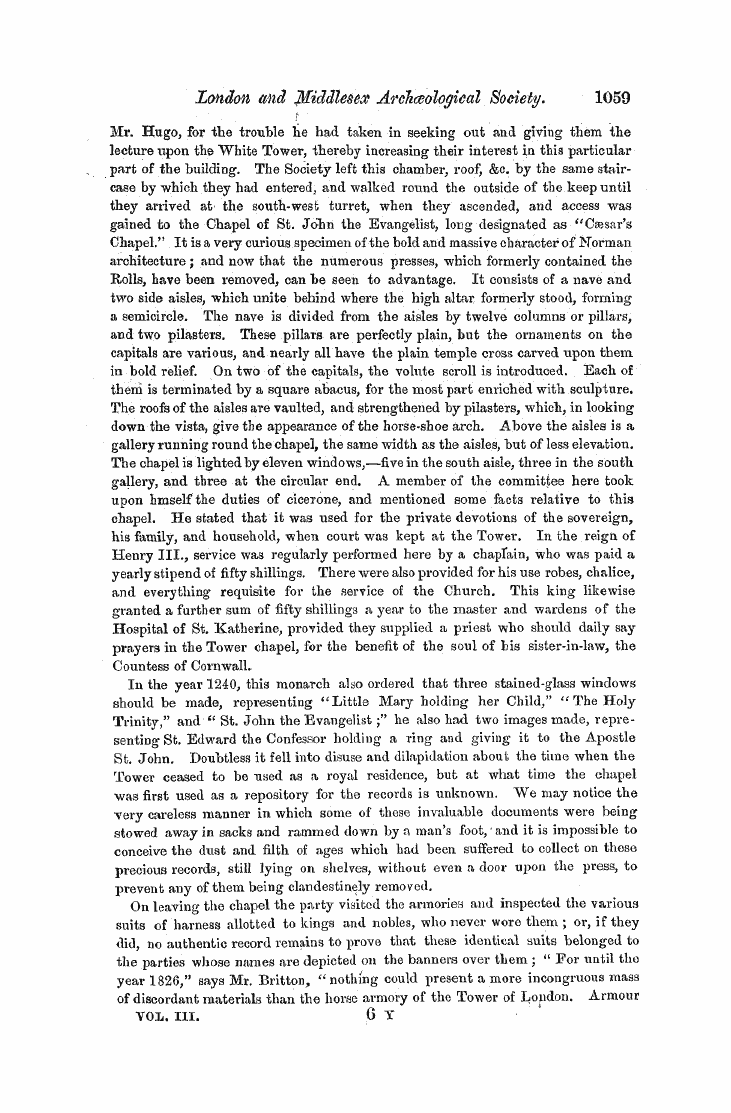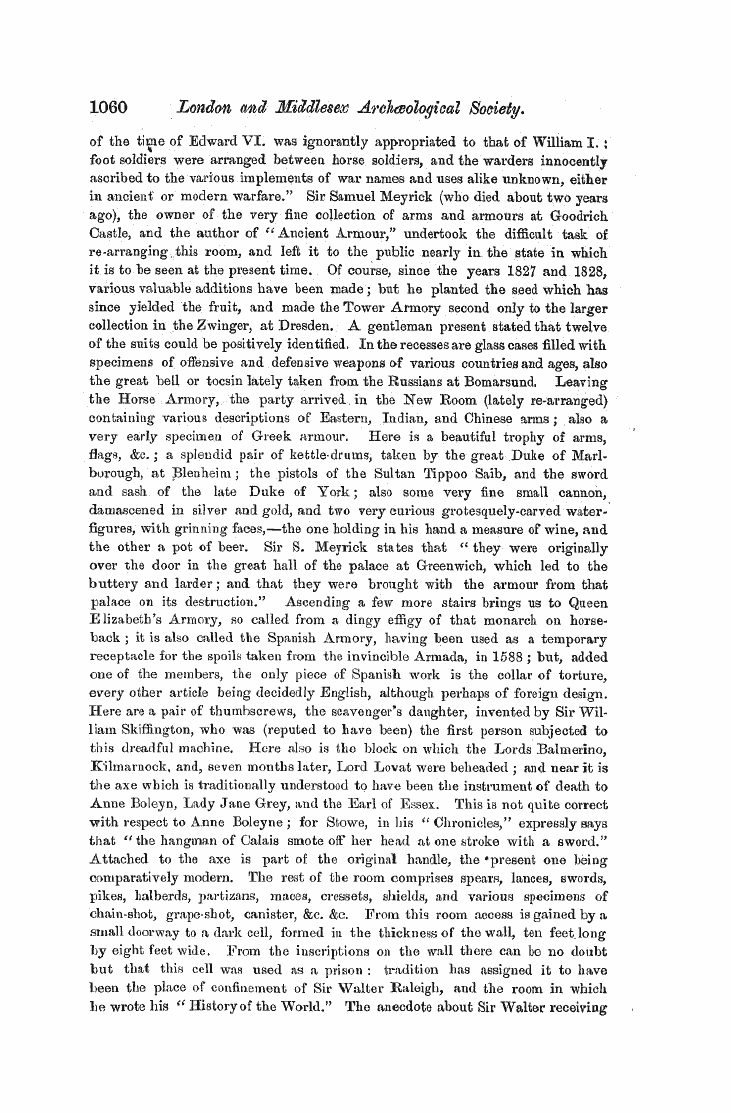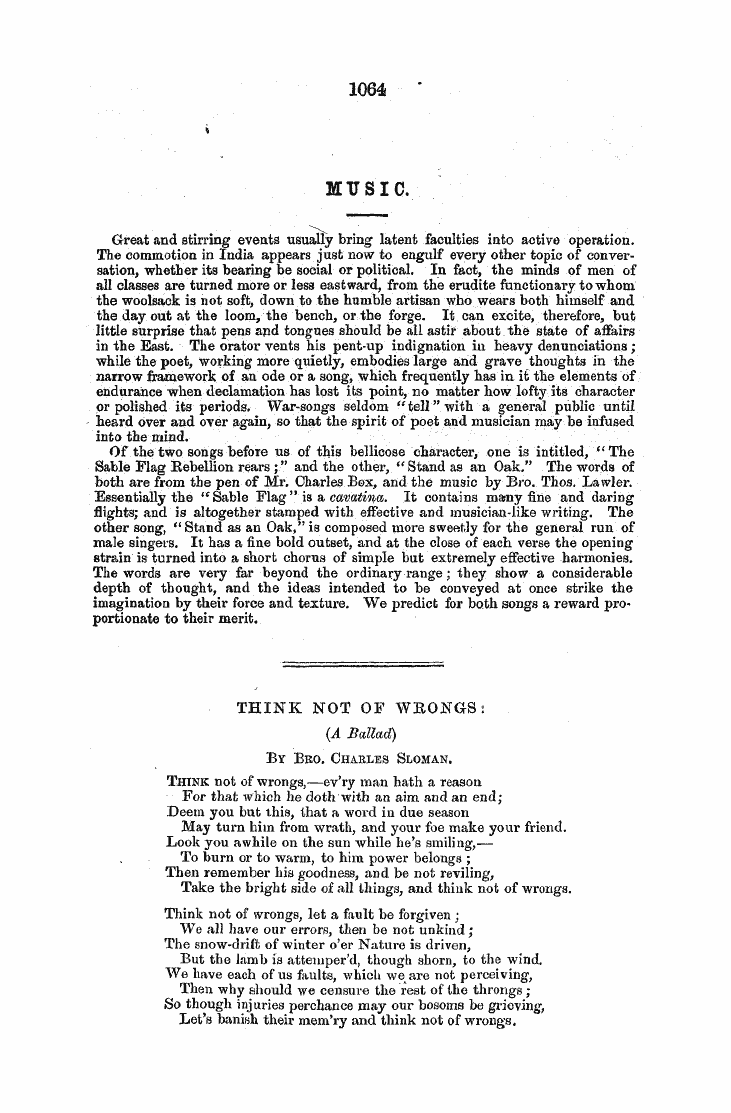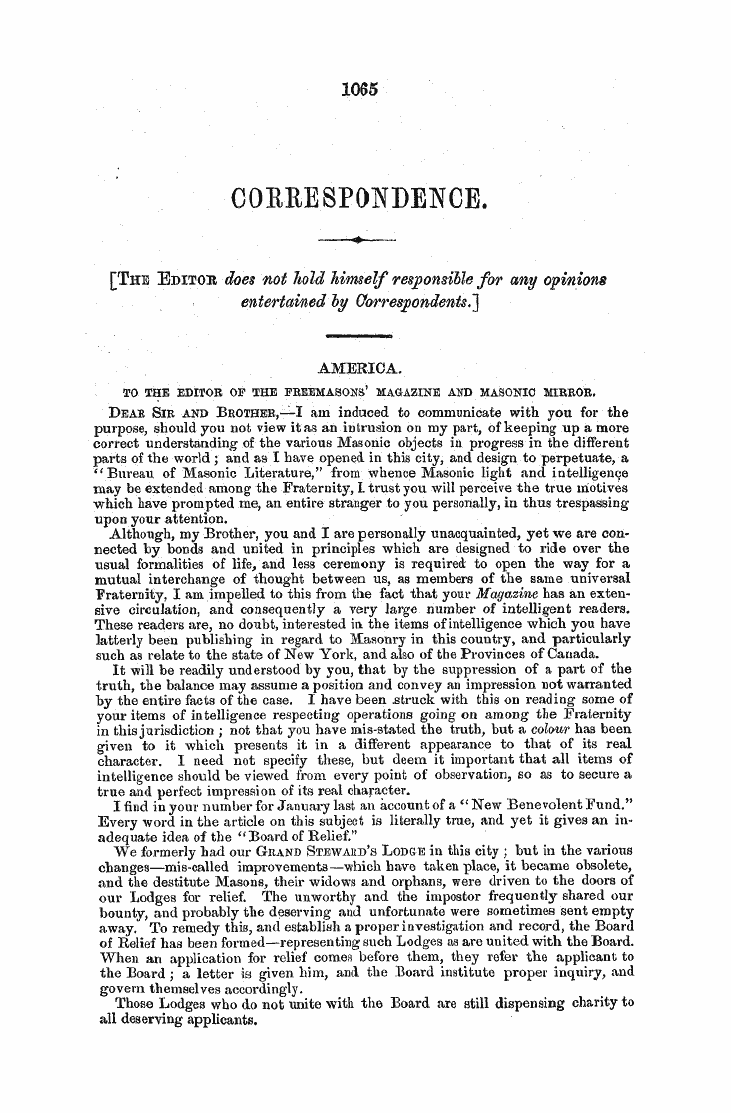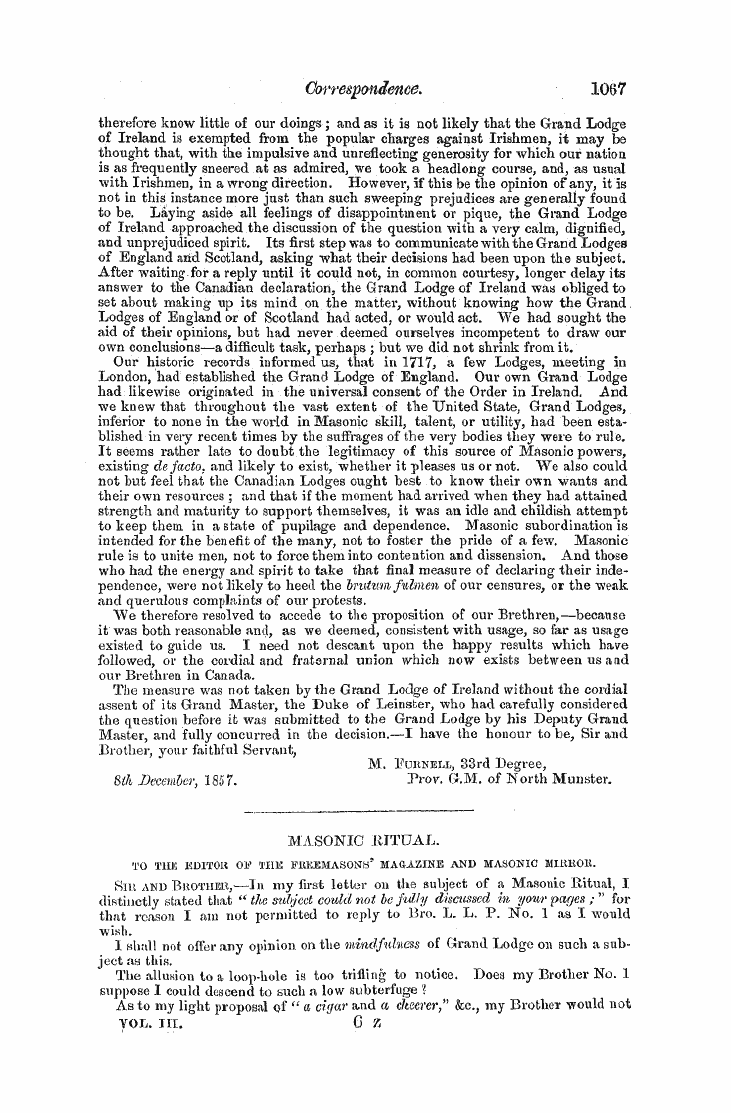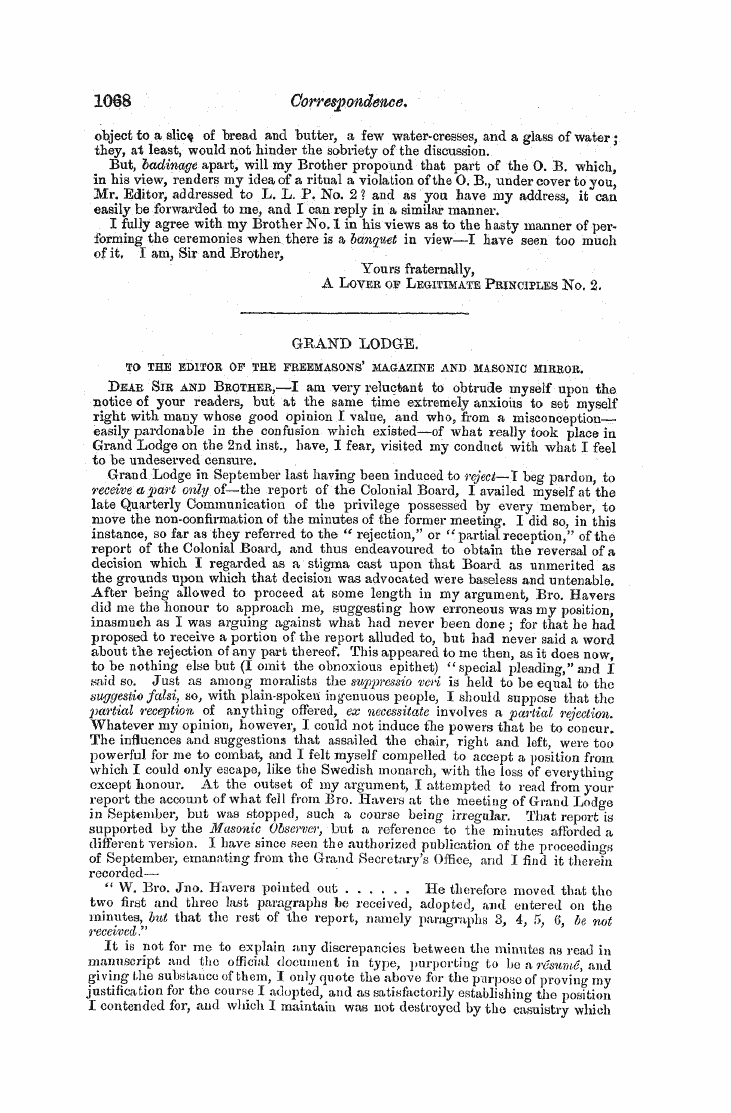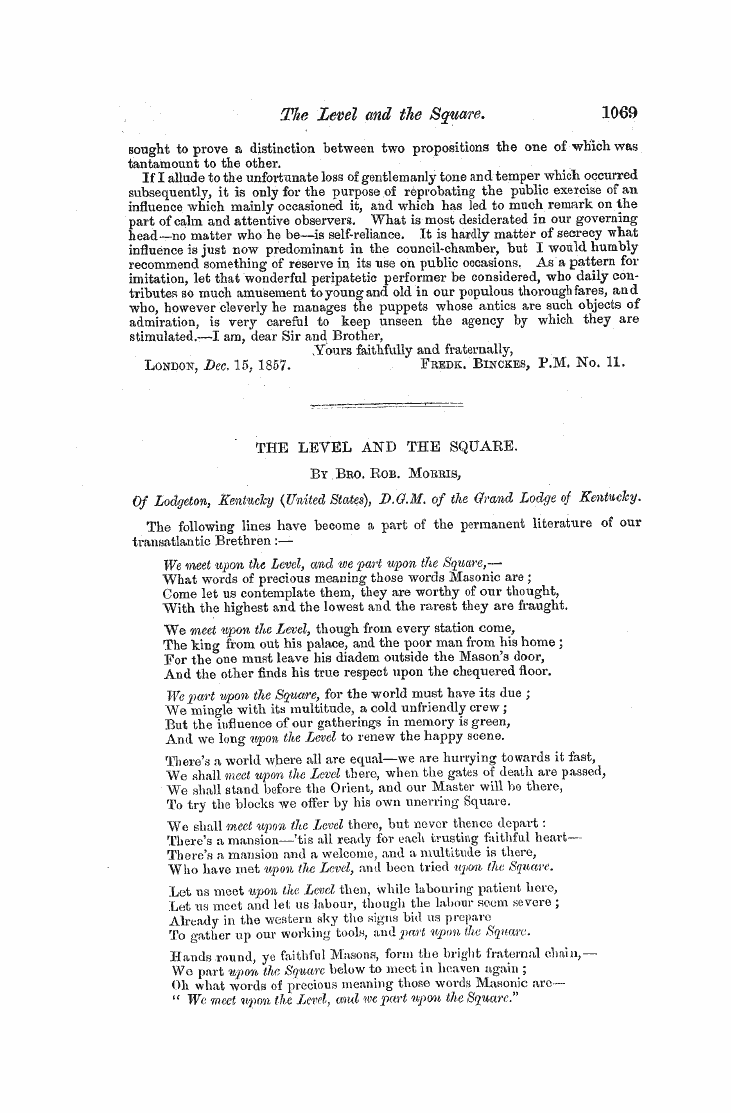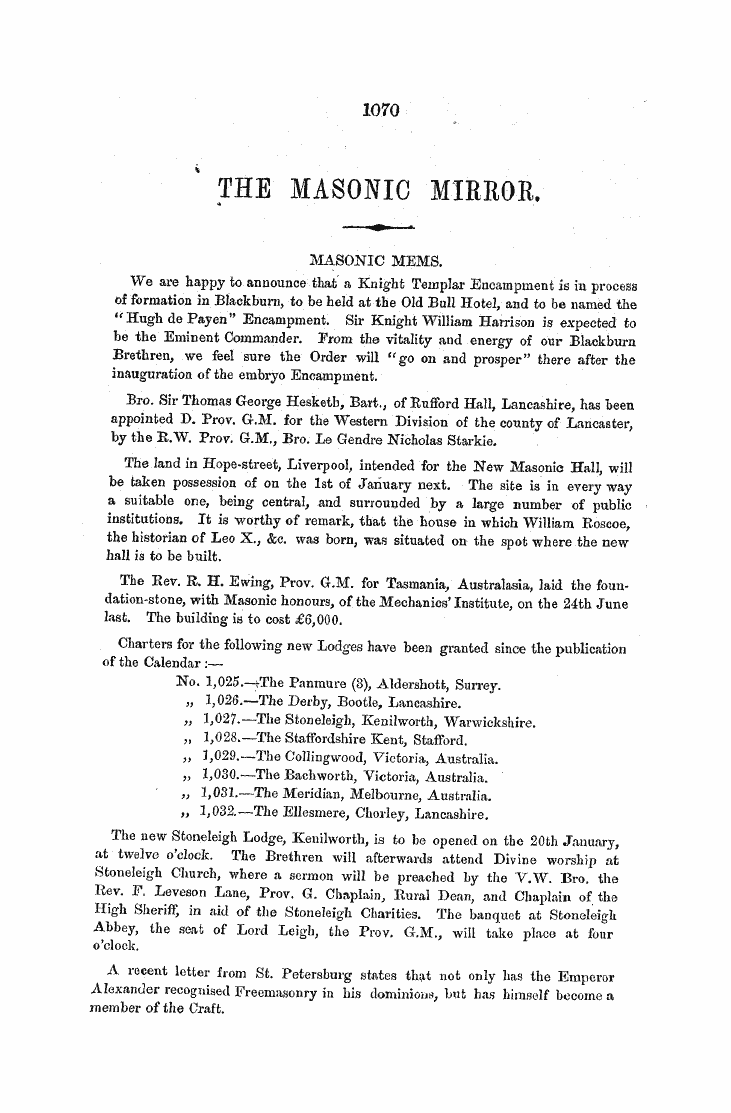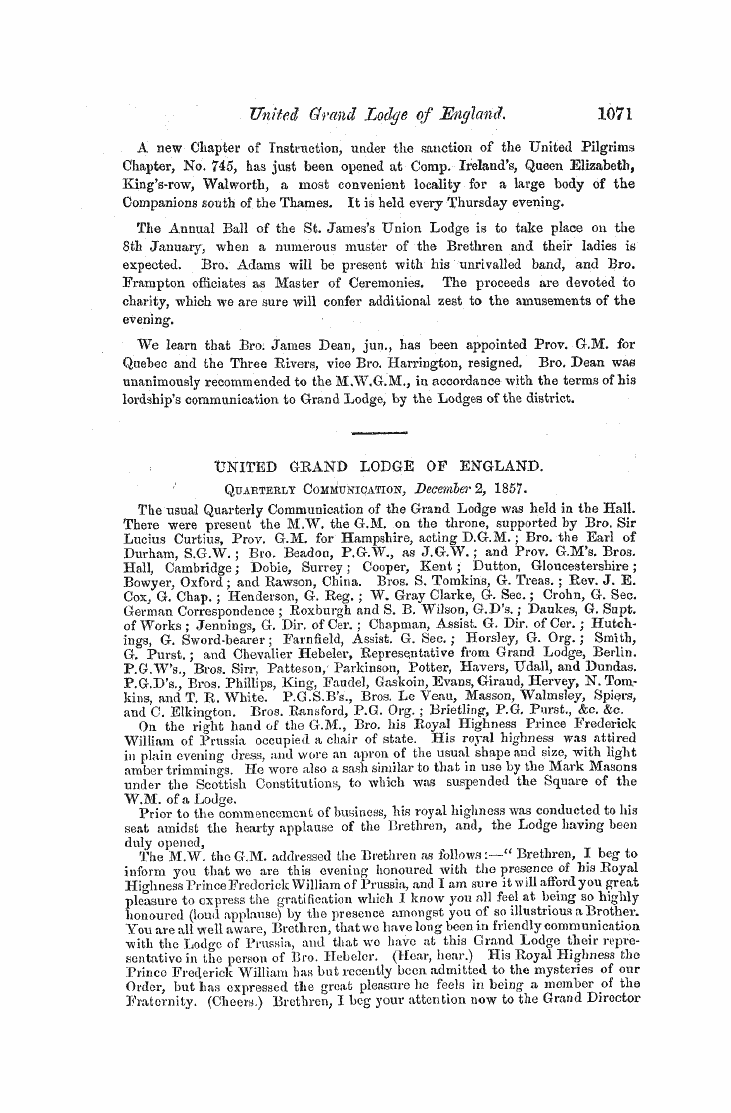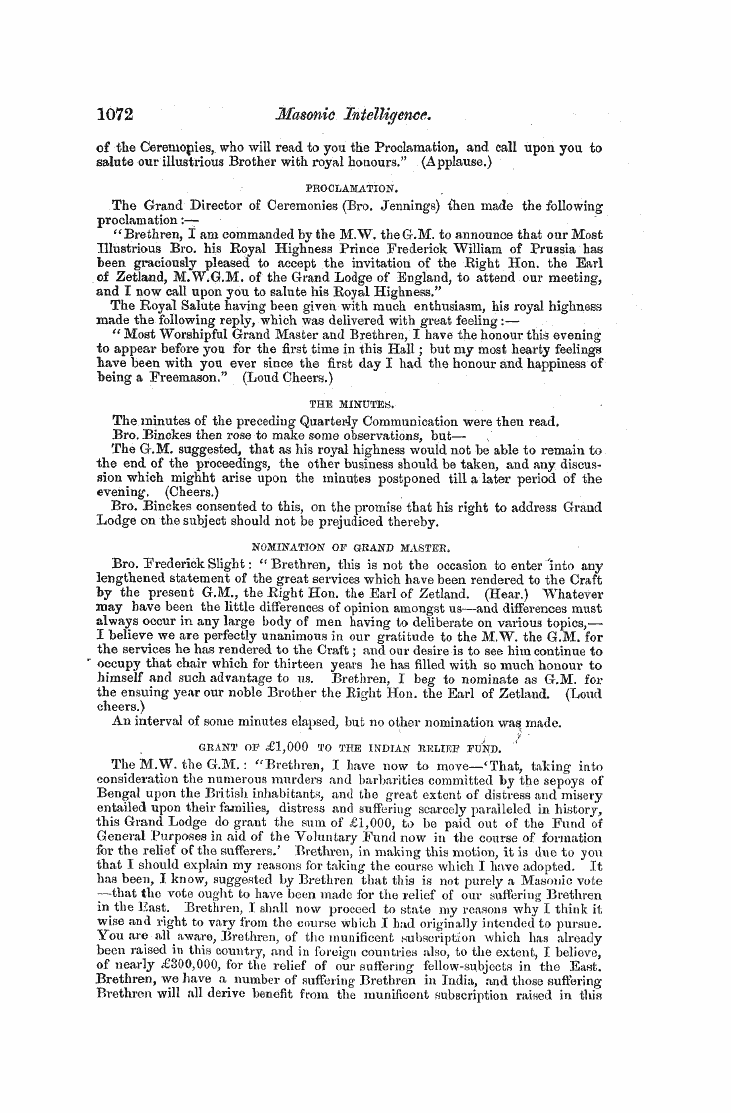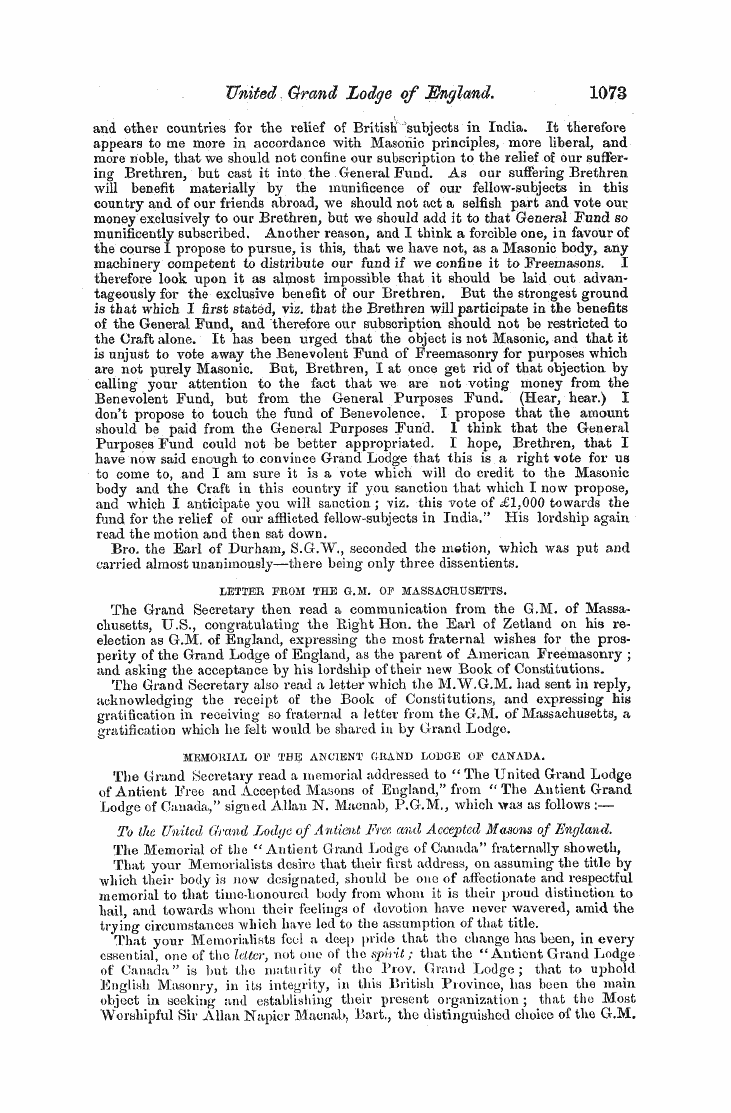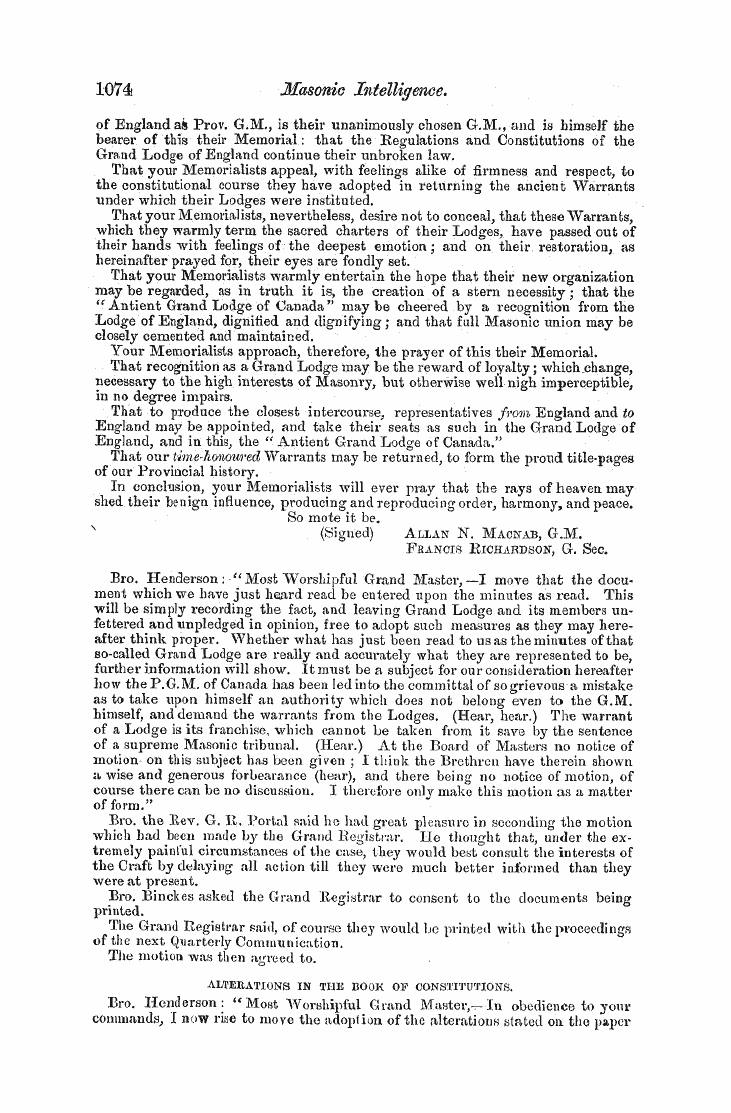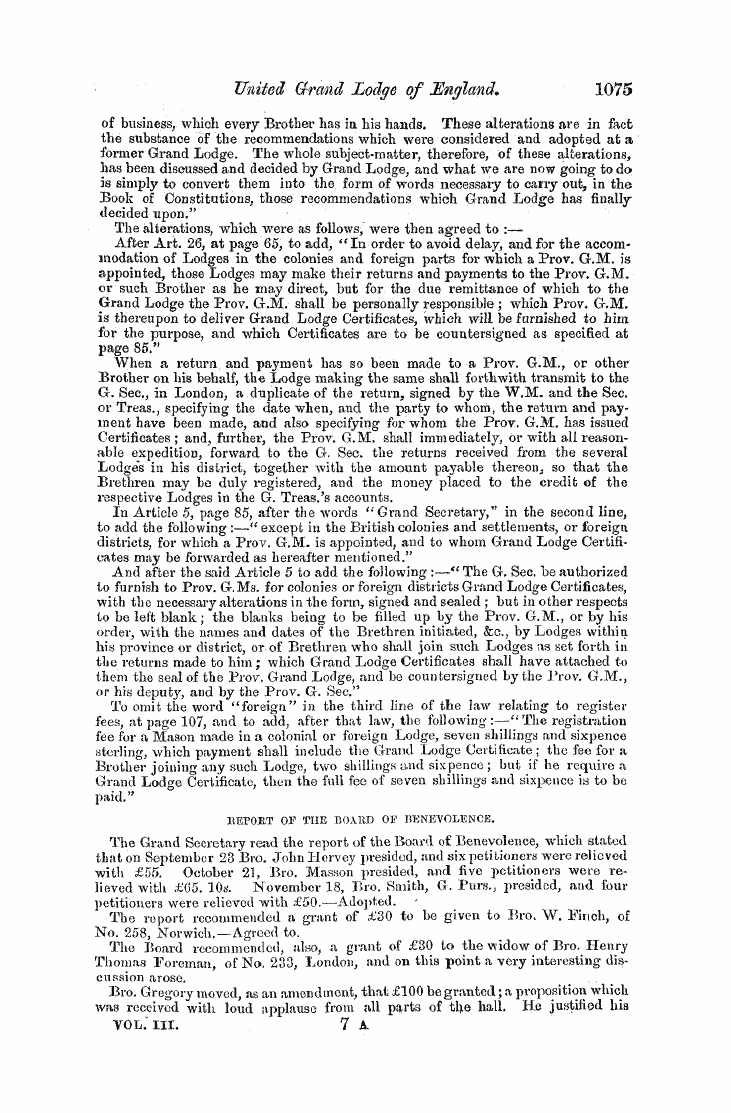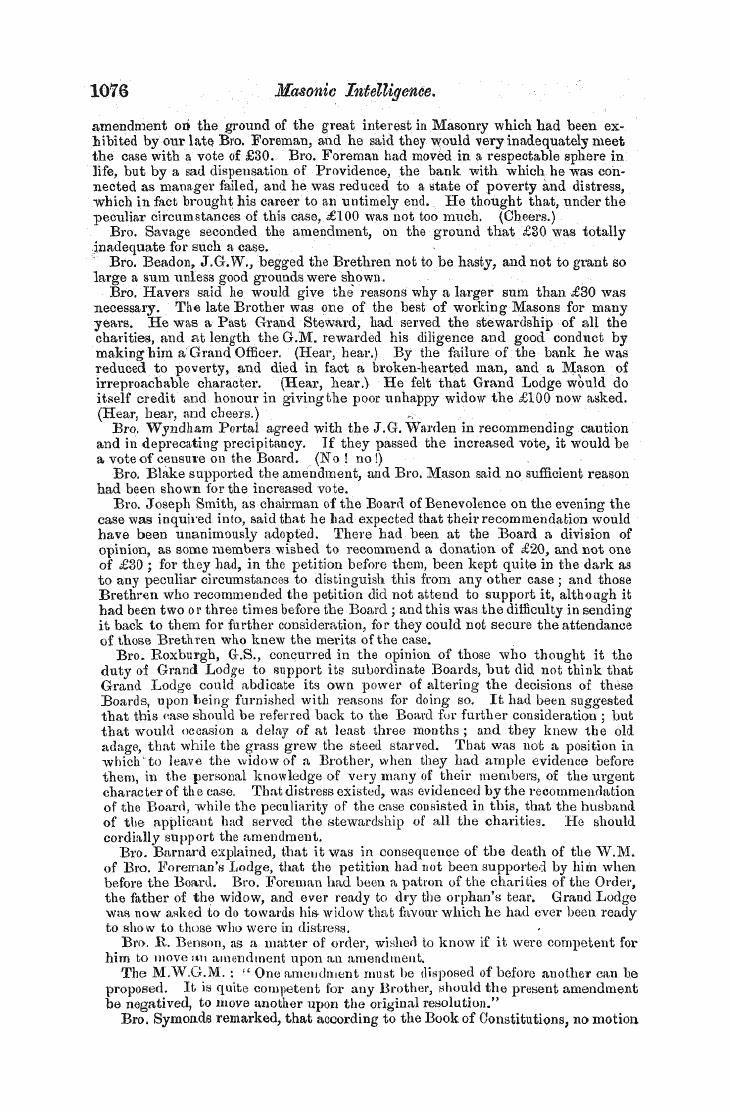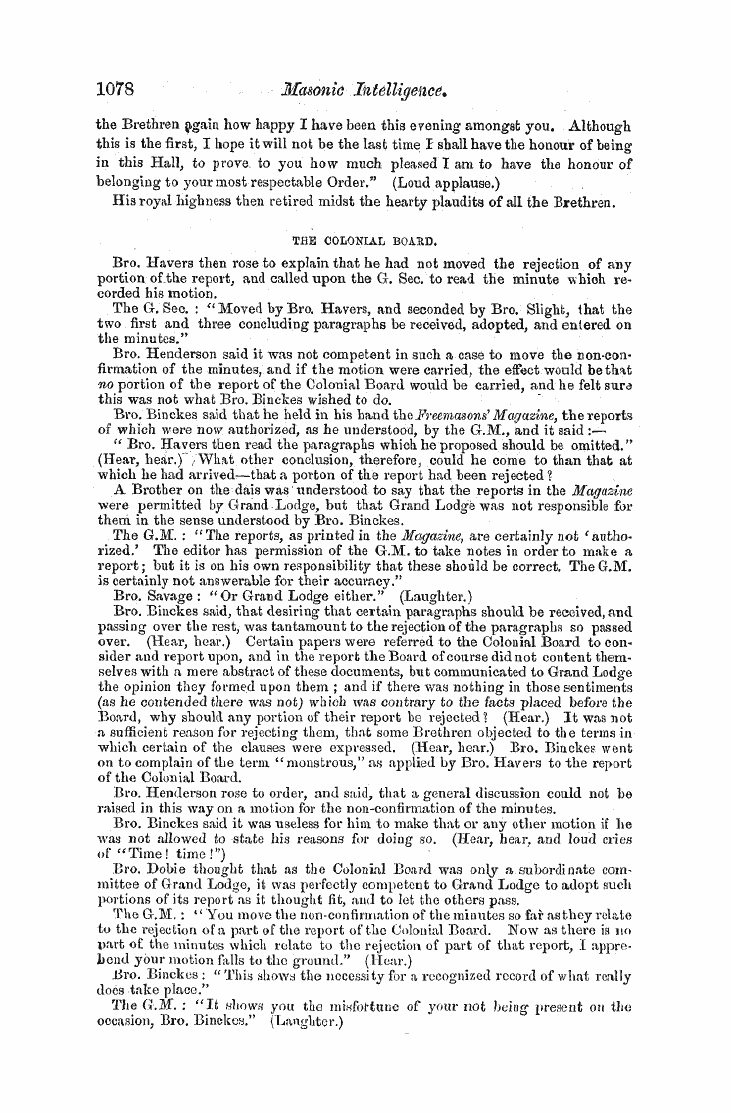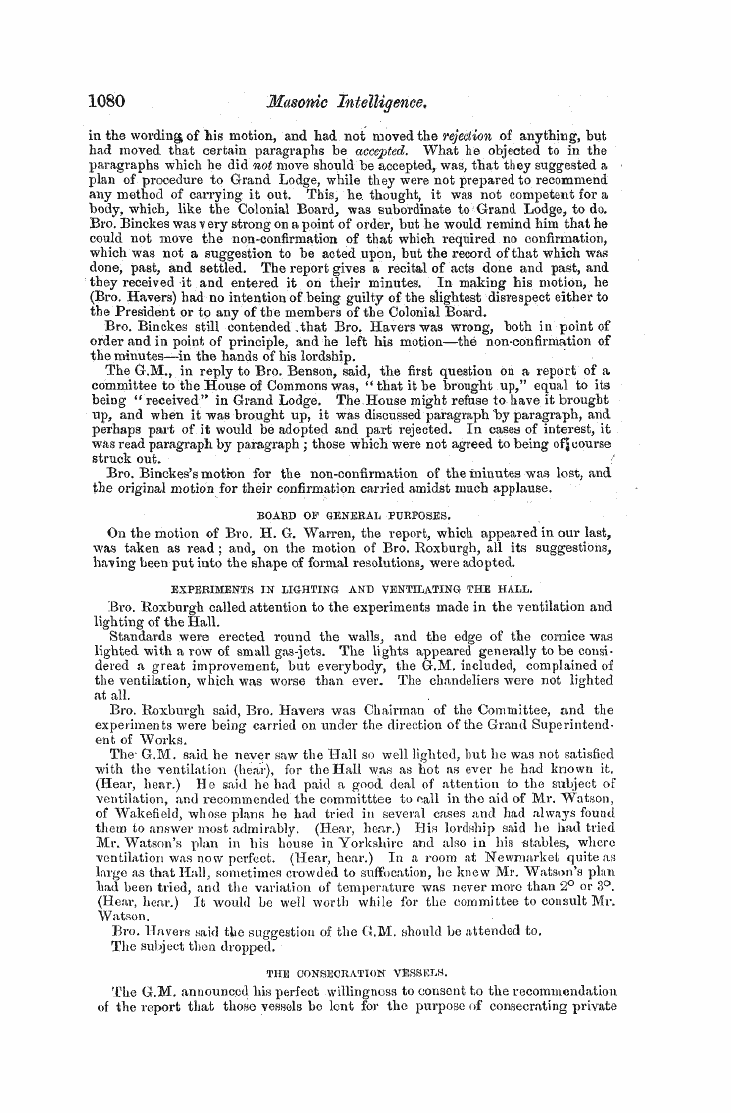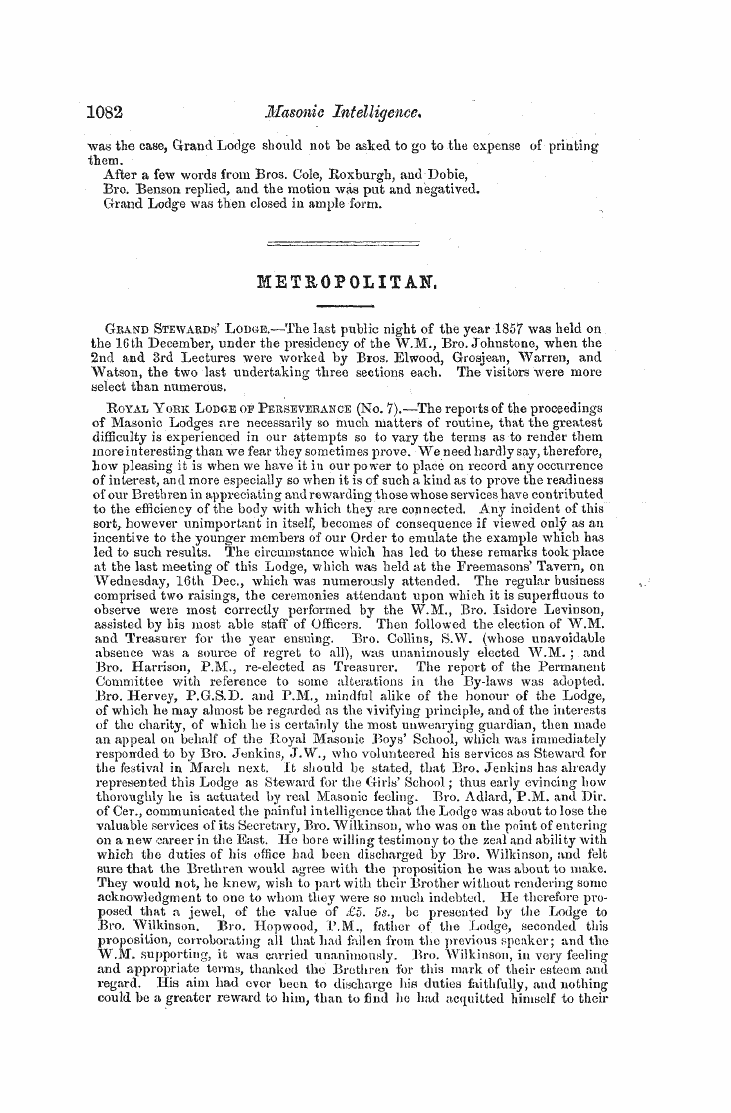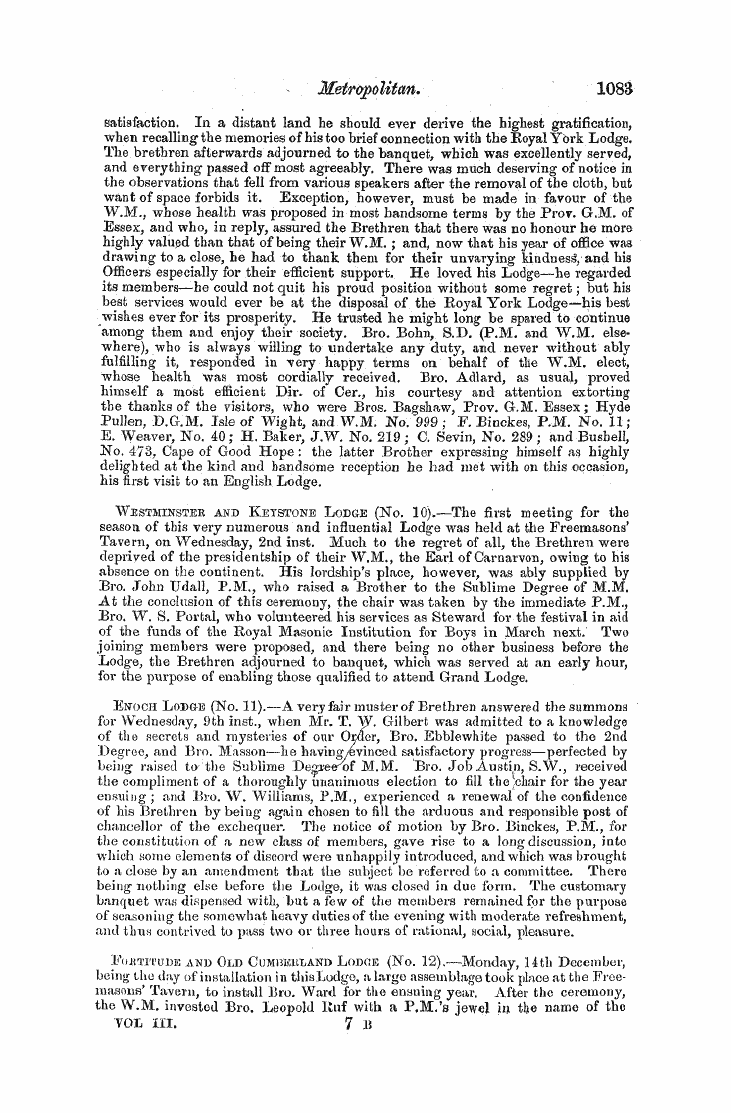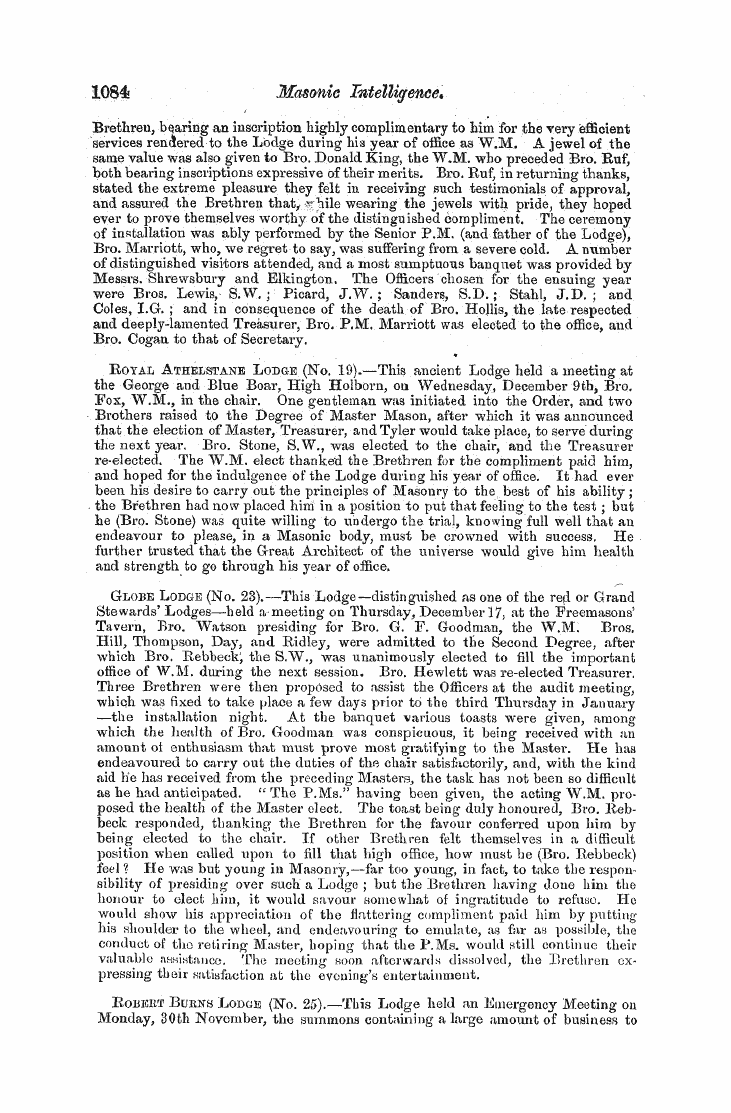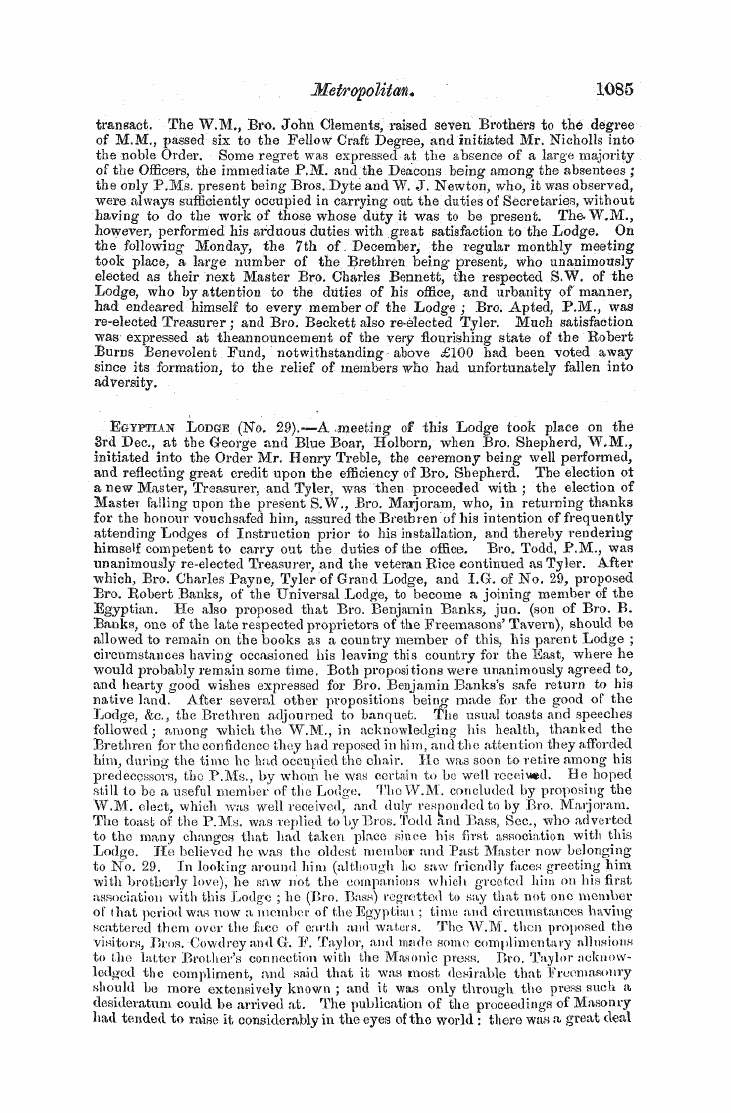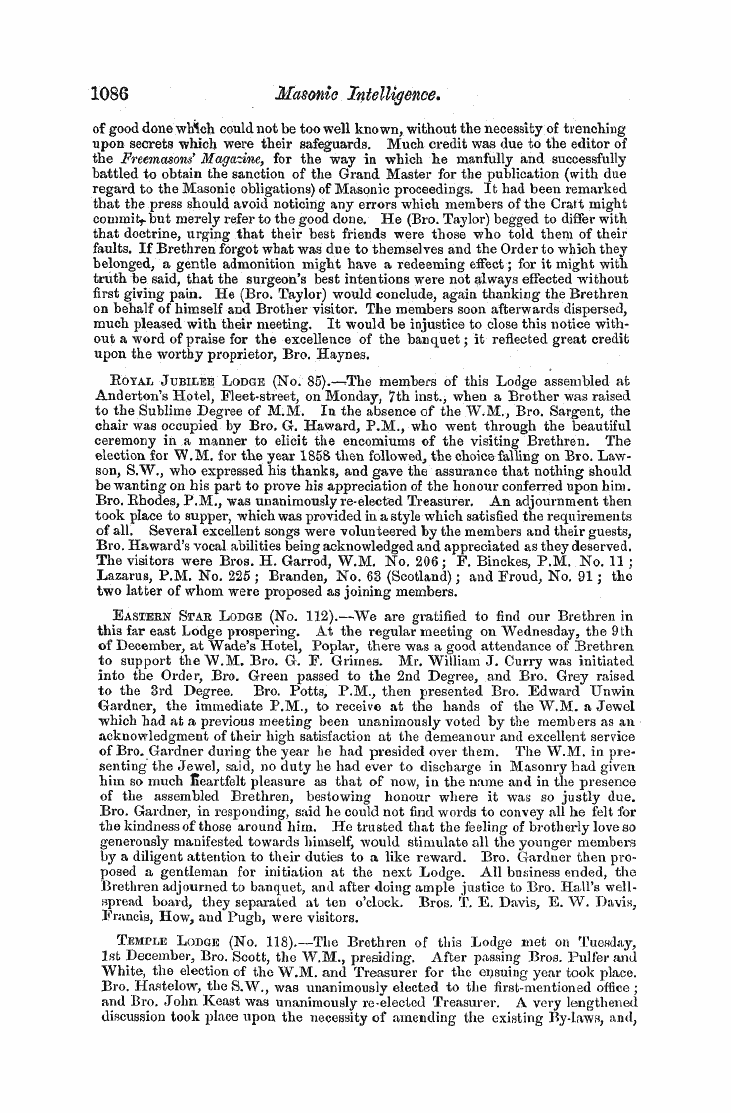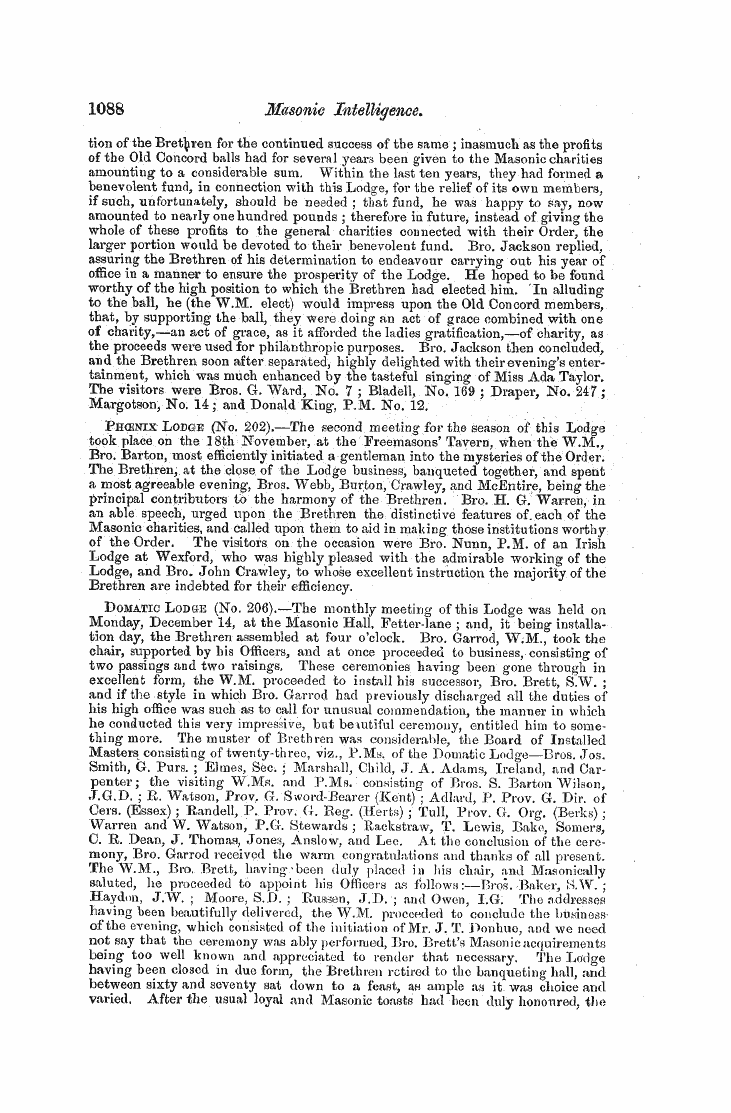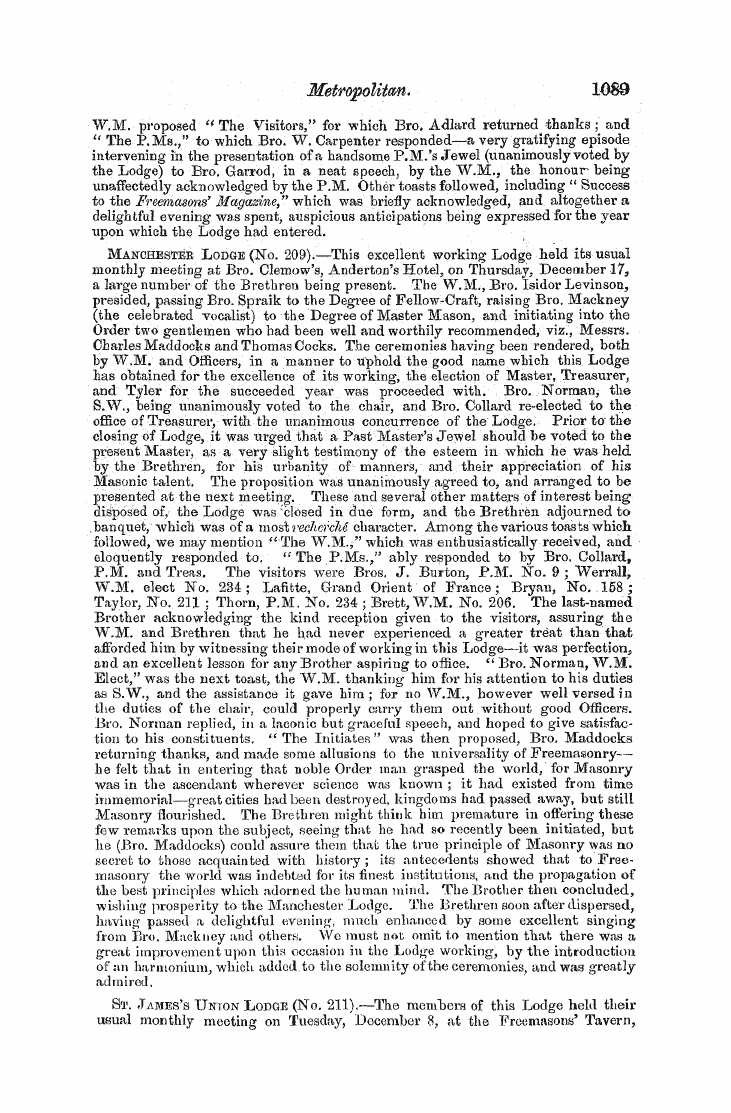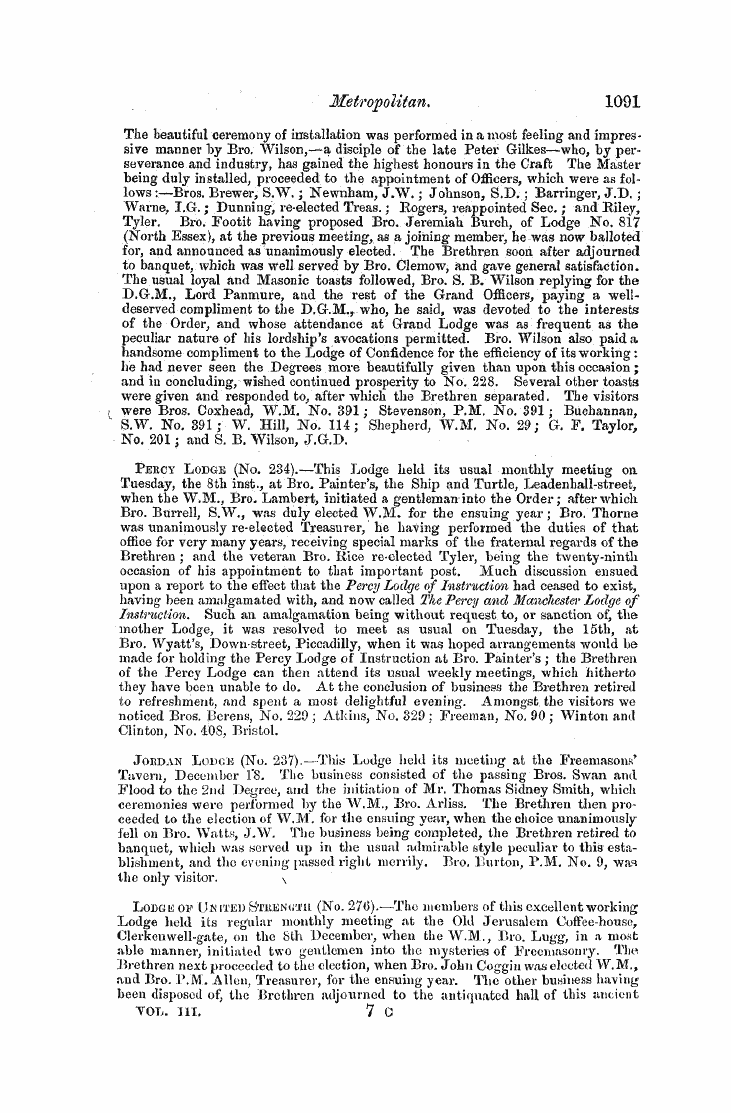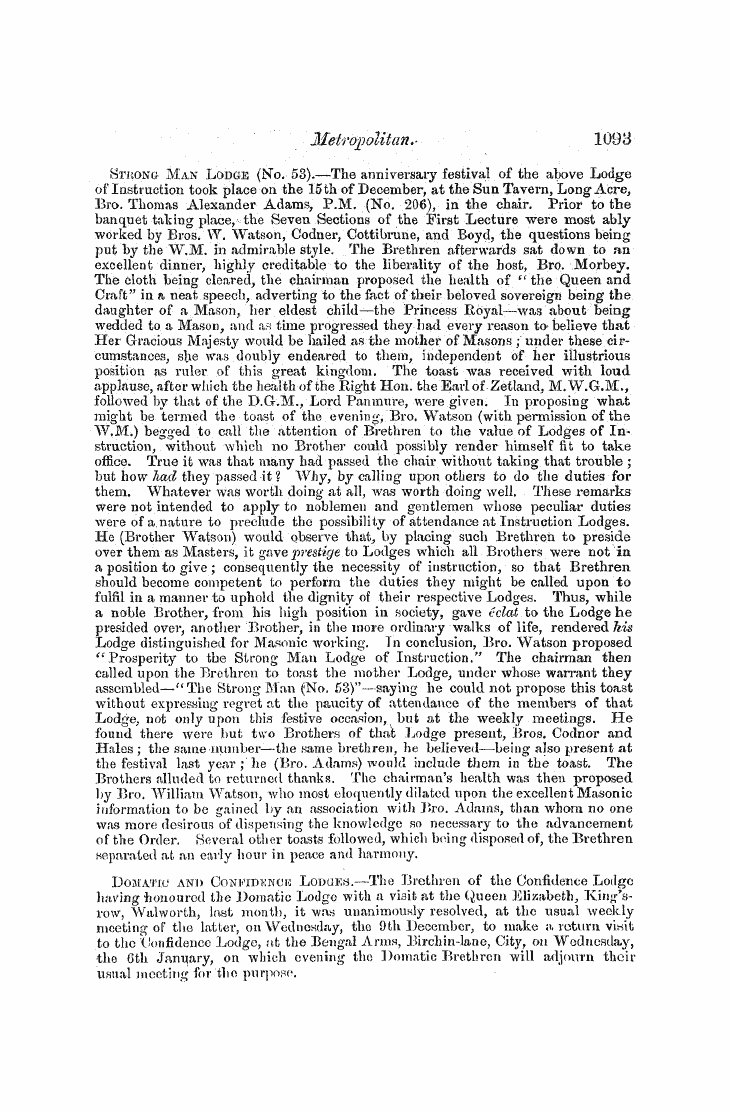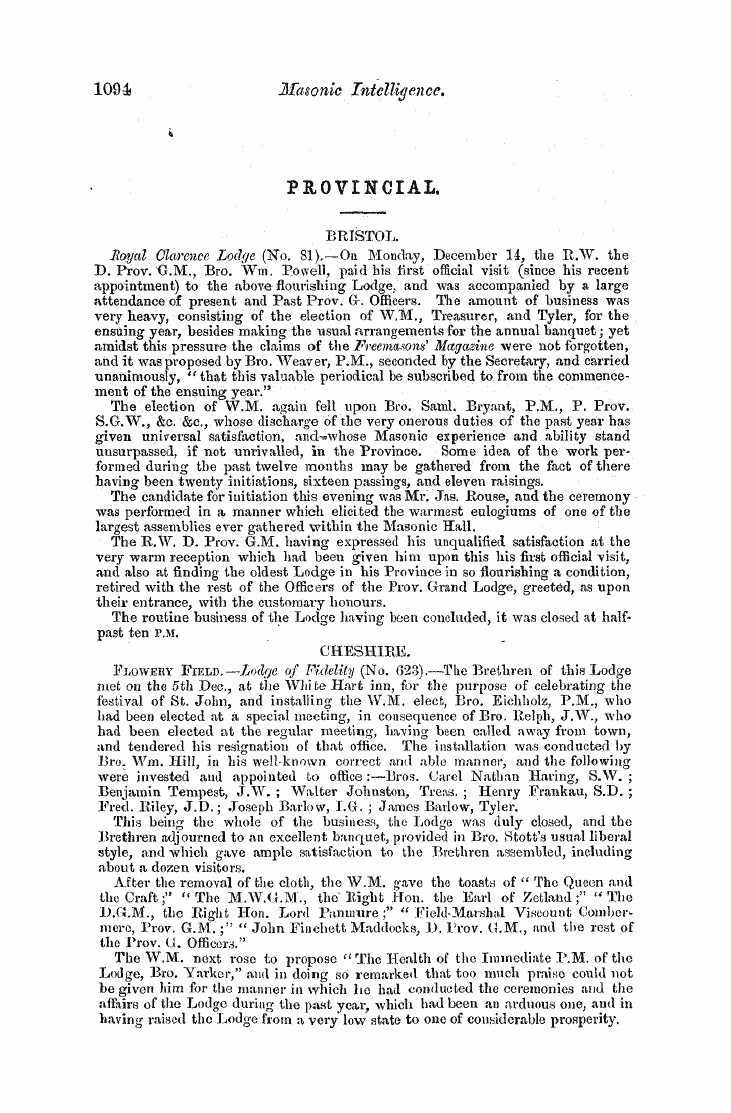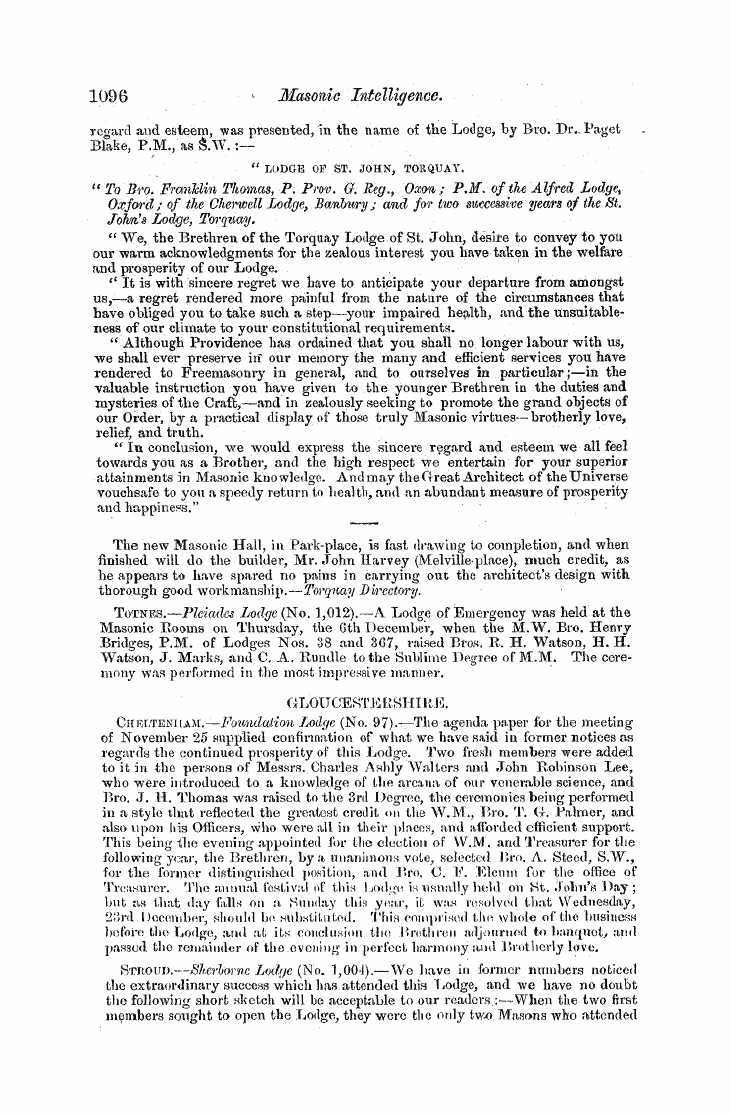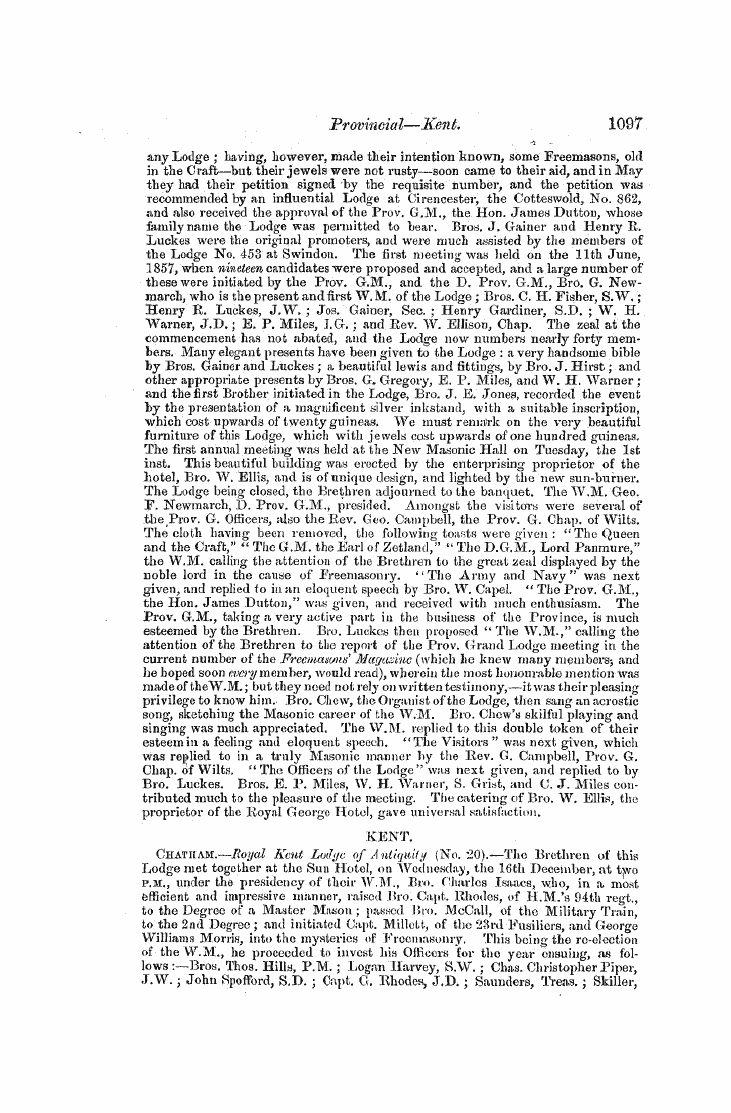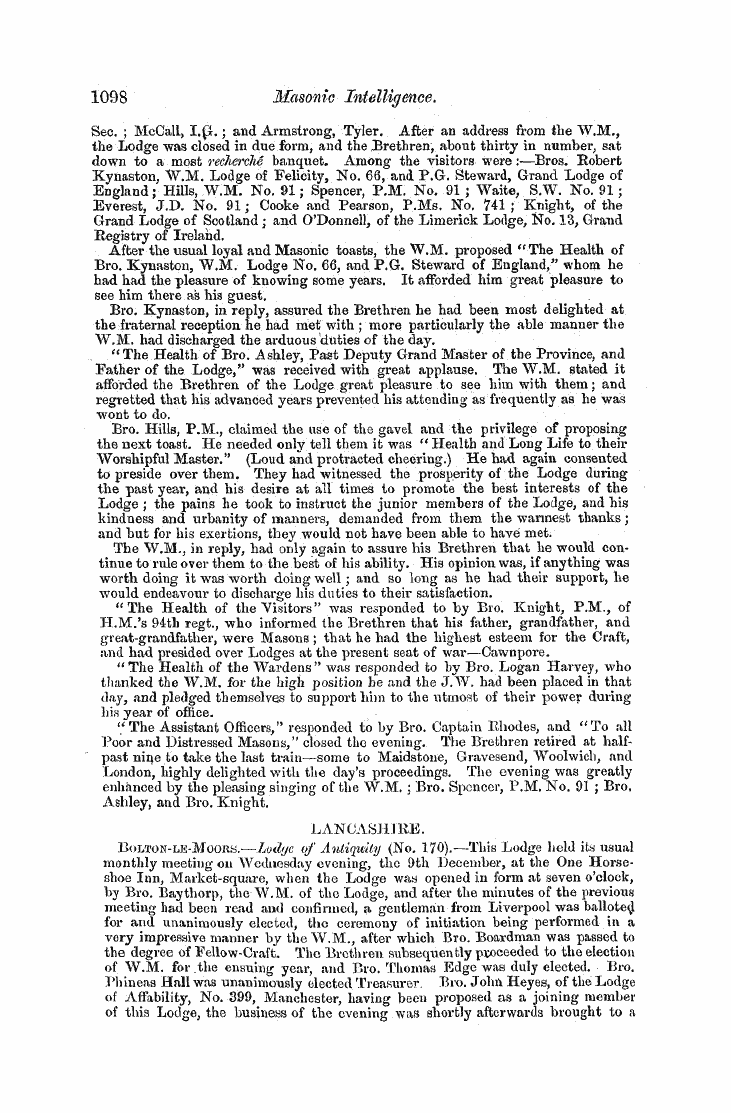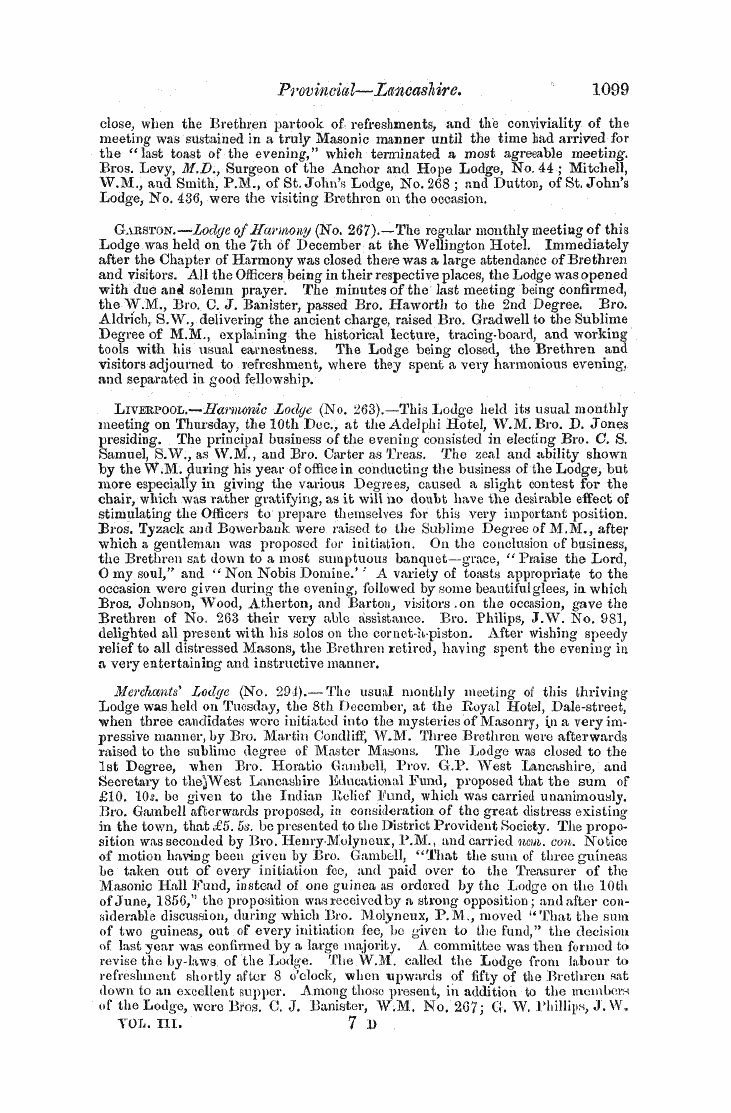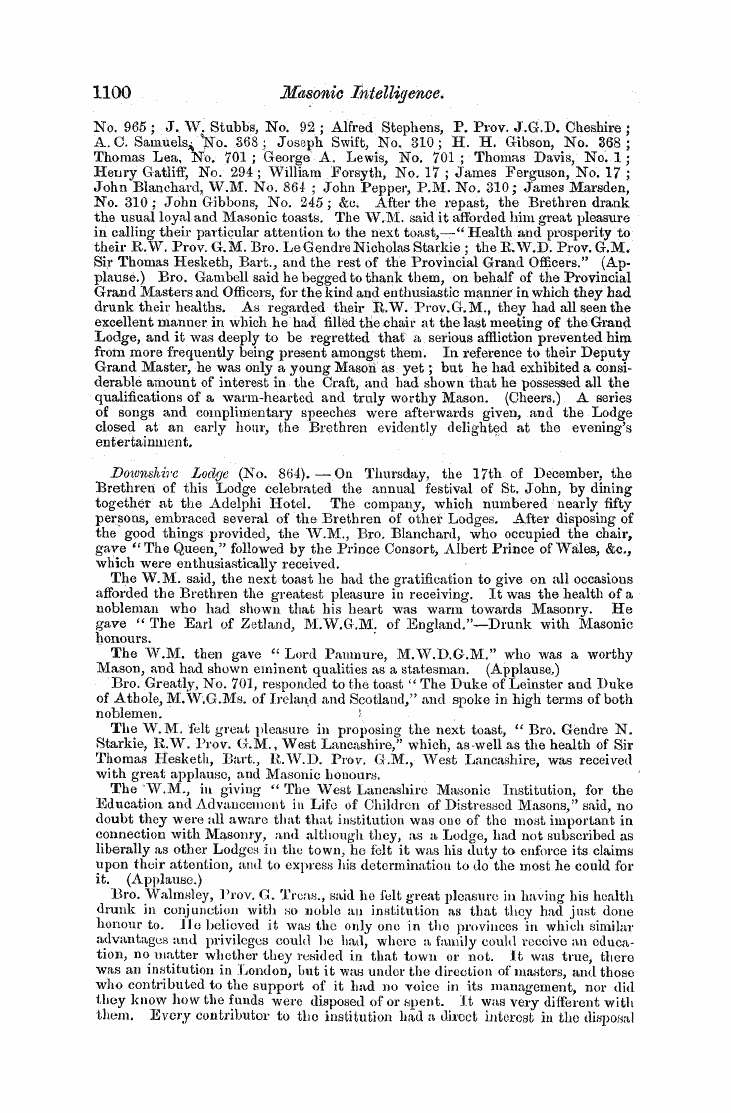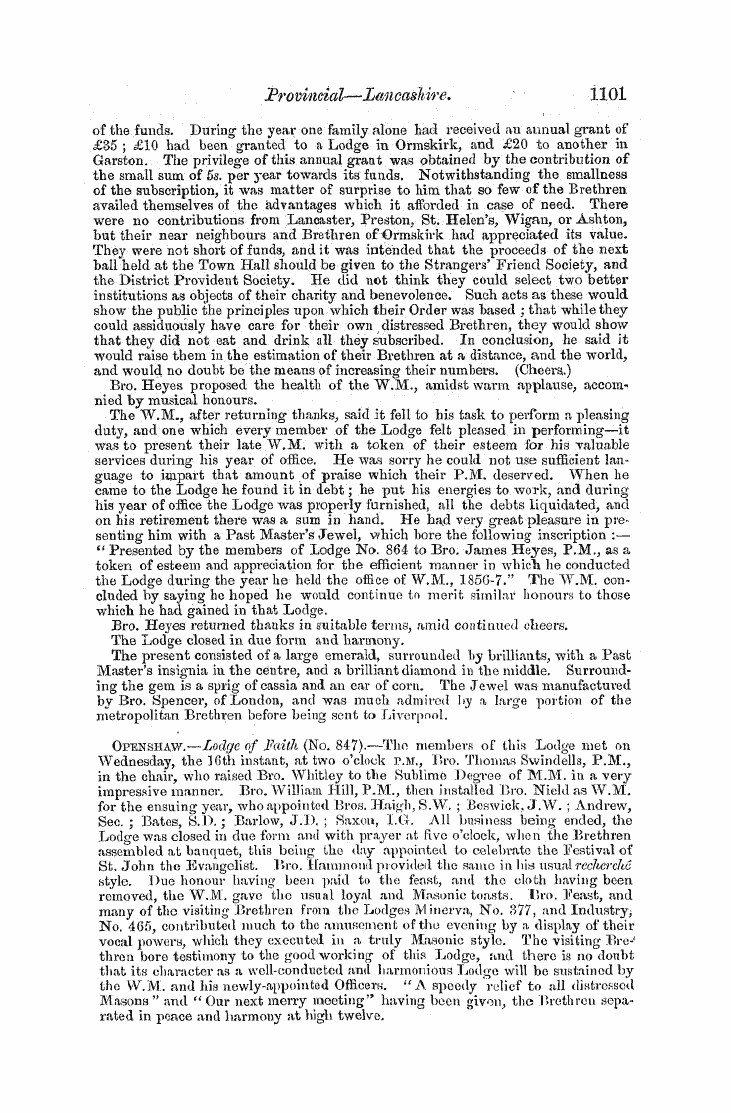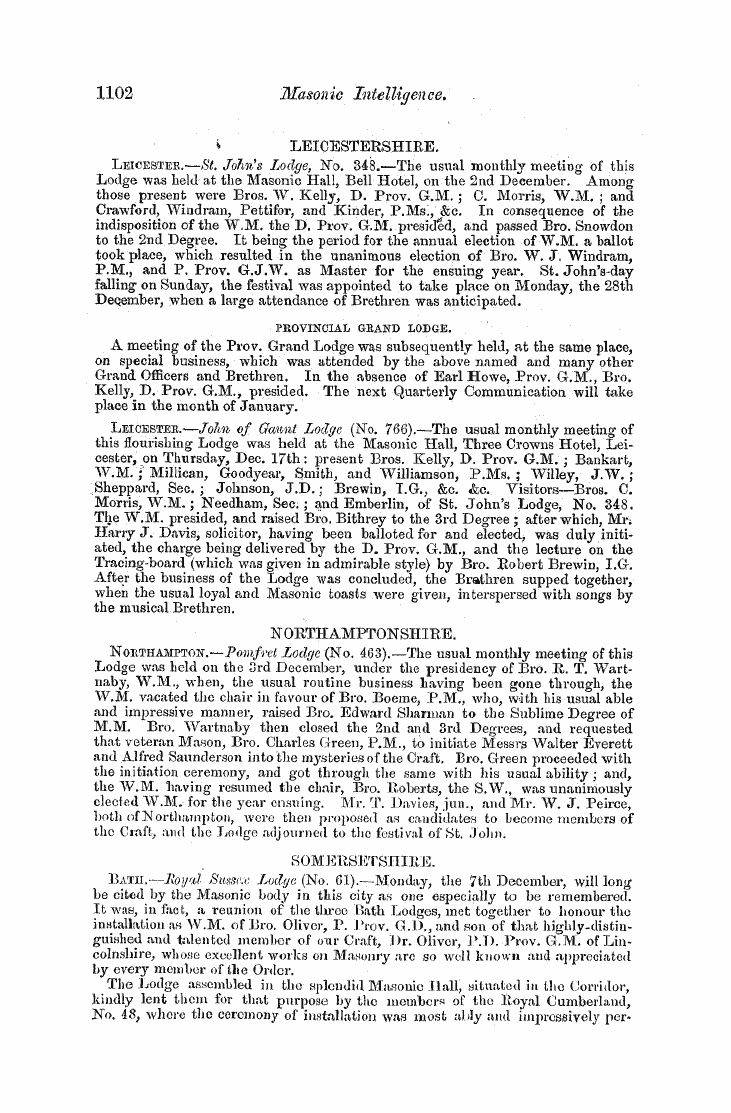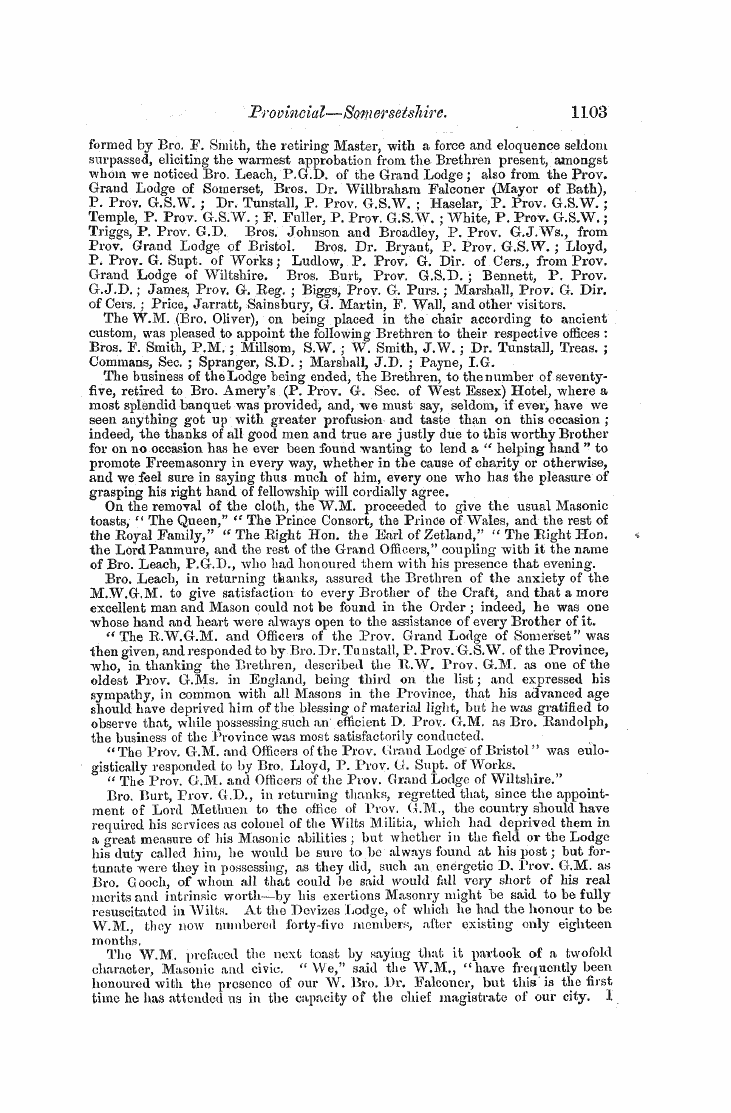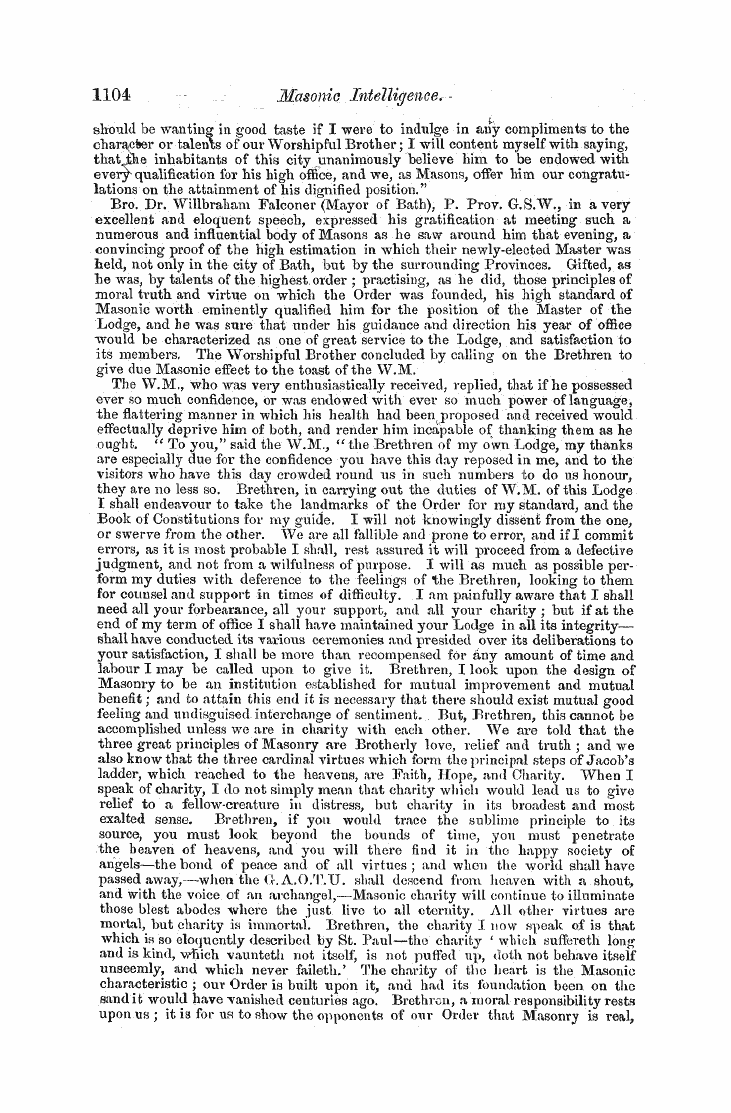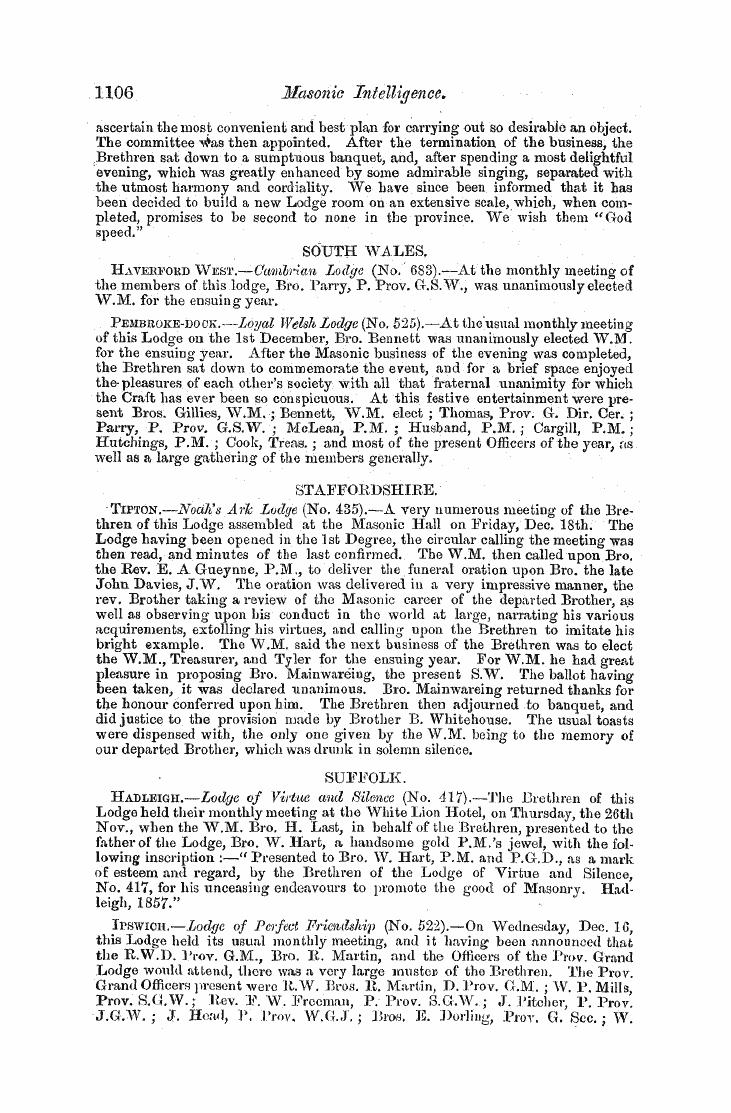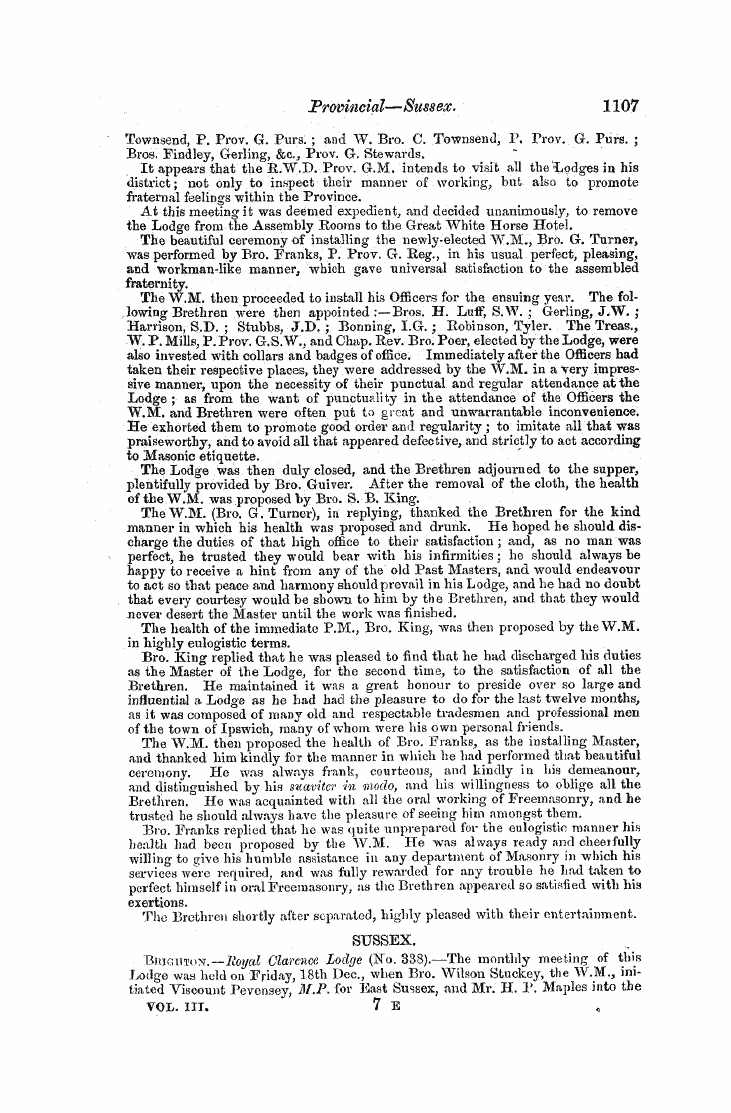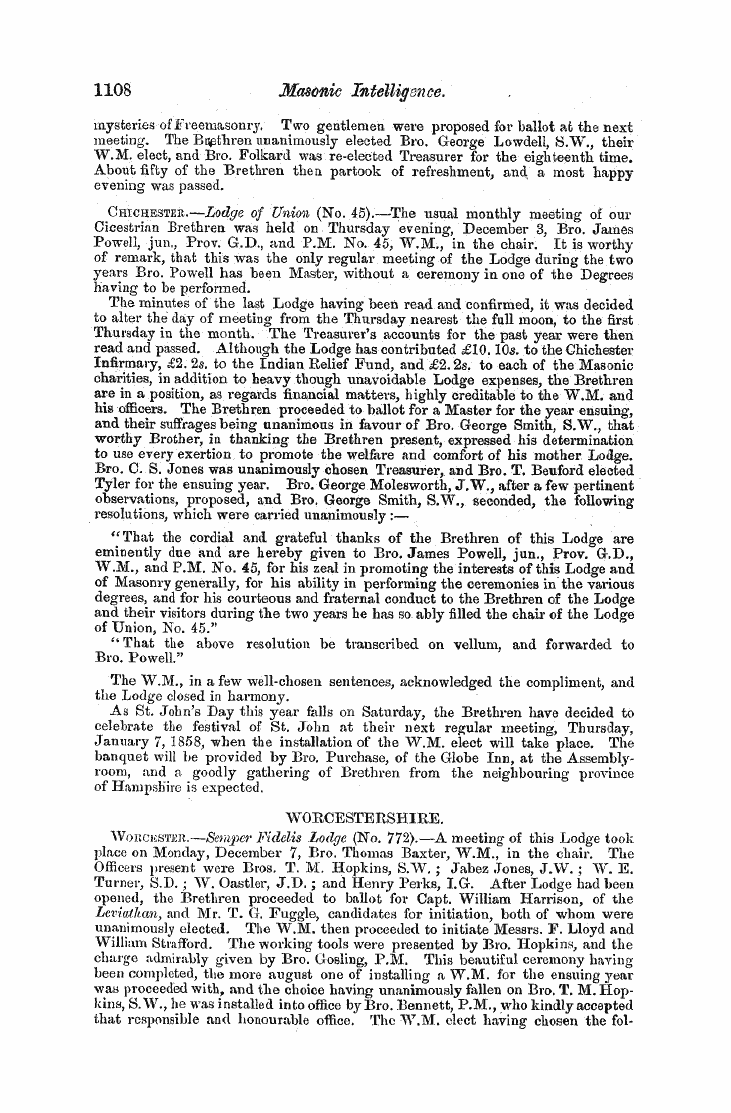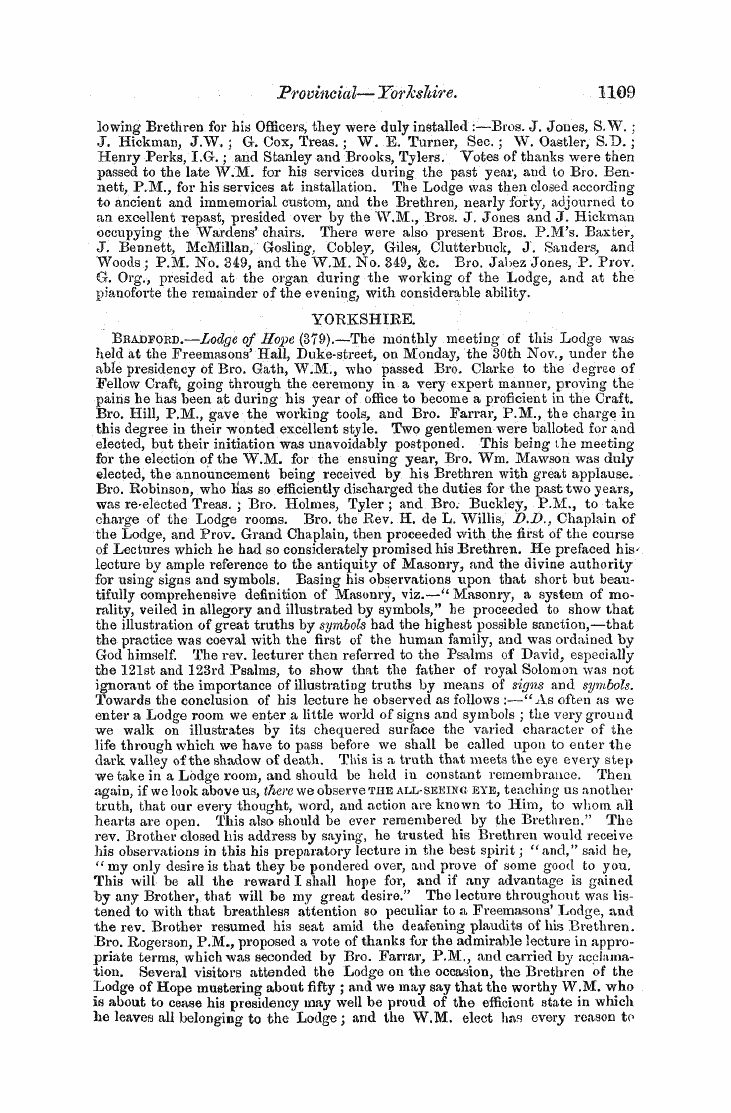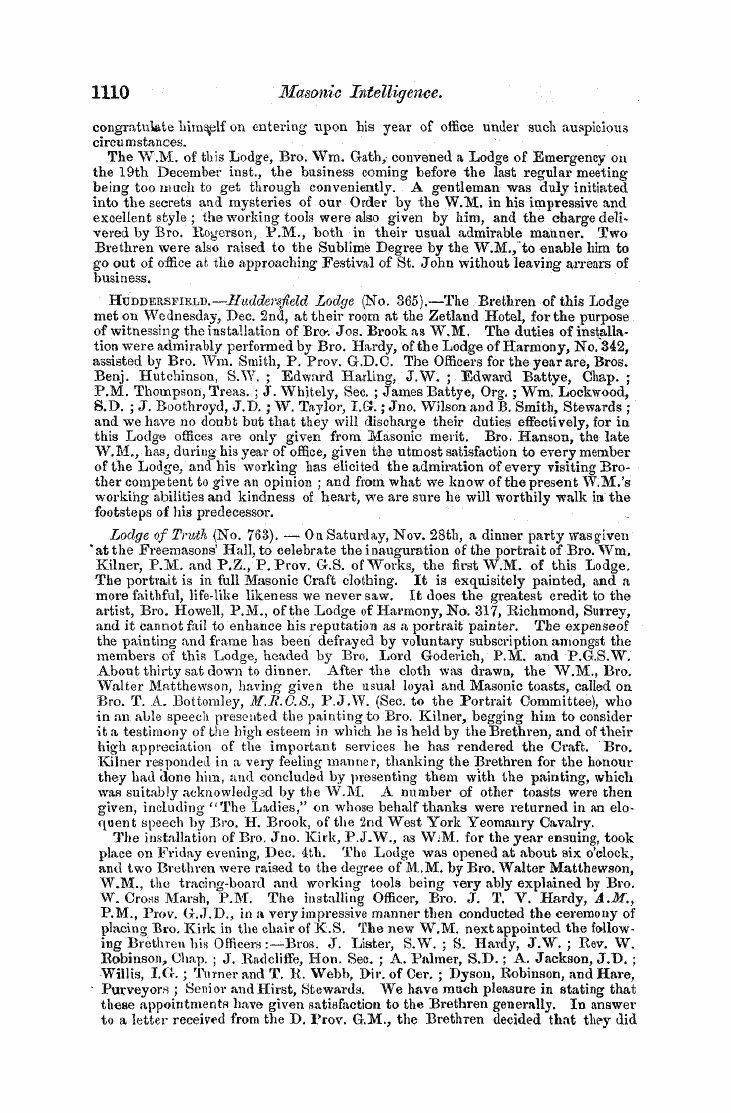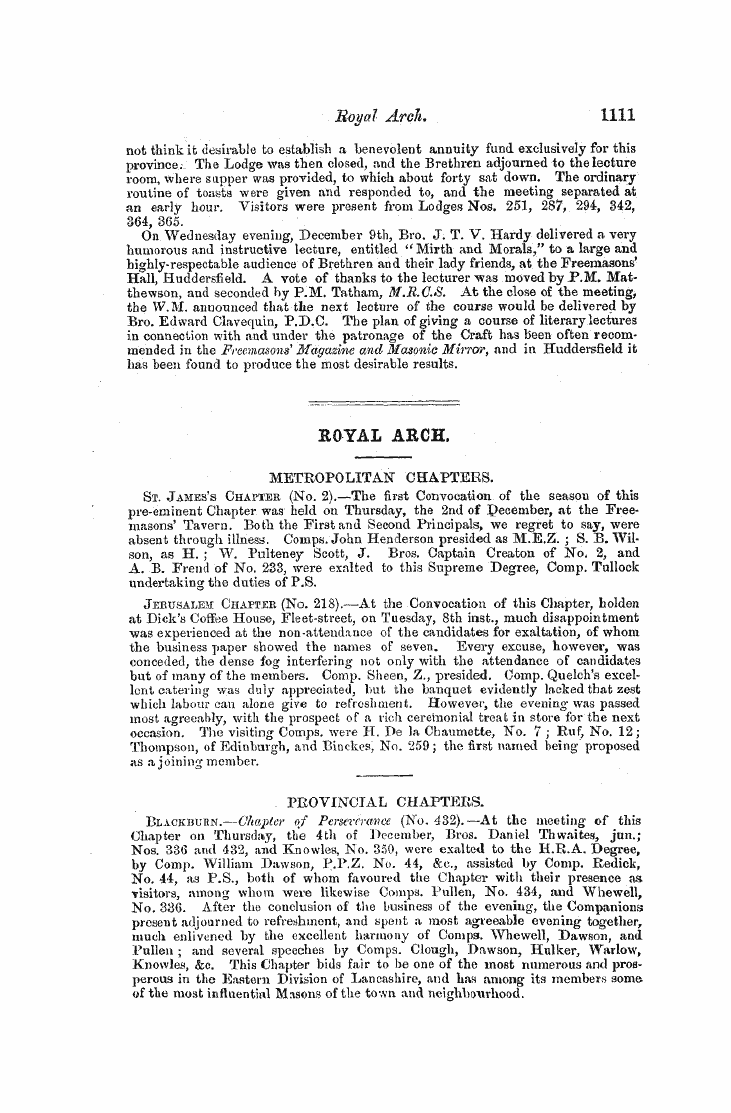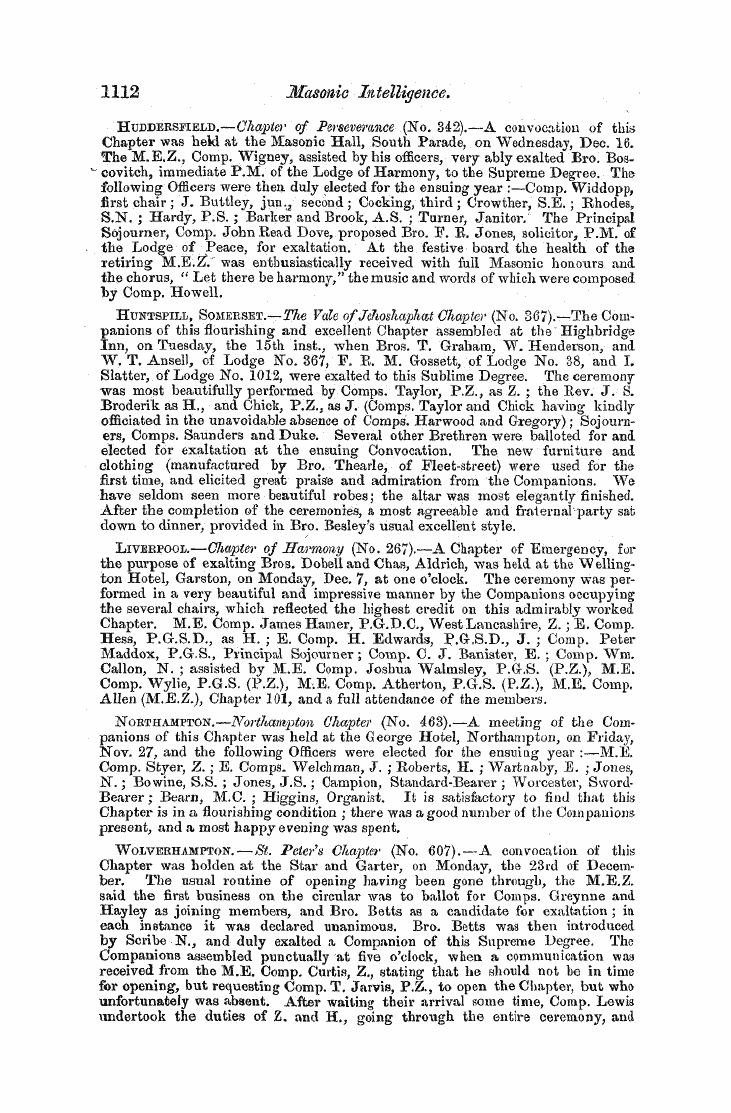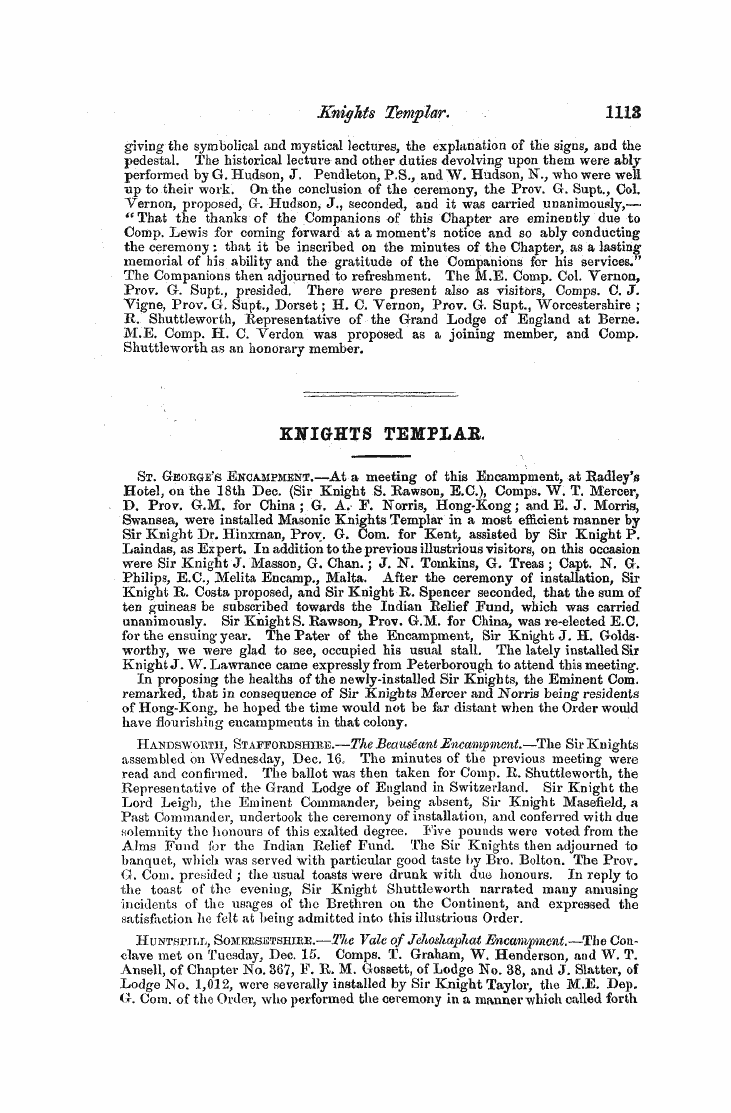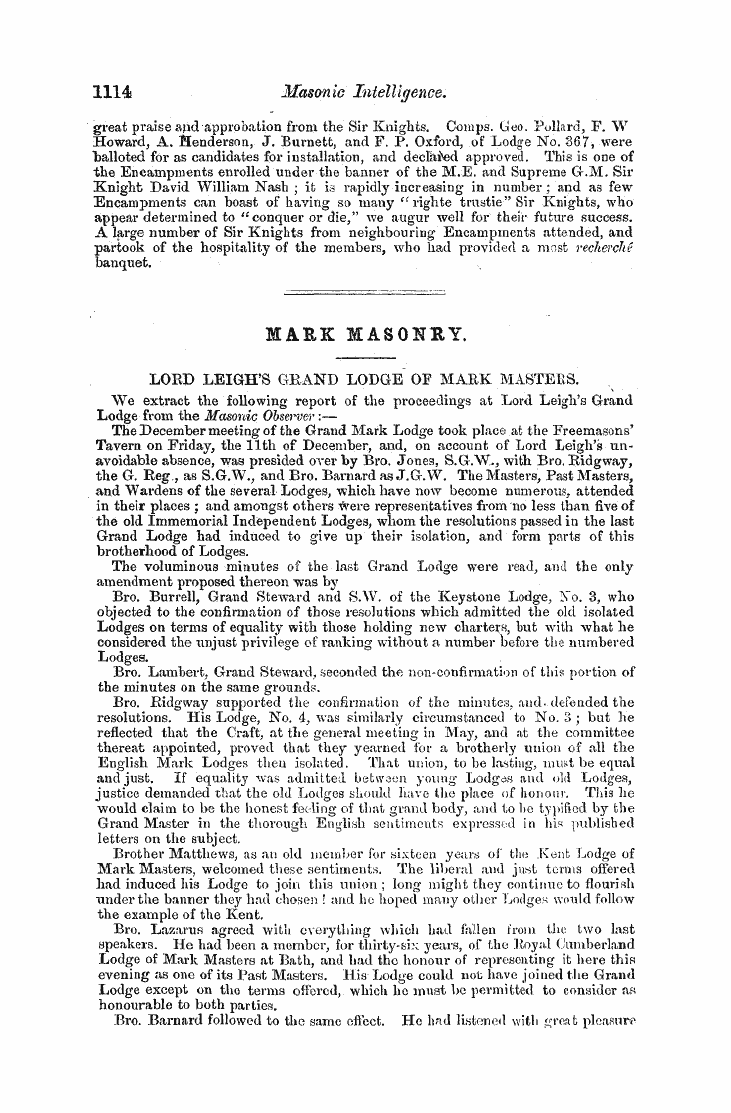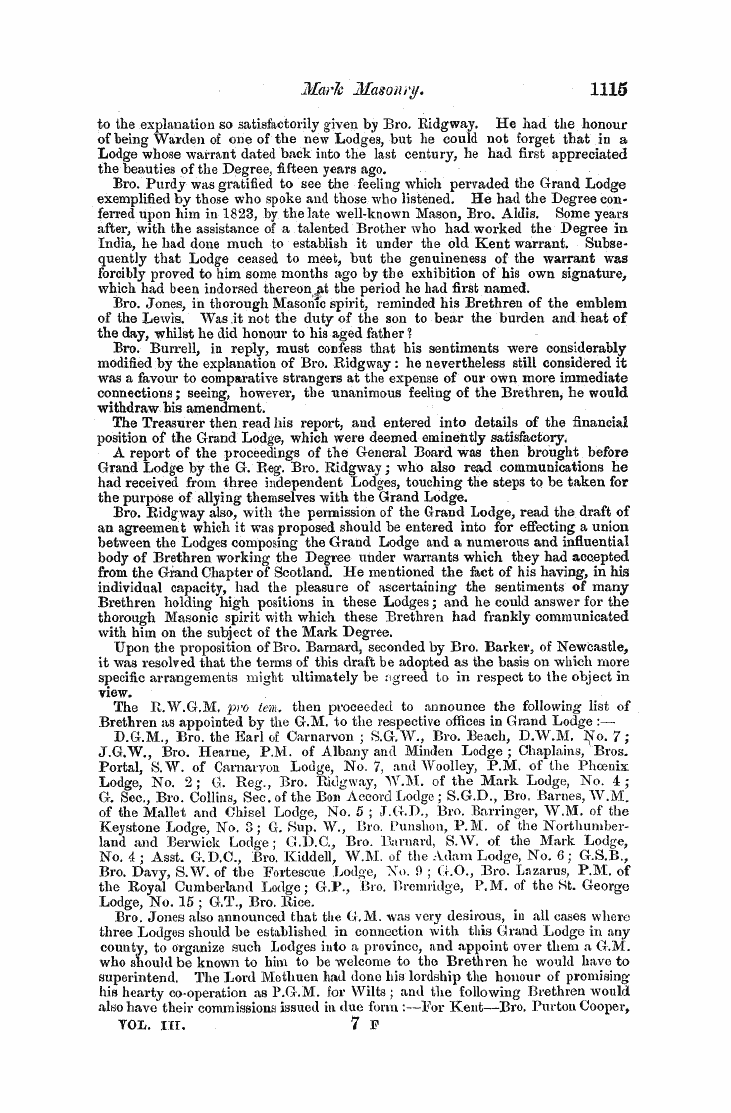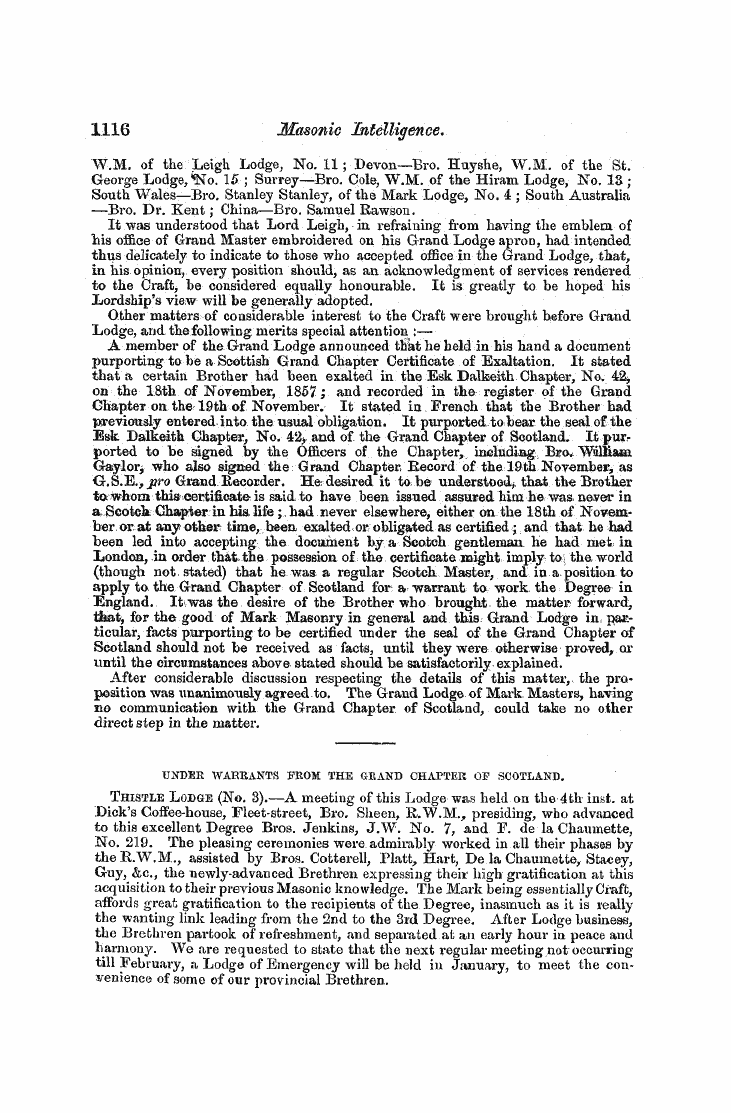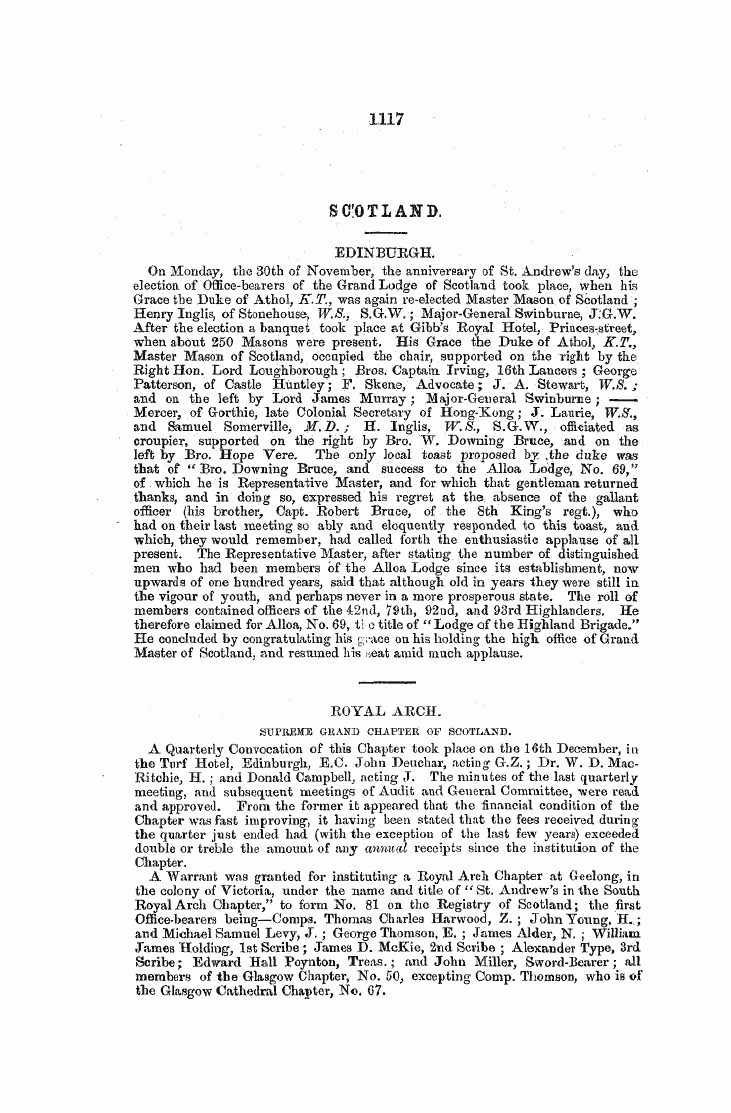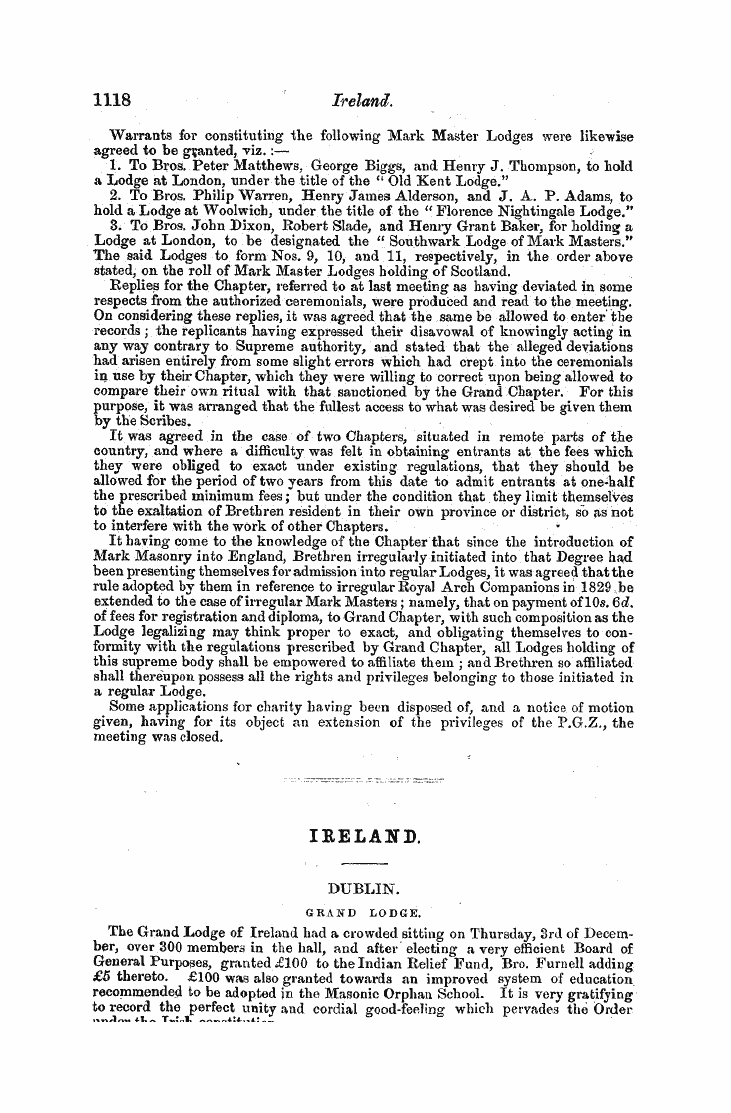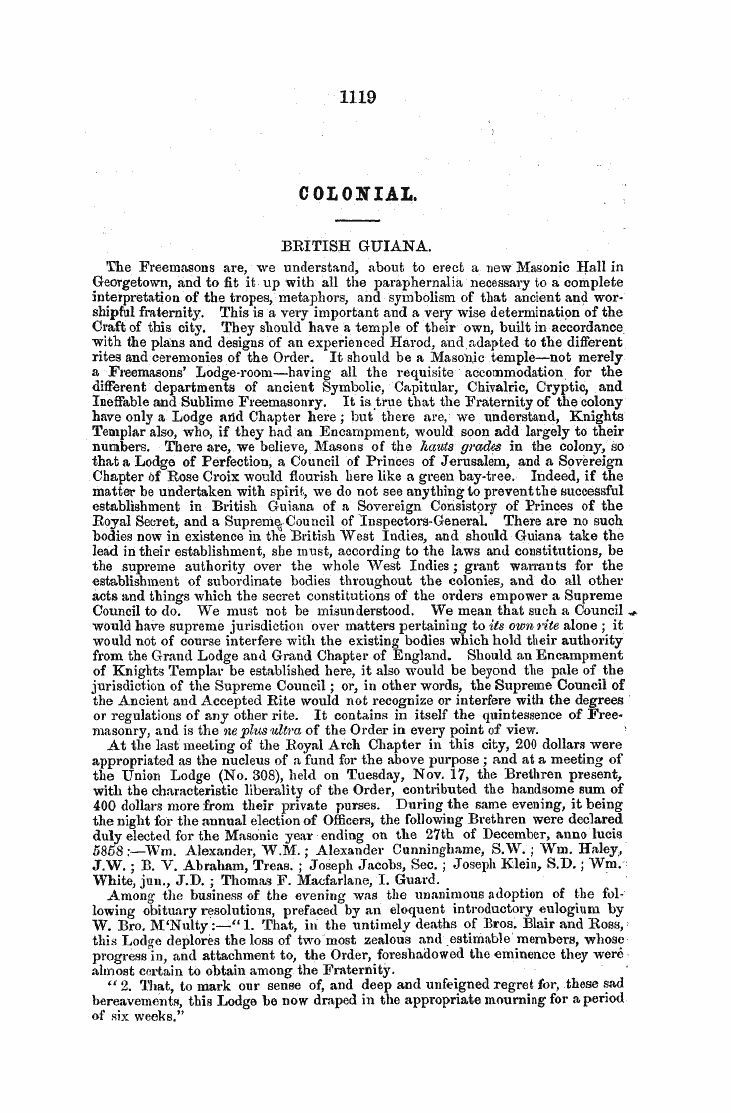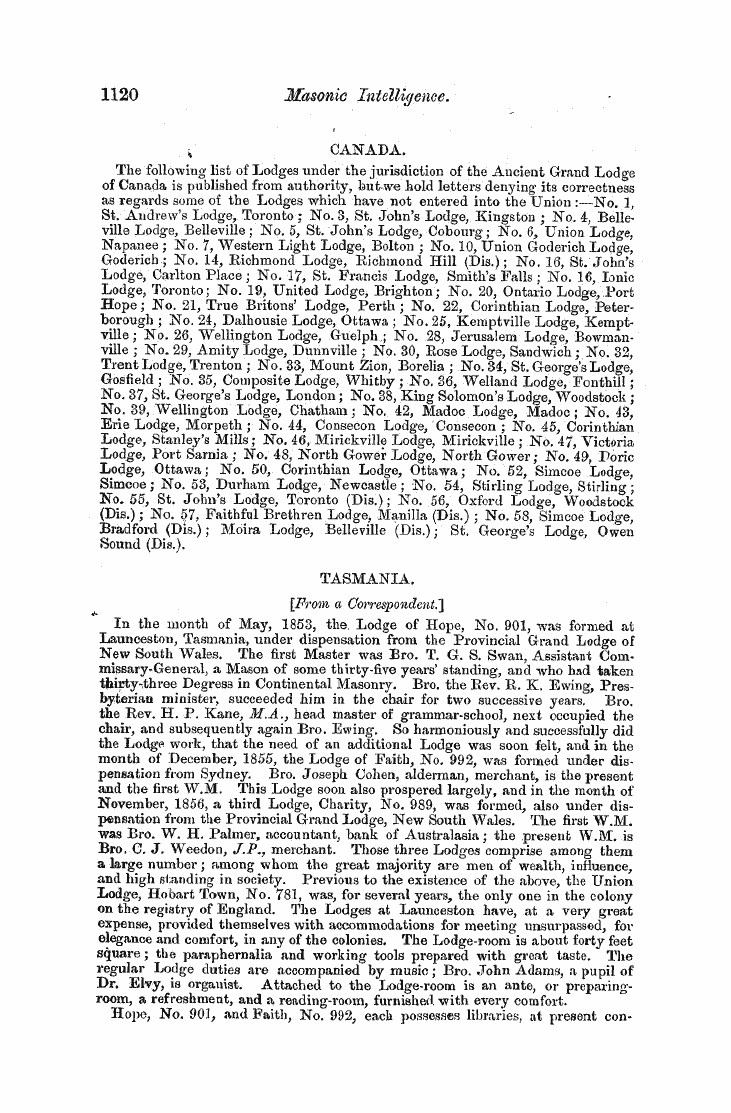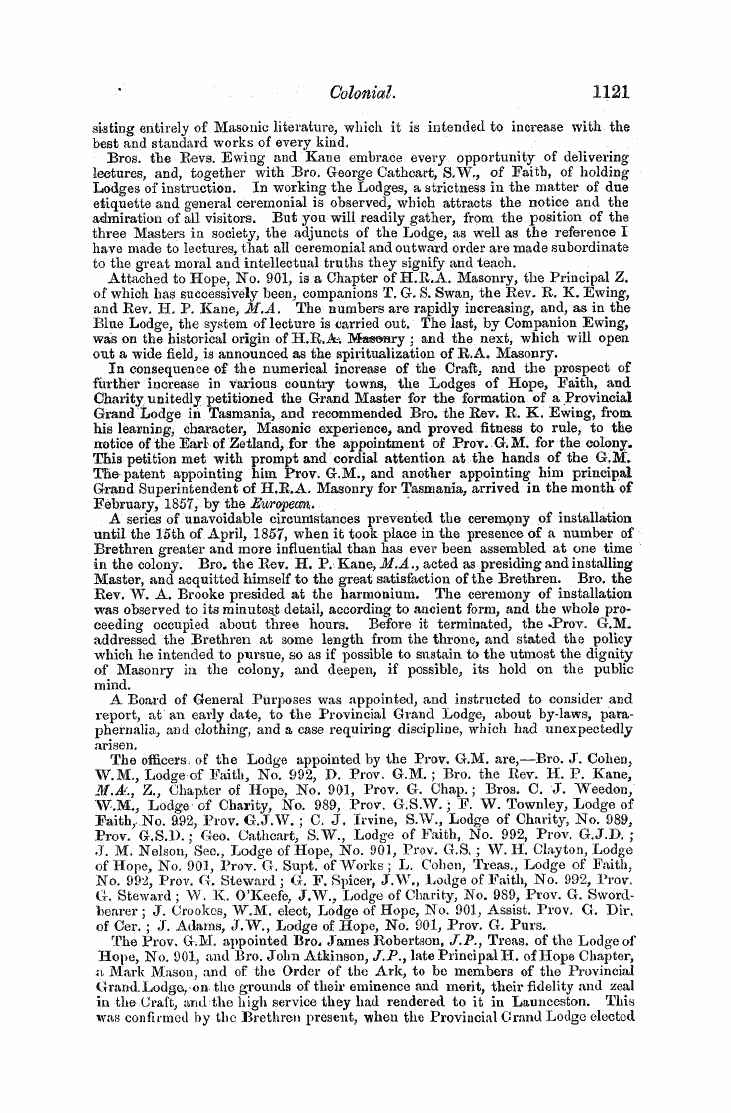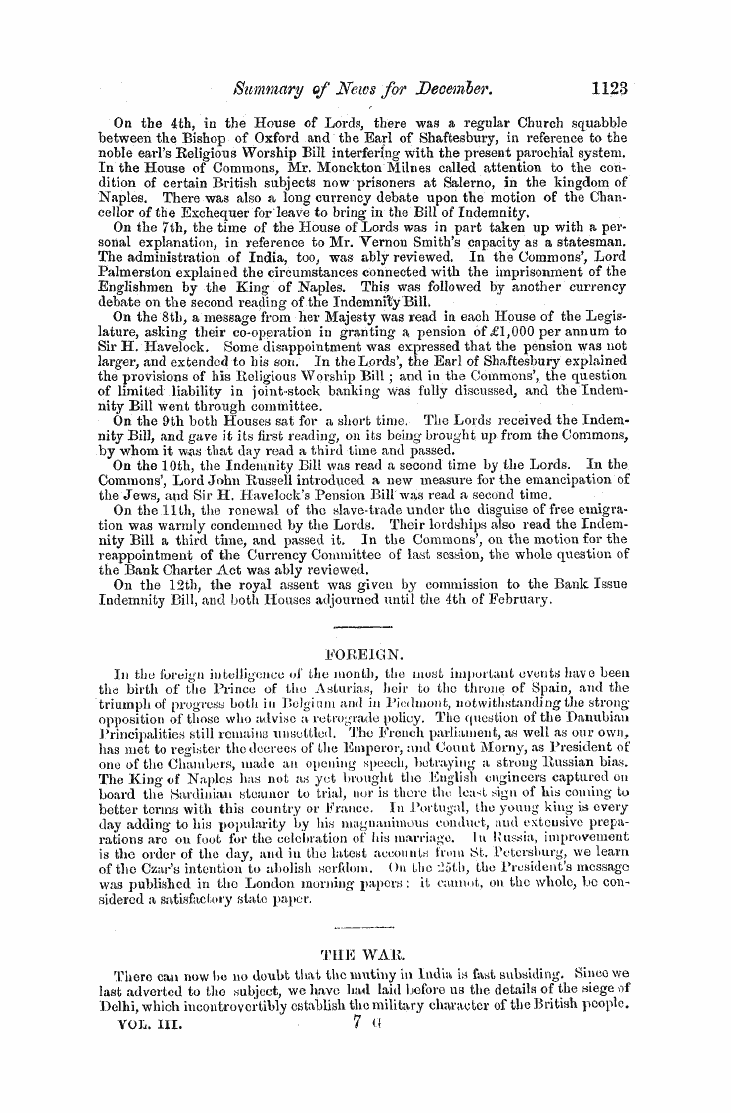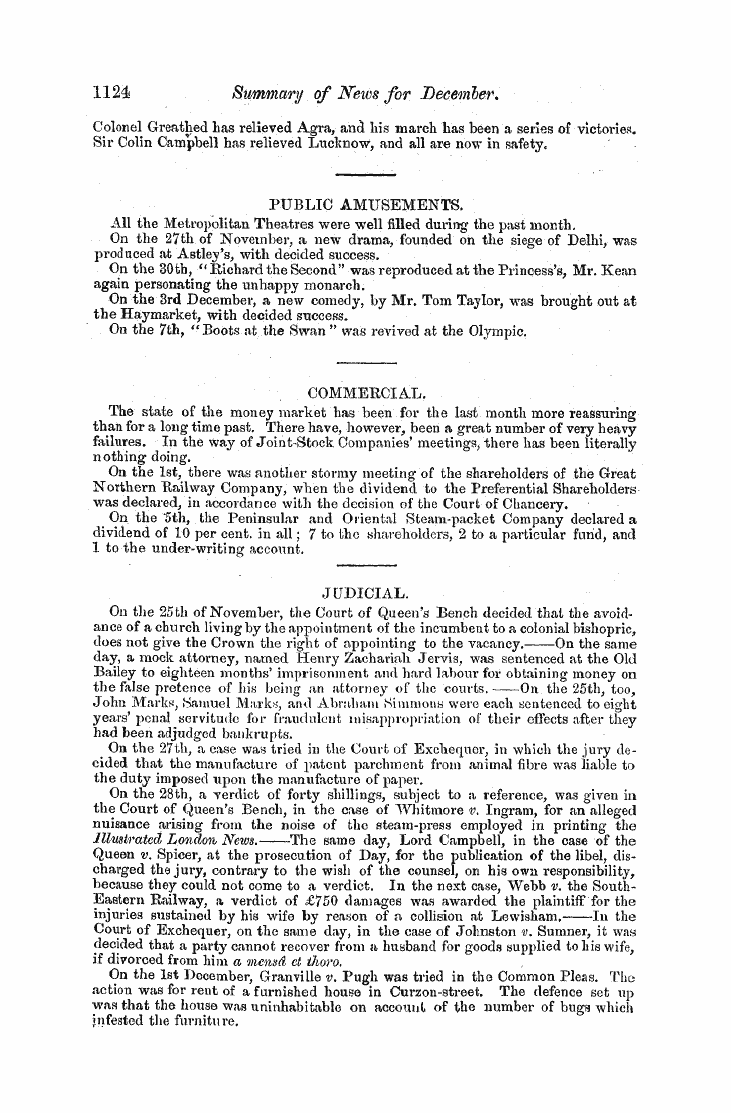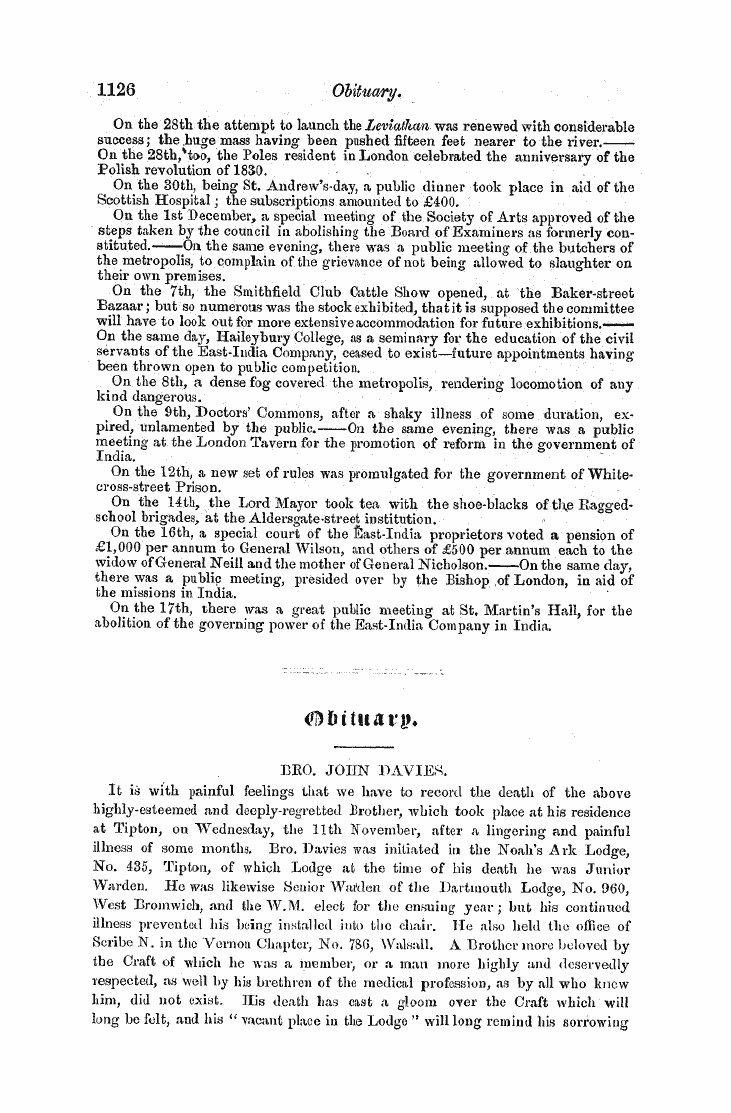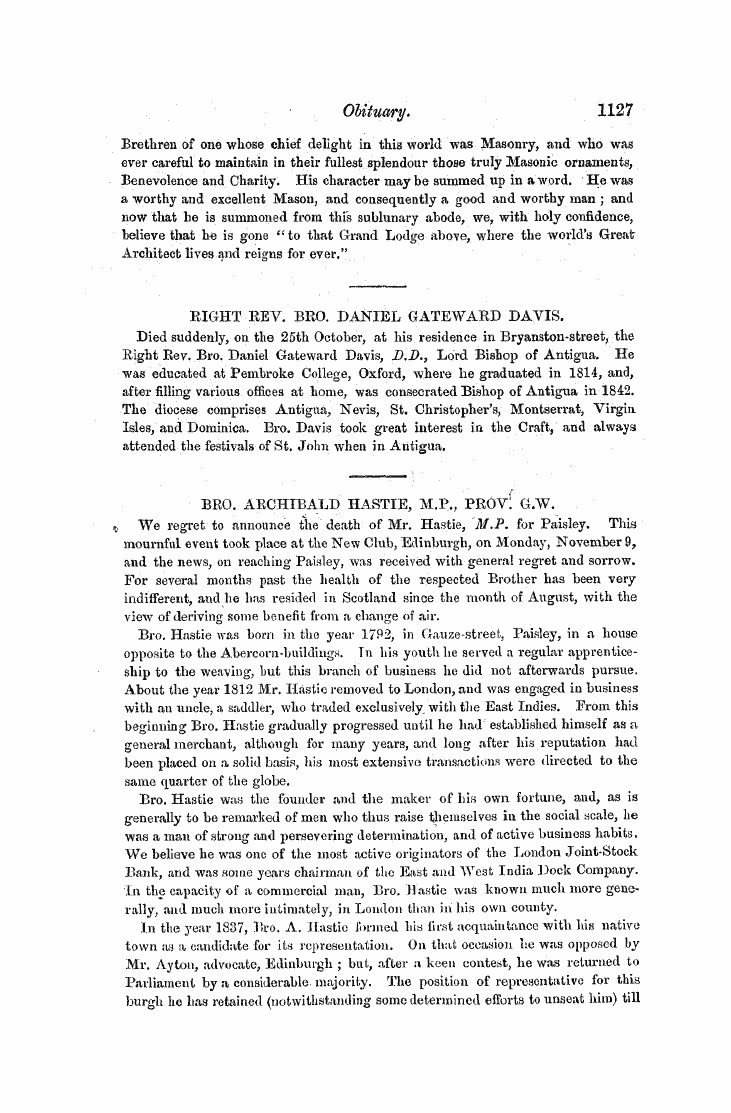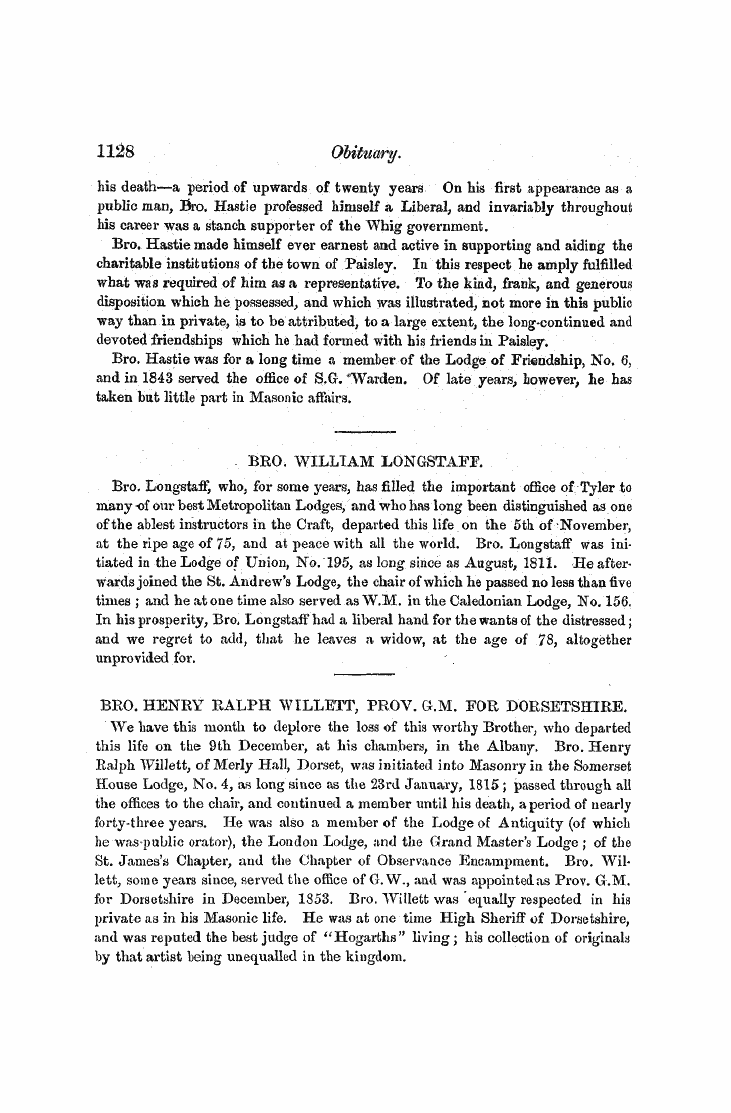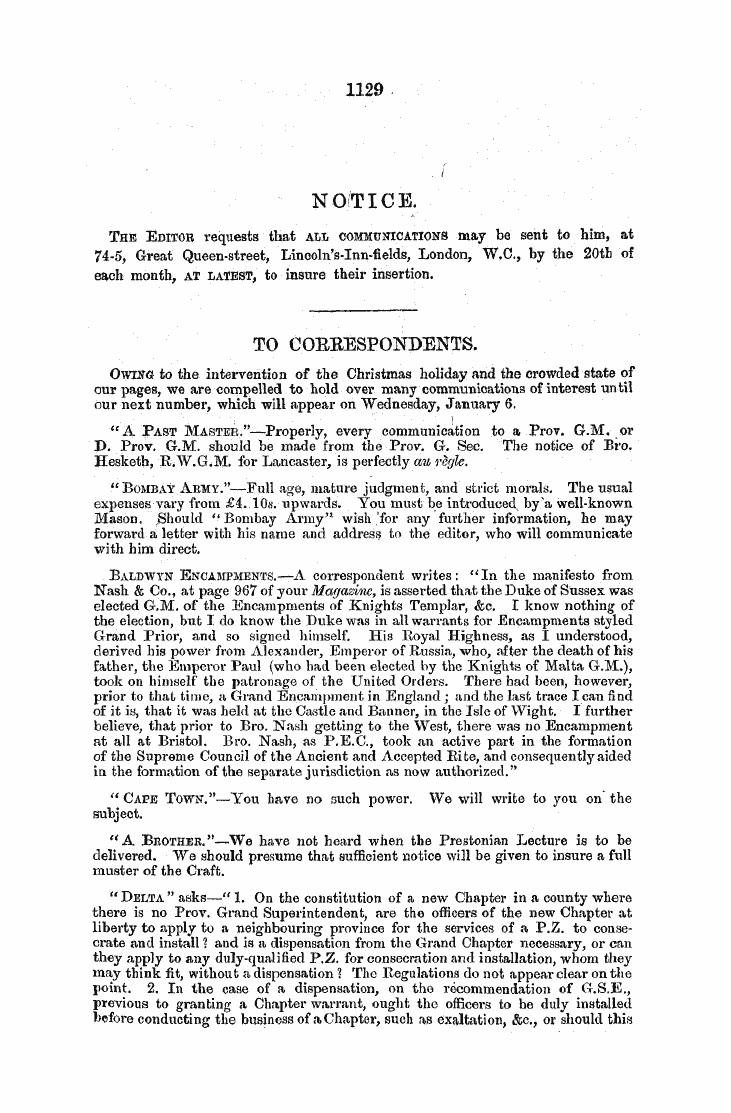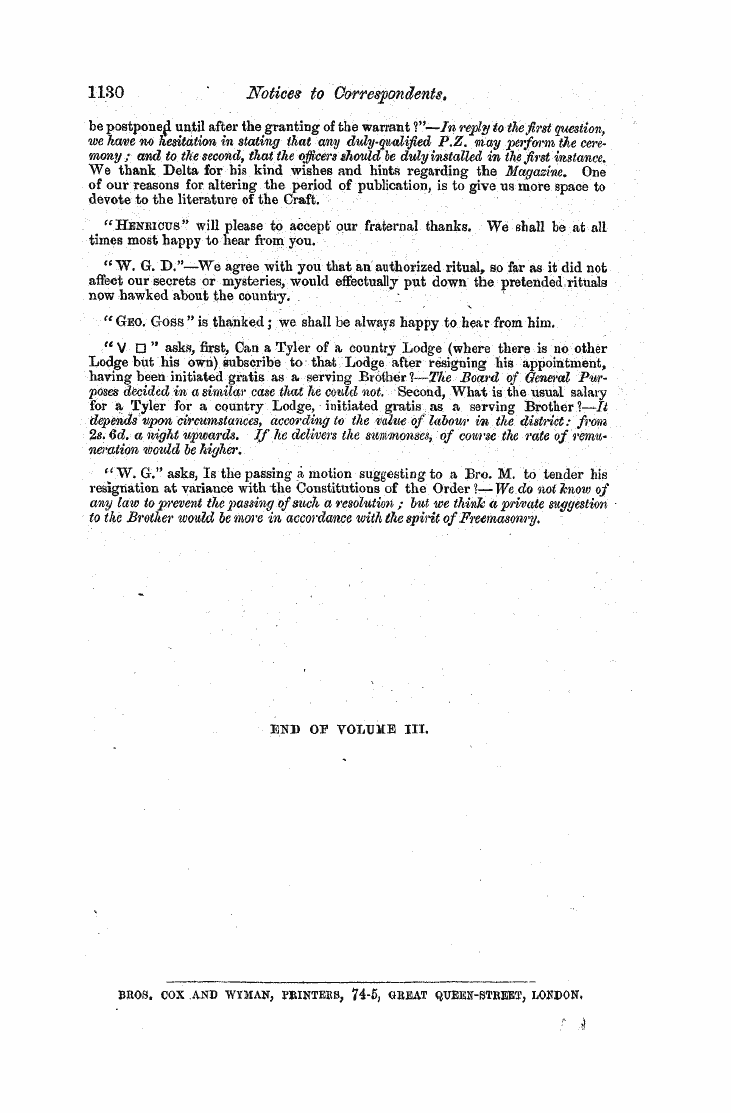-
Articles/Ads
Article SYMBOLISM OP THE SHOCK. Page 1 of 4 →
Note: This text has been automatically extracted via Optical Character Recognition (OCR) software.
Symbolism Op The Shock.
SYMBOLISM OP THE SHOCK .
BY BRO . AIBEET G . MACOJY , M . ID . The word " shock , " as a term applied to a peculiar ceremony of Freemasonry , will , I presume , be familiar to every intelligent Mason
without a minute definition . But though the meaning of the term be known , the signification of its symbolism is , I fear , not generally understood . The ceremony is very general , notwithstanding that in a few lodges , here and there , it may , from ignorance or inadverteiice , be omitted . But since , with all its antiquity and universalityconstituting , as it always has , a part of the ceremonies of initiation .
—it is not alluded to or explained in the ritual or lectures ( except it may be supposed to be included in the general term of " due form , V in common with all other necessary ceremonies ) , the true symbolic meaning which it is intended to convey usually escapes the attention of ^ both the candidate and the lecturer , and no reference is thus made to it in our Masonic teachings .
A distinguished Brother from Minnesota , in a letter on this subject which has been lately received , says : " Whence did it come ?—what is its object ?—should it be practised ? " And he [ adds , what will b ^ an evidence of its universality , " I was so made , and my Master had practised it for forty years , as he informed me—but why p "
These questions are entirely relevant , for , as the same Brother very truly remarks , " No ceremony can be of importance , or should be practised , for which a good reason cannot be assigned . " To answer these questions , and to present such views of the ceremony of the sTioclc as will lead to a proper appreciation of its
symbolical design , is the purpose of the present article . Care must , of course , be taken , in the treatment of all such topics , that no public remarks shall intrench upon the necessary secrecy of the ritual . But I trust that , with thoughtful attention , every Masonic reader will readily understand the allusions that may be made ; while , to the profane and uninitiated , they must , of course , be unintelligible .
The sJiooJc is performed , in each of the symbolic degrees , at the moment when the candidate is enlightened . It is also performed , but then in the 1 st Degree only , at the time of entrance . Each of these ceremonies , which I propose to designate as the Slwch of Mnli ' qhtcmnent and the Shock of Entrance , is possessed of a different
symbolic signification . I shall , therefore have to treat of each separately . 1 . The Shock of Entrance . This , as 1 ms already been observed , is a ceremony peculiar to the 1 st Degree , It is never repeated in the 2 nd or 3 rd , The reason of this distinction will hereafter be
Note: This text has been automatically extracted via Optical Character Recognition (OCR) software.
Symbolism Op The Shock.
SYMBOLISM OP THE SHOCK .
BY BRO . AIBEET G . MACOJY , M . ID . The word " shock , " as a term applied to a peculiar ceremony of Freemasonry , will , I presume , be familiar to every intelligent Mason
without a minute definition . But though the meaning of the term be known , the signification of its symbolism is , I fear , not generally understood . The ceremony is very general , notwithstanding that in a few lodges , here and there , it may , from ignorance or inadverteiice , be omitted . But since , with all its antiquity and universalityconstituting , as it always has , a part of the ceremonies of initiation .
—it is not alluded to or explained in the ritual or lectures ( except it may be supposed to be included in the general term of " due form , V in common with all other necessary ceremonies ) , the true symbolic meaning which it is intended to convey usually escapes the attention of ^ both the candidate and the lecturer , and no reference is thus made to it in our Masonic teachings .
A distinguished Brother from Minnesota , in a letter on this subject which has been lately received , says : " Whence did it come ?—what is its object ?—should it be practised ? " And he [ adds , what will b ^ an evidence of its universality , " I was so made , and my Master had practised it for forty years , as he informed me—but why p "
These questions are entirely relevant , for , as the same Brother very truly remarks , " No ceremony can be of importance , or should be practised , for which a good reason cannot be assigned . " To answer these questions , and to present such views of the ceremony of the sTioclc as will lead to a proper appreciation of its
symbolical design , is the purpose of the present article . Care must , of course , be taken , in the treatment of all such topics , that no public remarks shall intrench upon the necessary secrecy of the ritual . But I trust that , with thoughtful attention , every Masonic reader will readily understand the allusions that may be made ; while , to the profane and uninitiated , they must , of course , be unintelligible .
The sJiooJc is performed , in each of the symbolic degrees , at the moment when the candidate is enlightened . It is also performed , but then in the 1 st Degree only , at the time of entrance . Each of these ceremonies , which I propose to designate as the Slwch of Mnli ' qhtcmnent and the Shock of Entrance , is possessed of a different
symbolic signification . I shall , therefore have to treat of each separately . 1 . The Shock of Entrance . This , as 1 ms already been observed , is a ceremony peculiar to the 1 st Degree , It is never repeated in the 2 nd or 3 rd , The reason of this distinction will hereafter be
































































